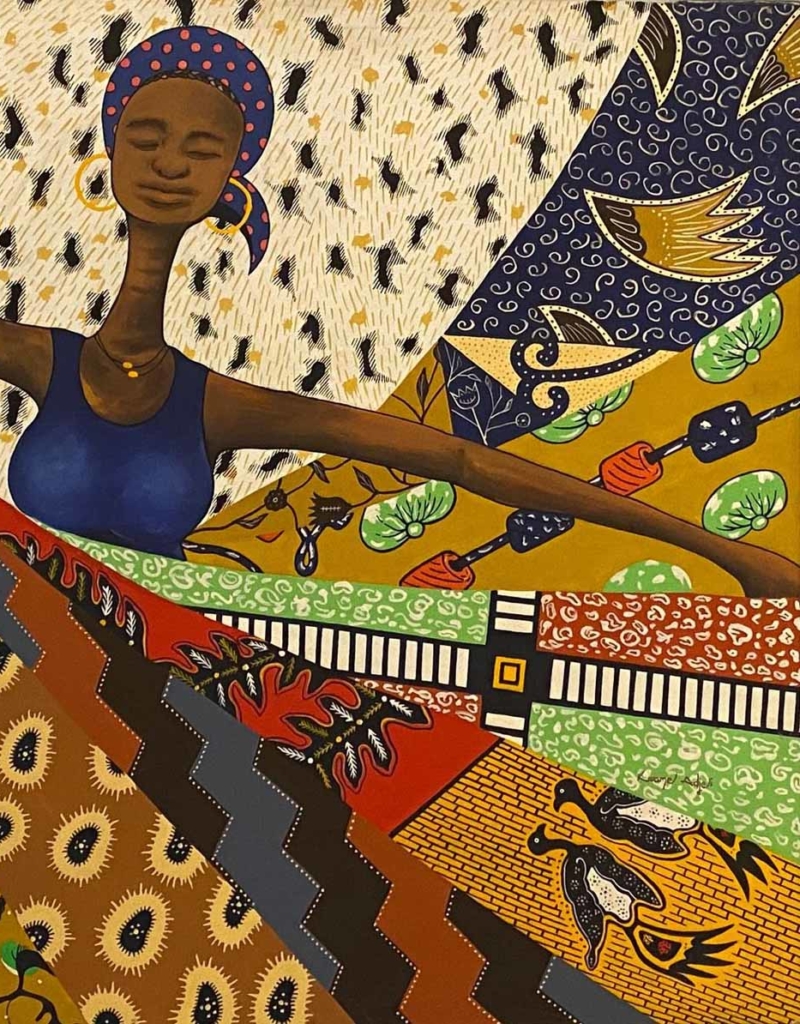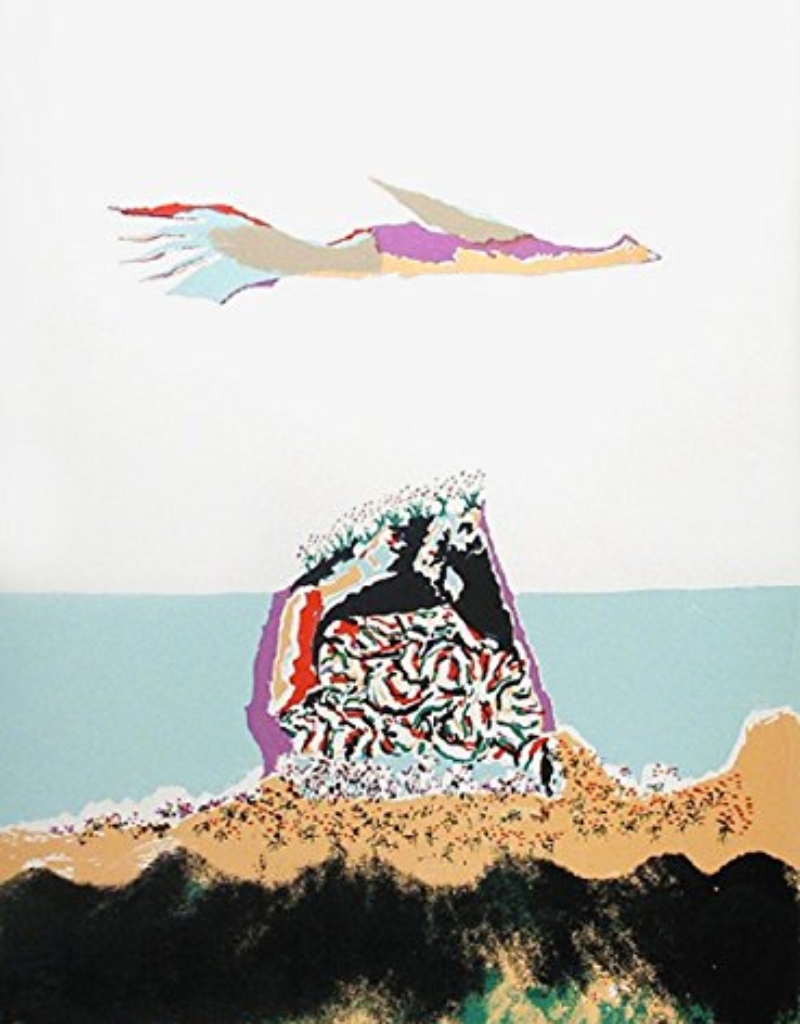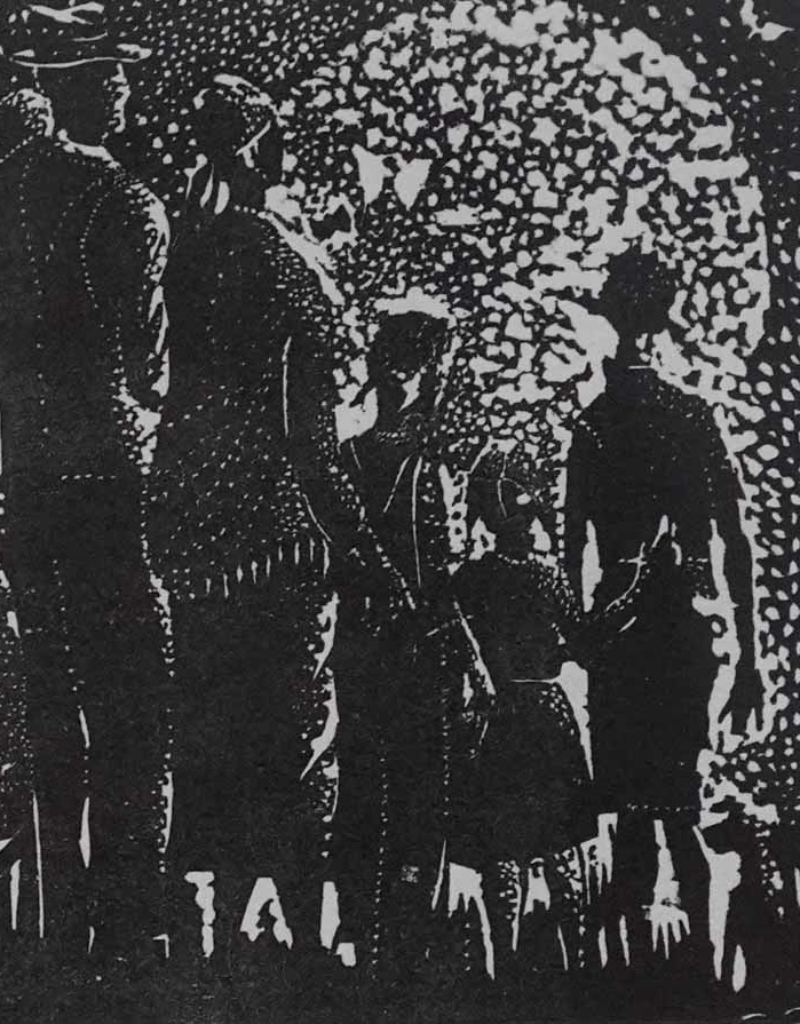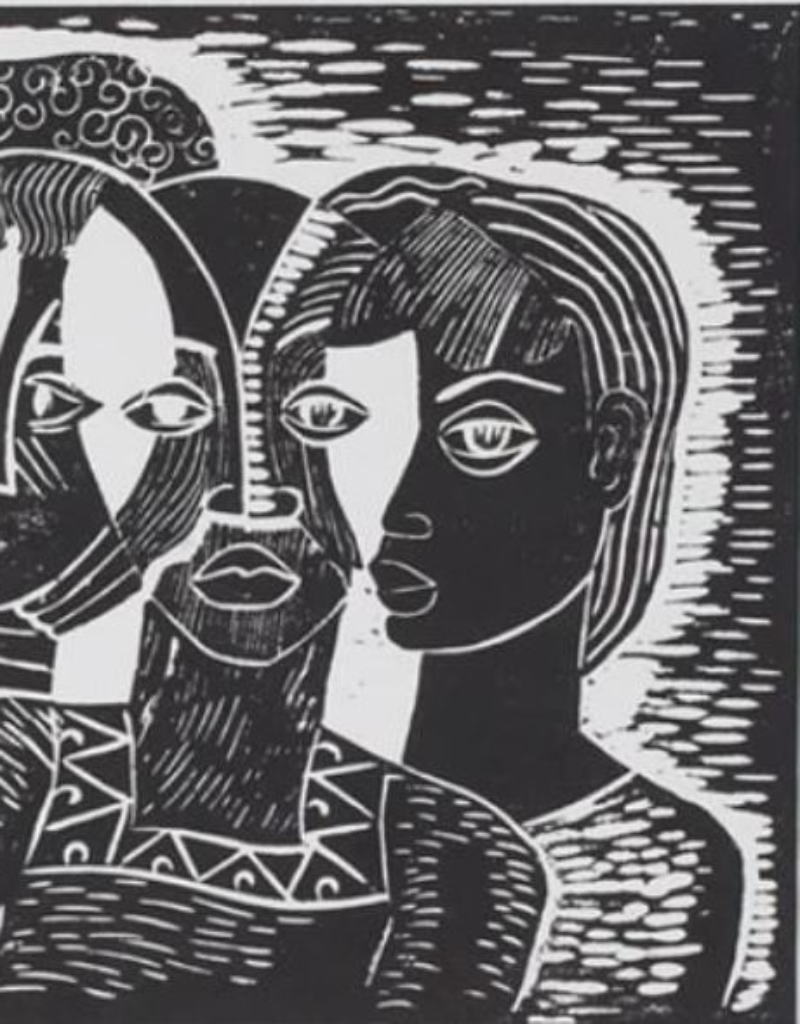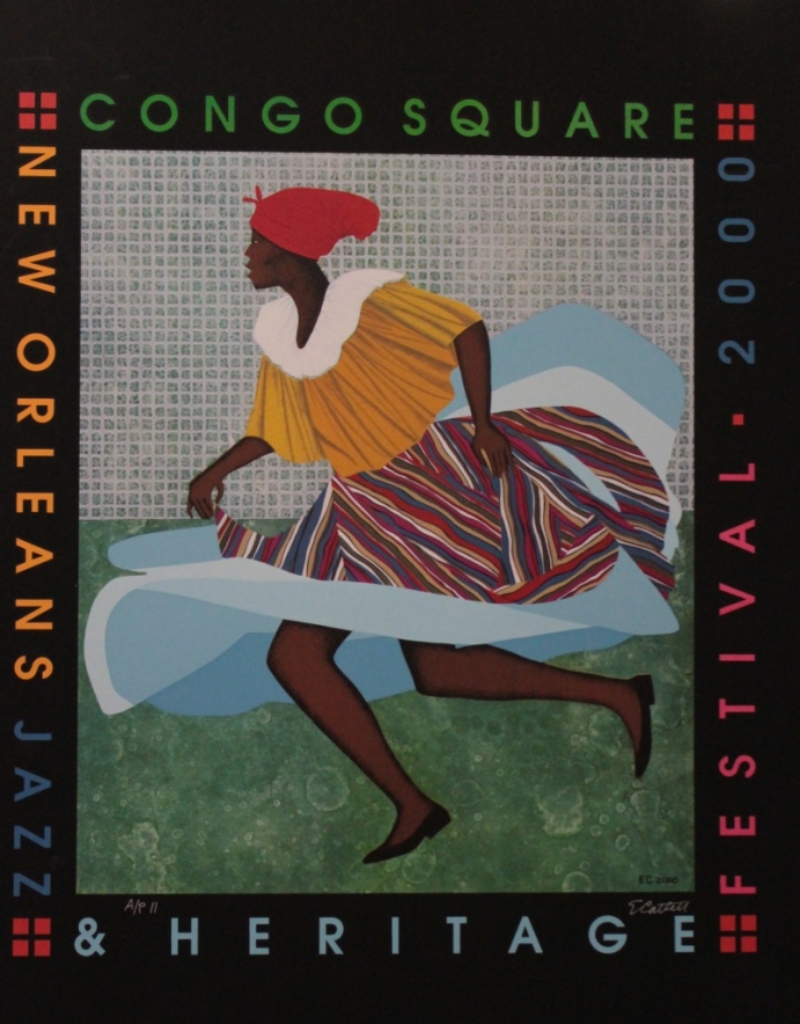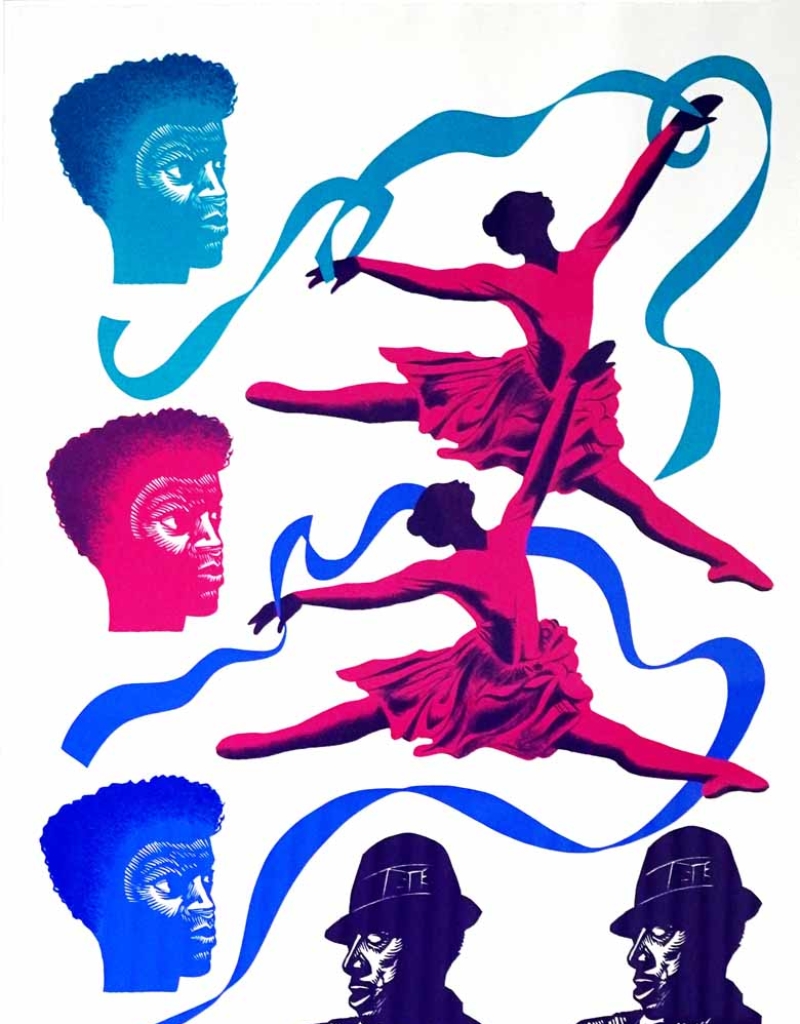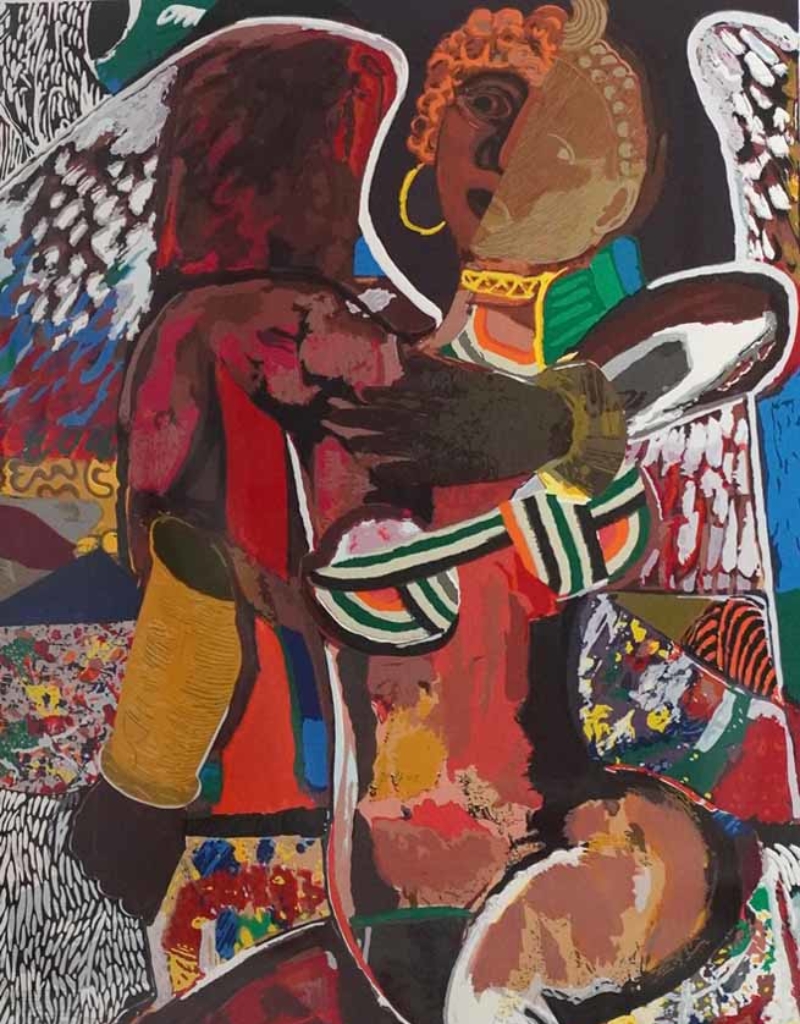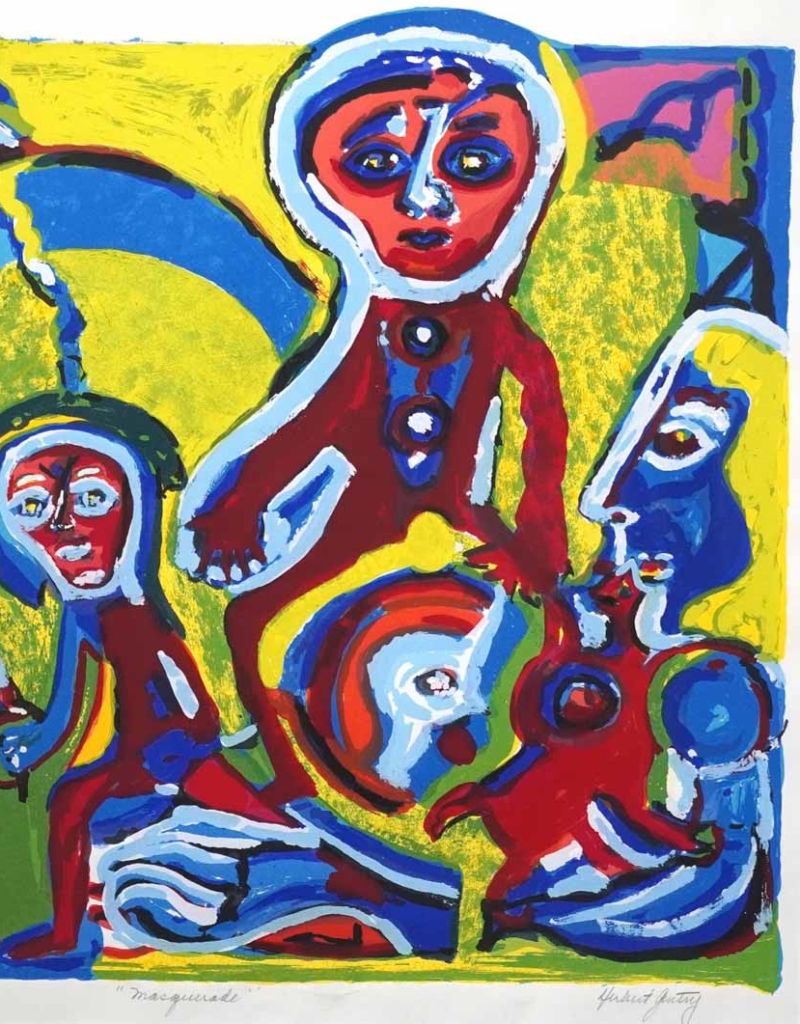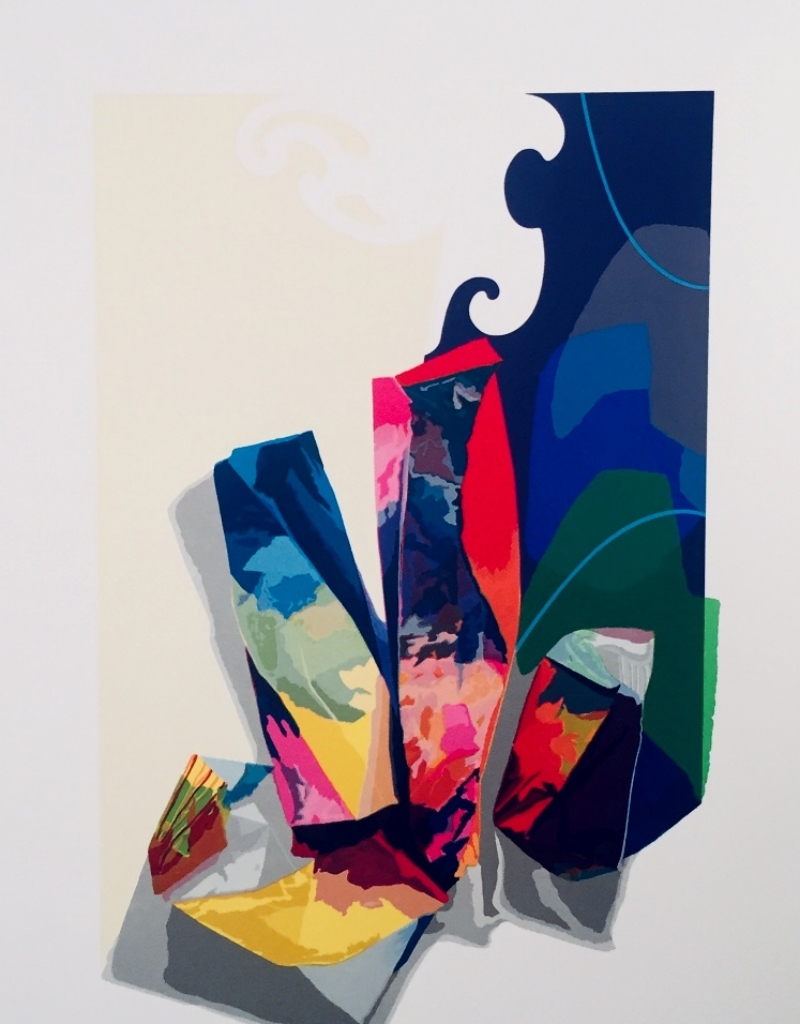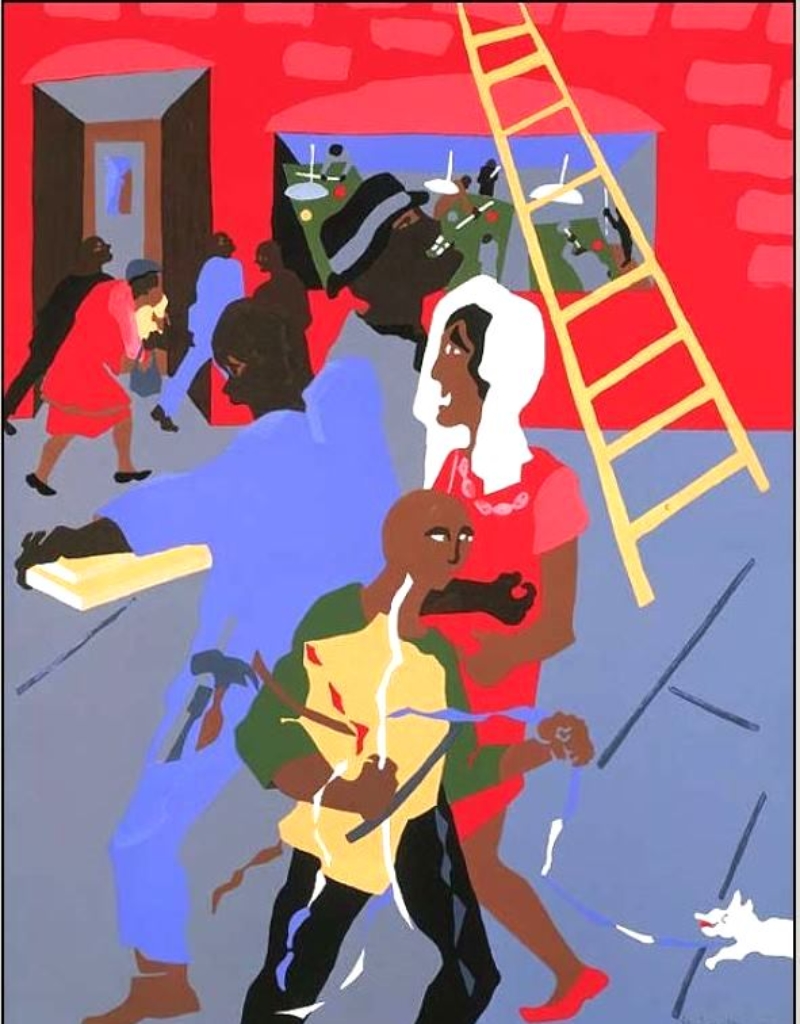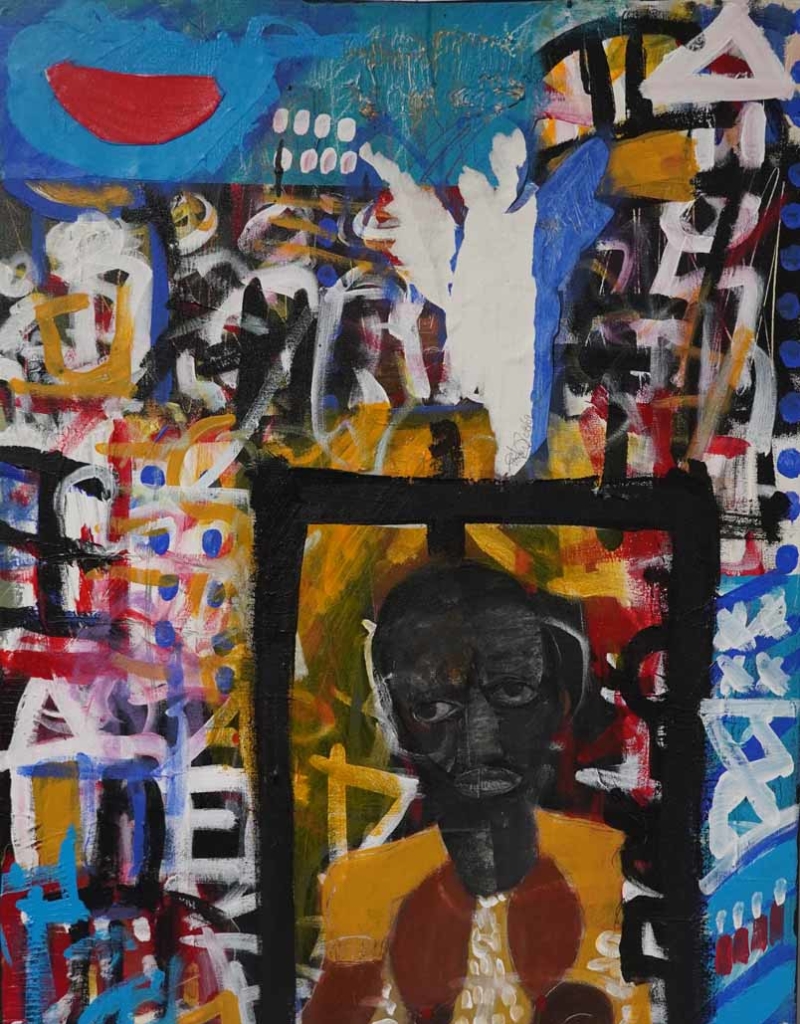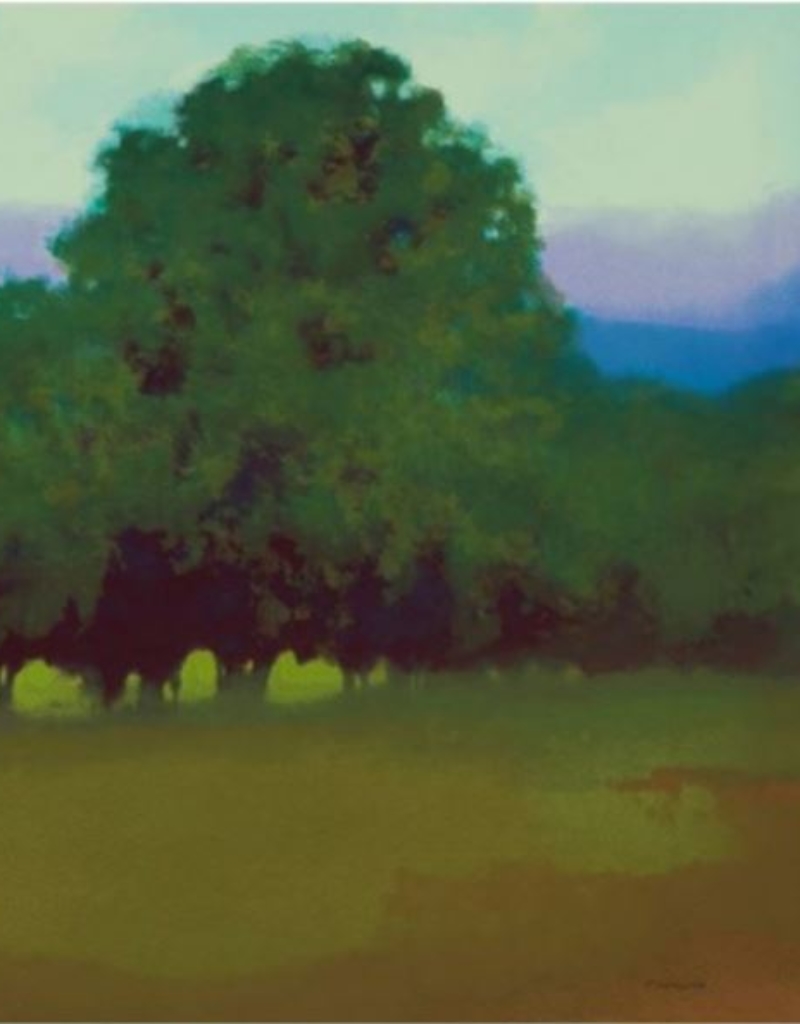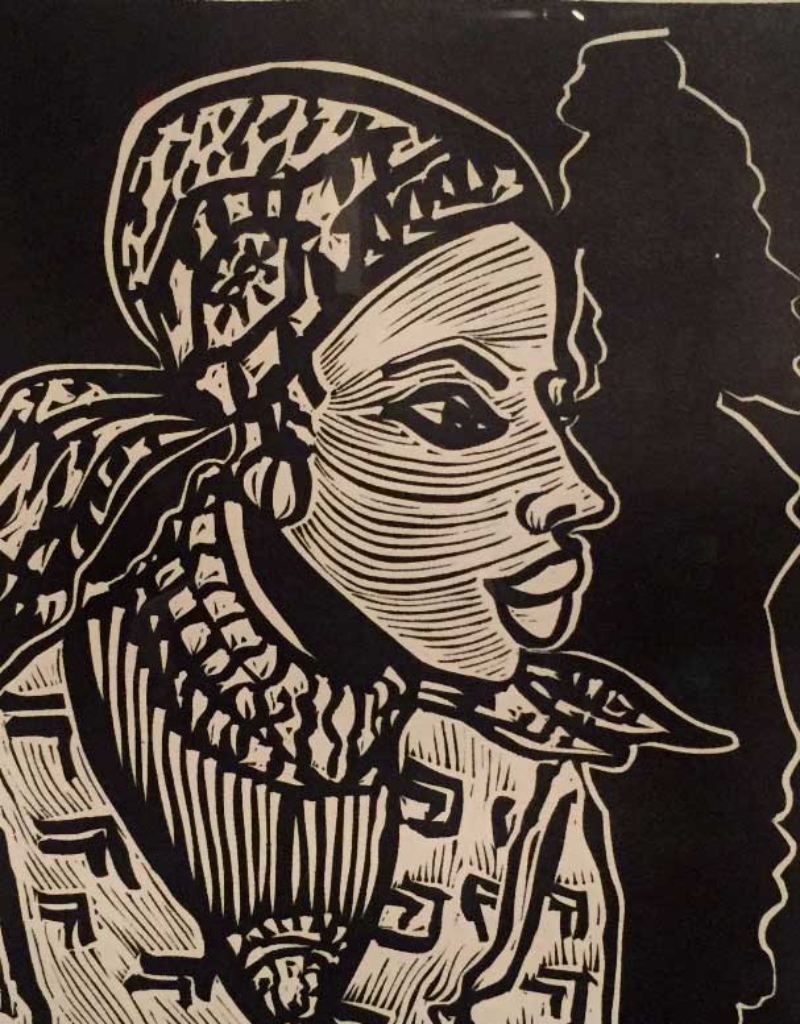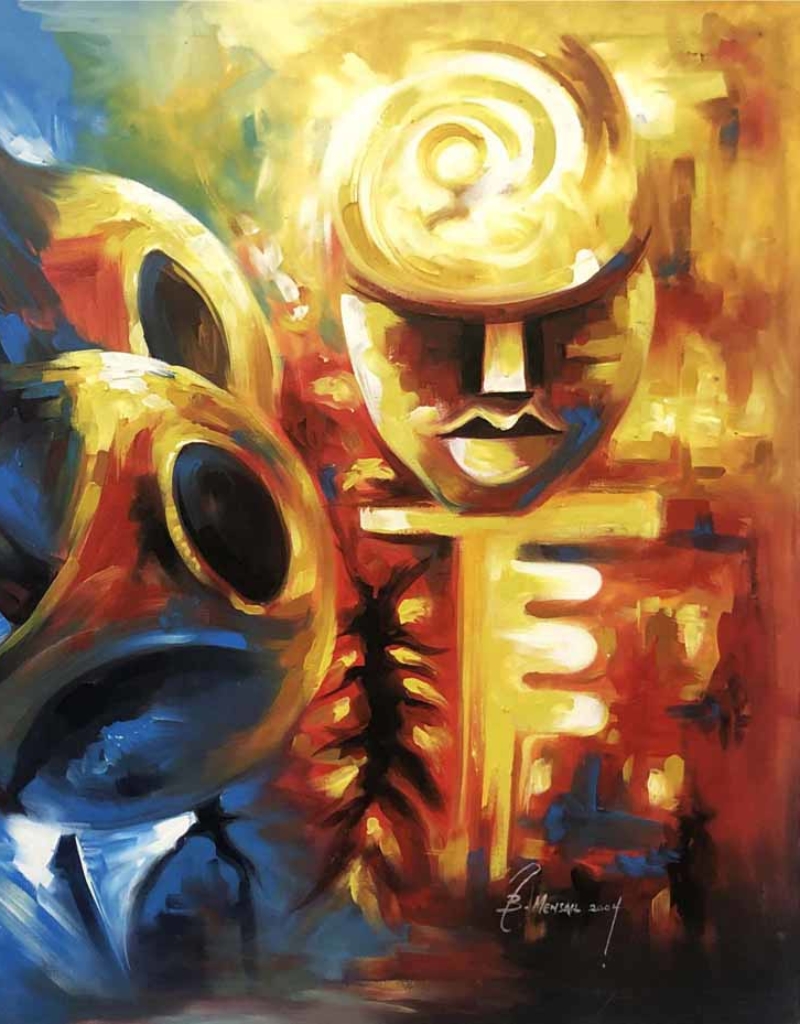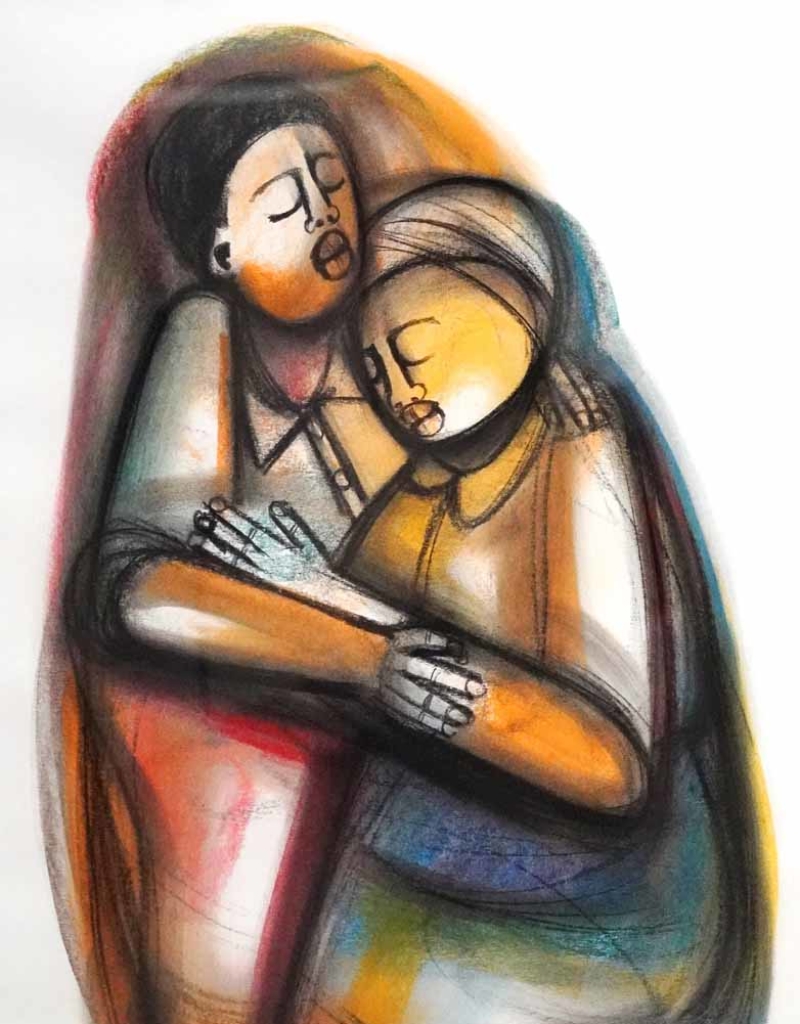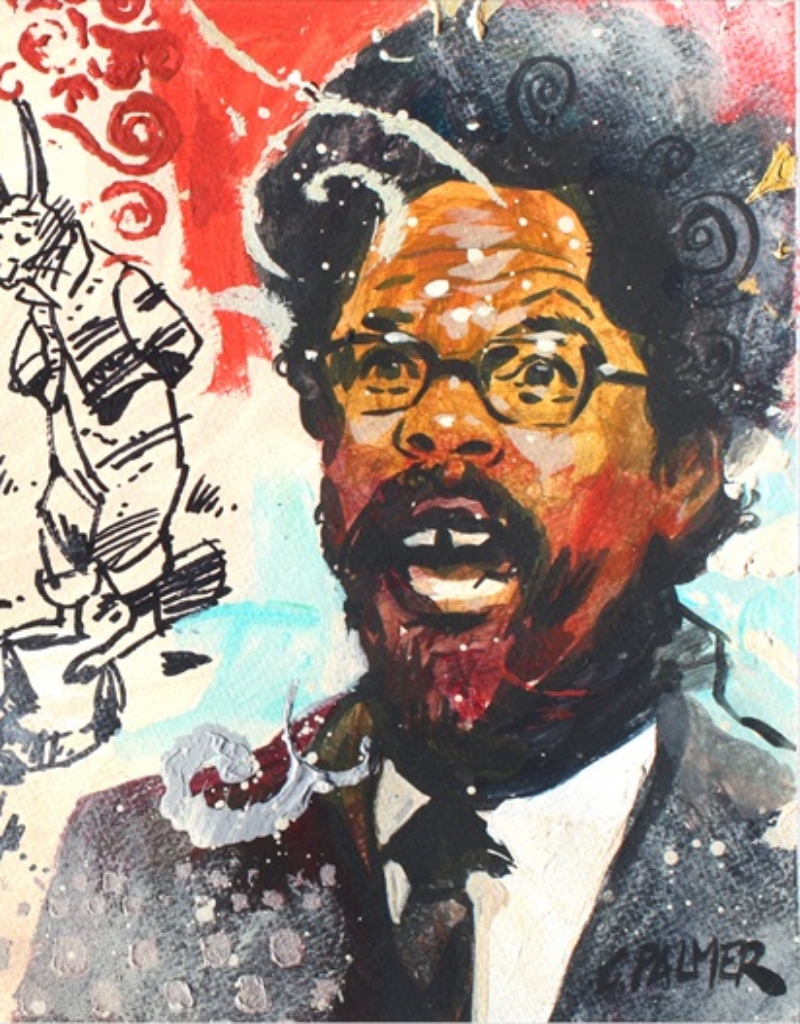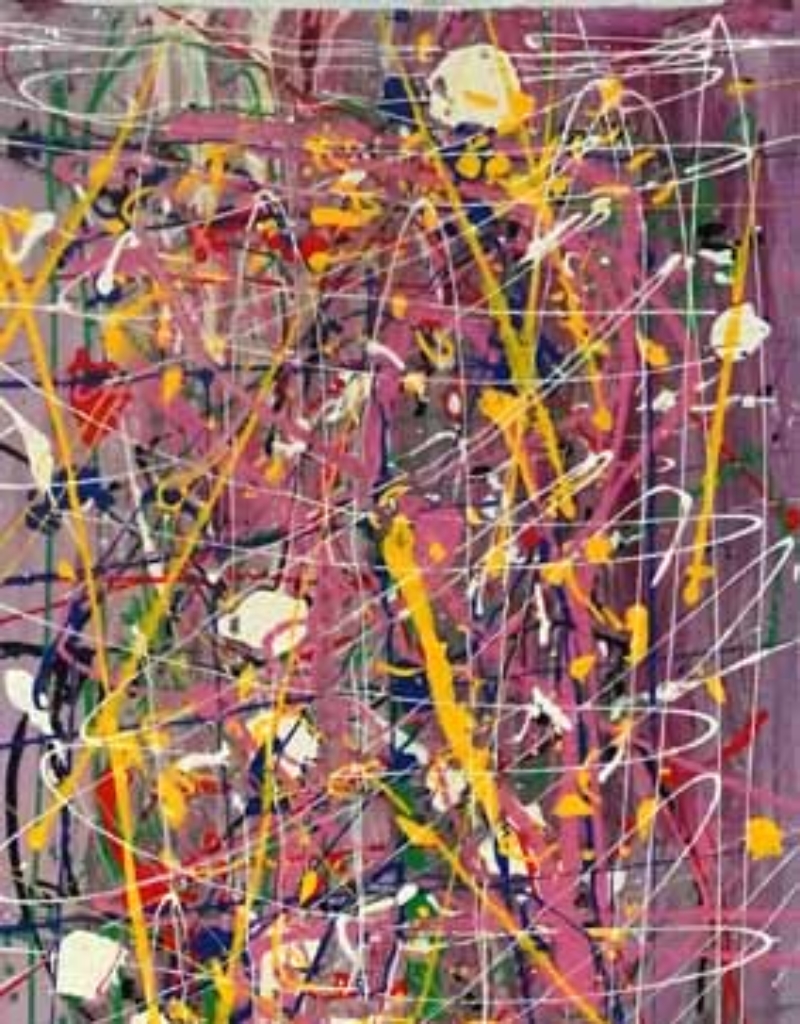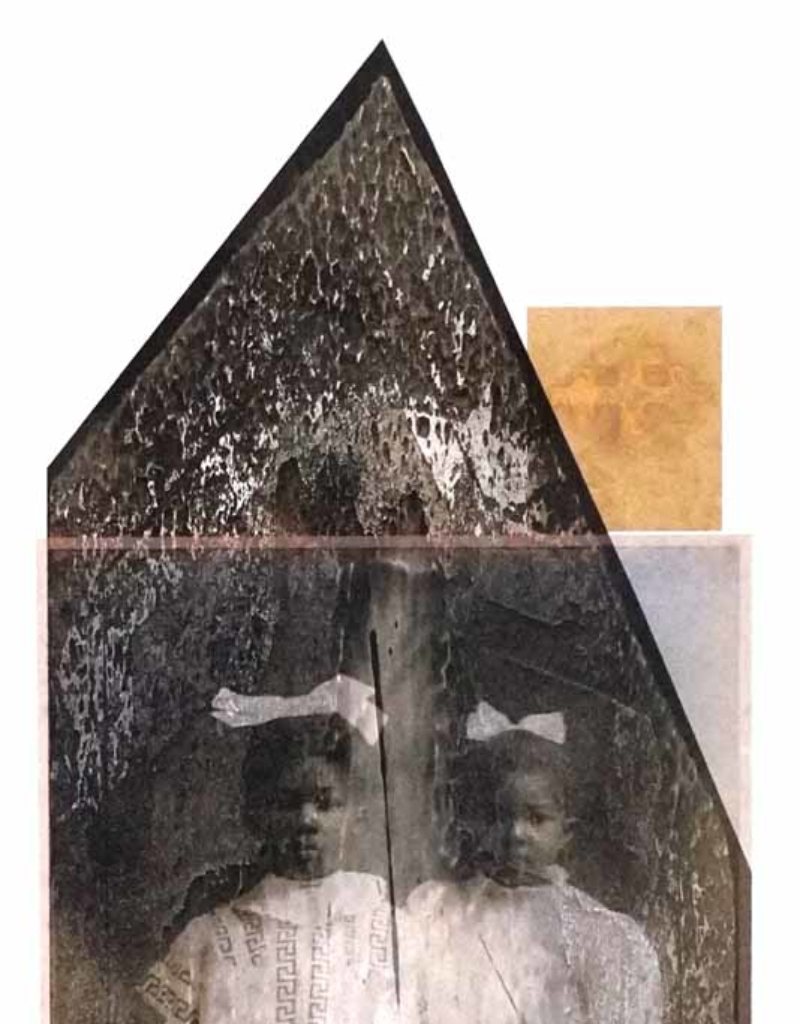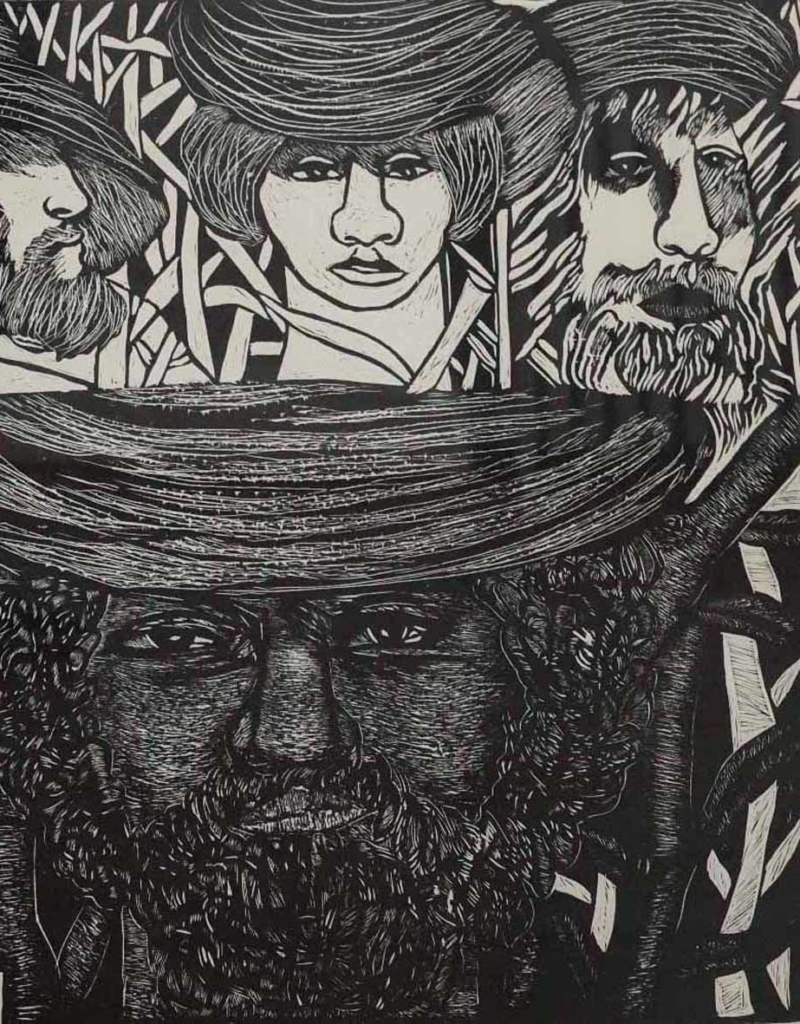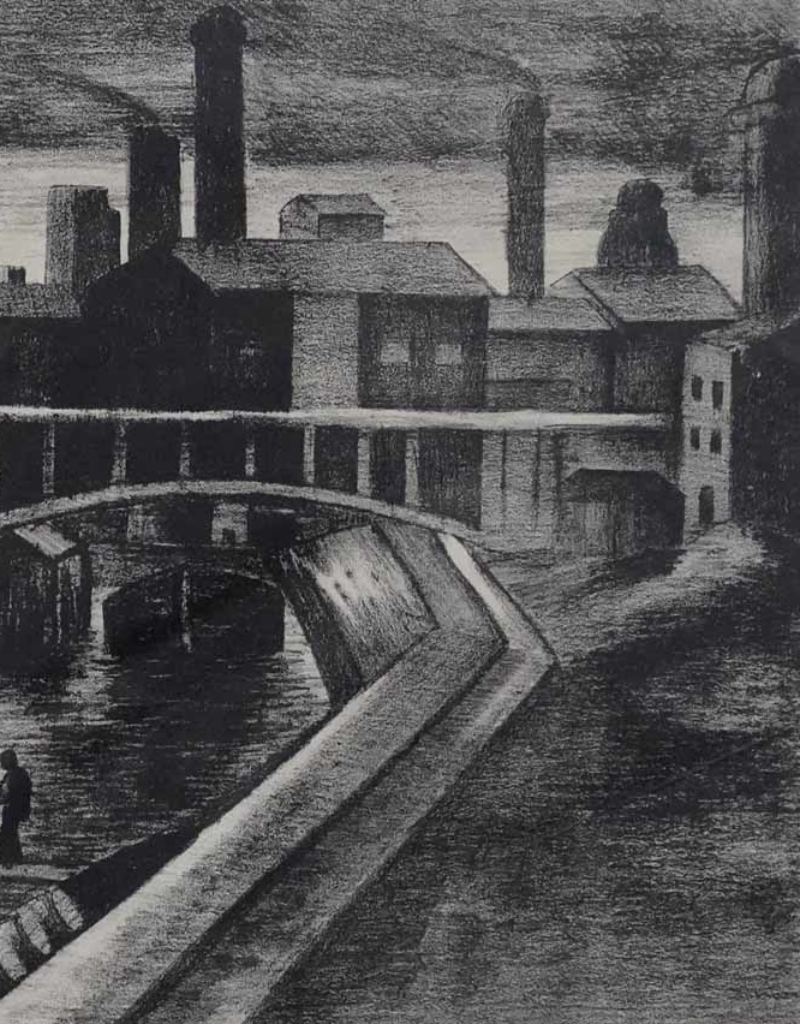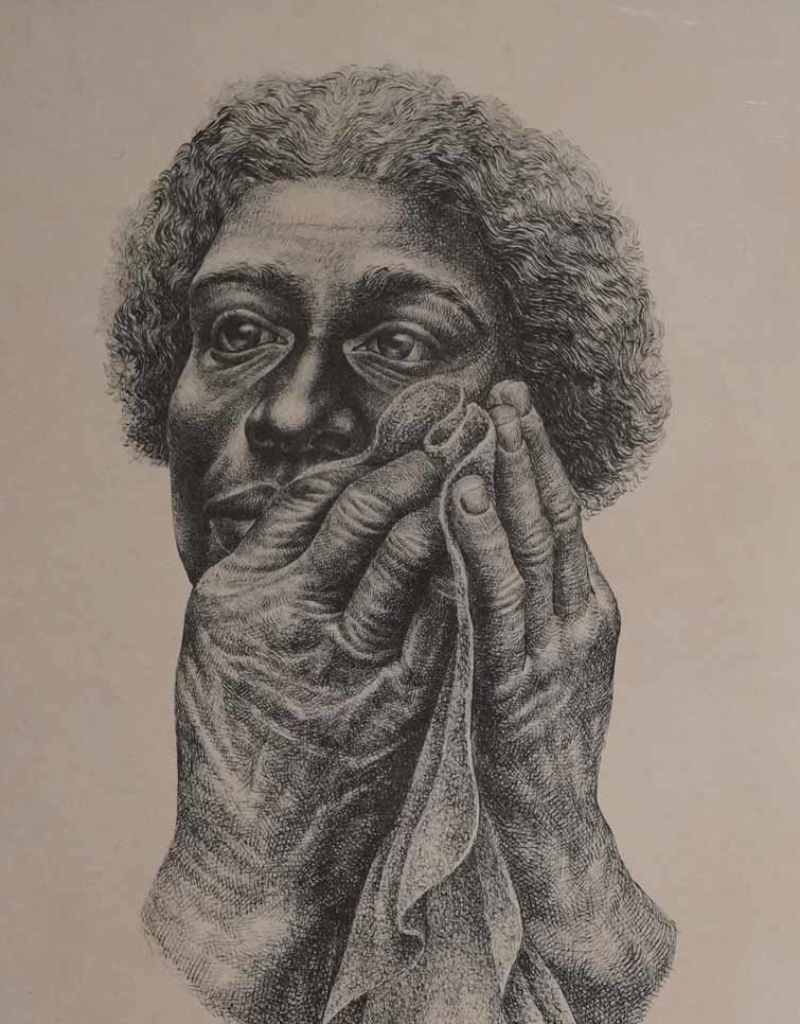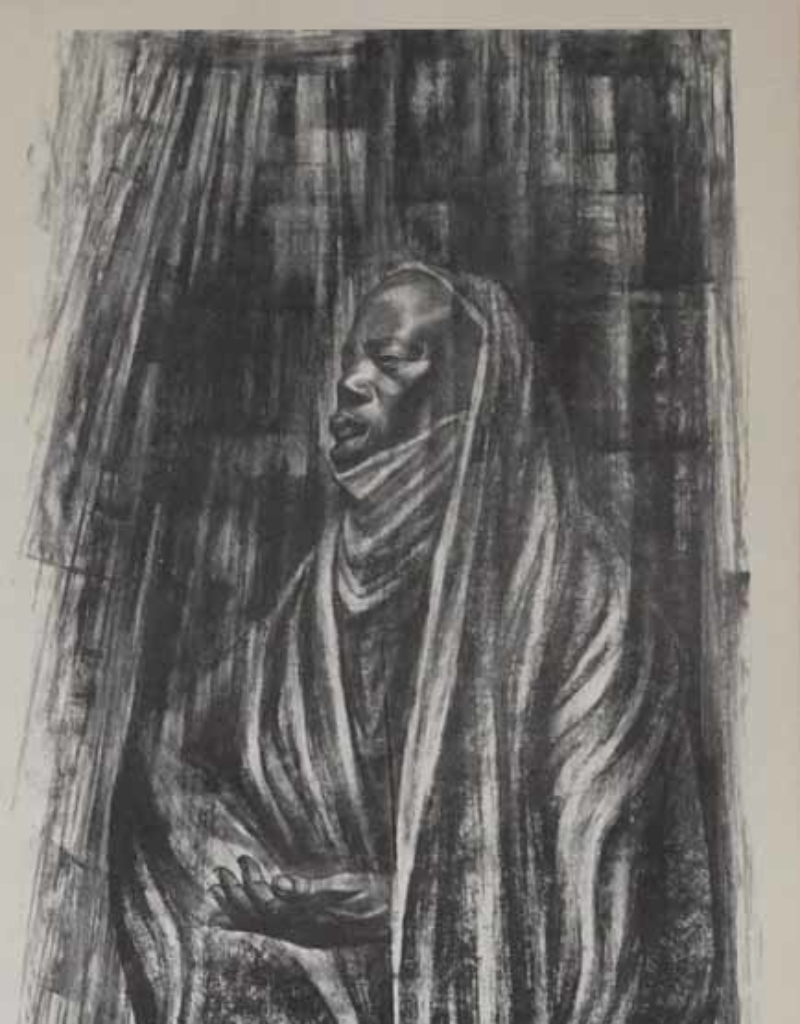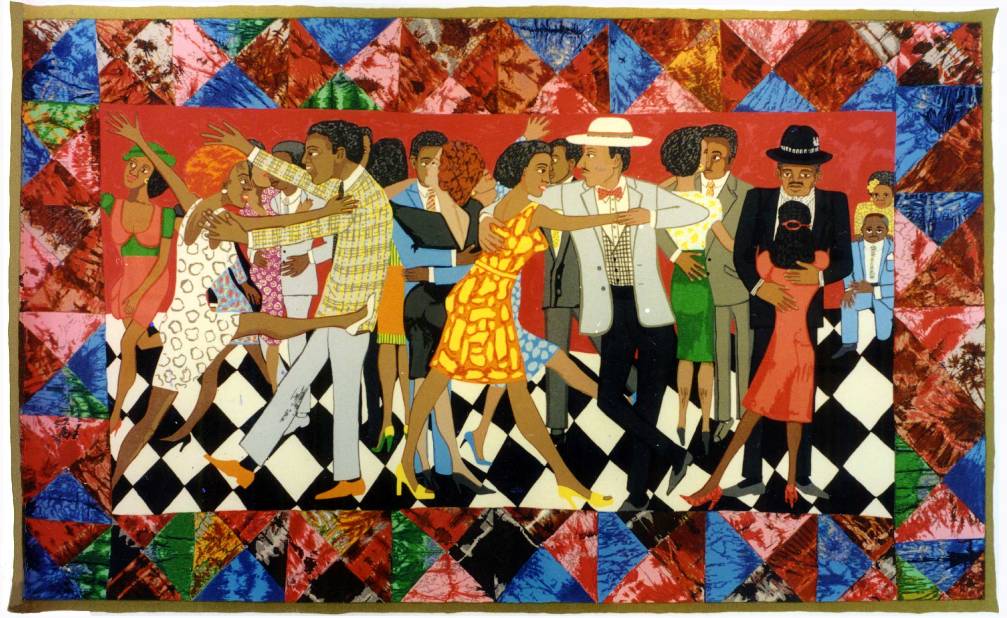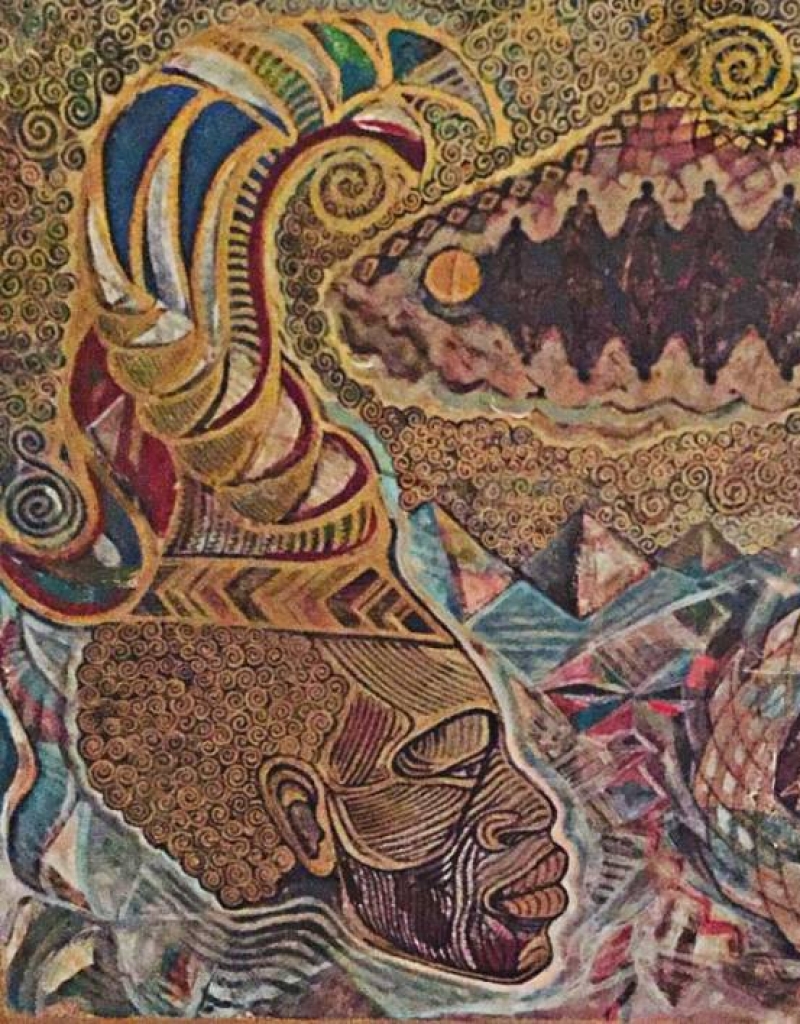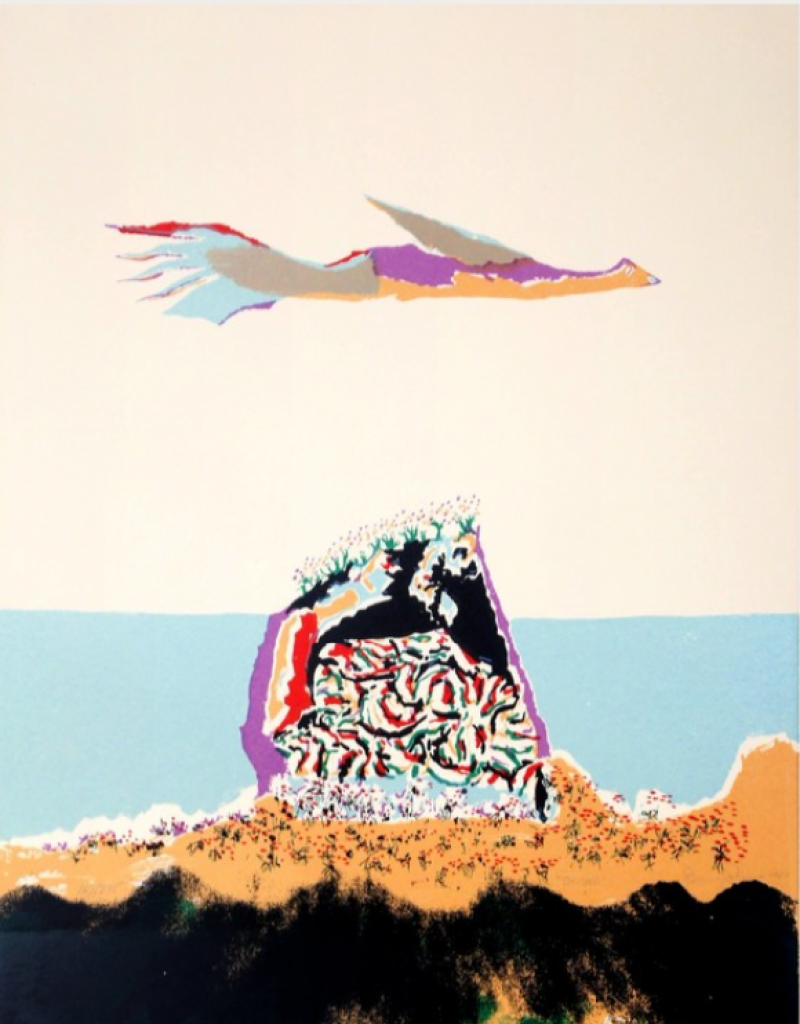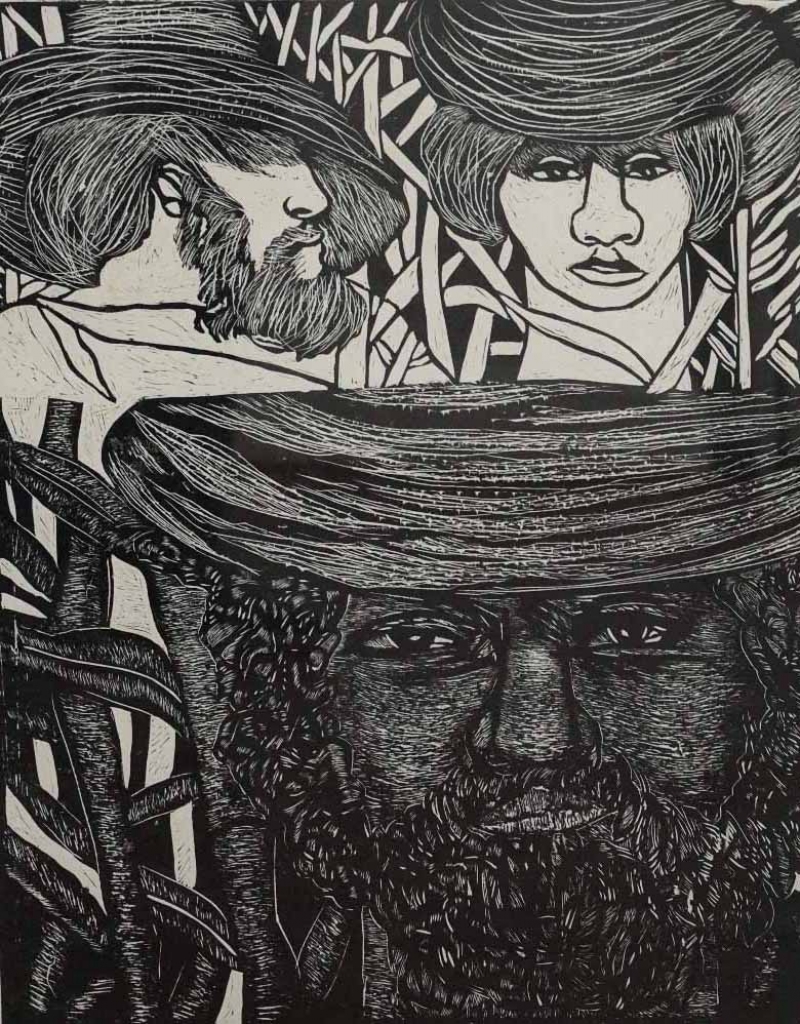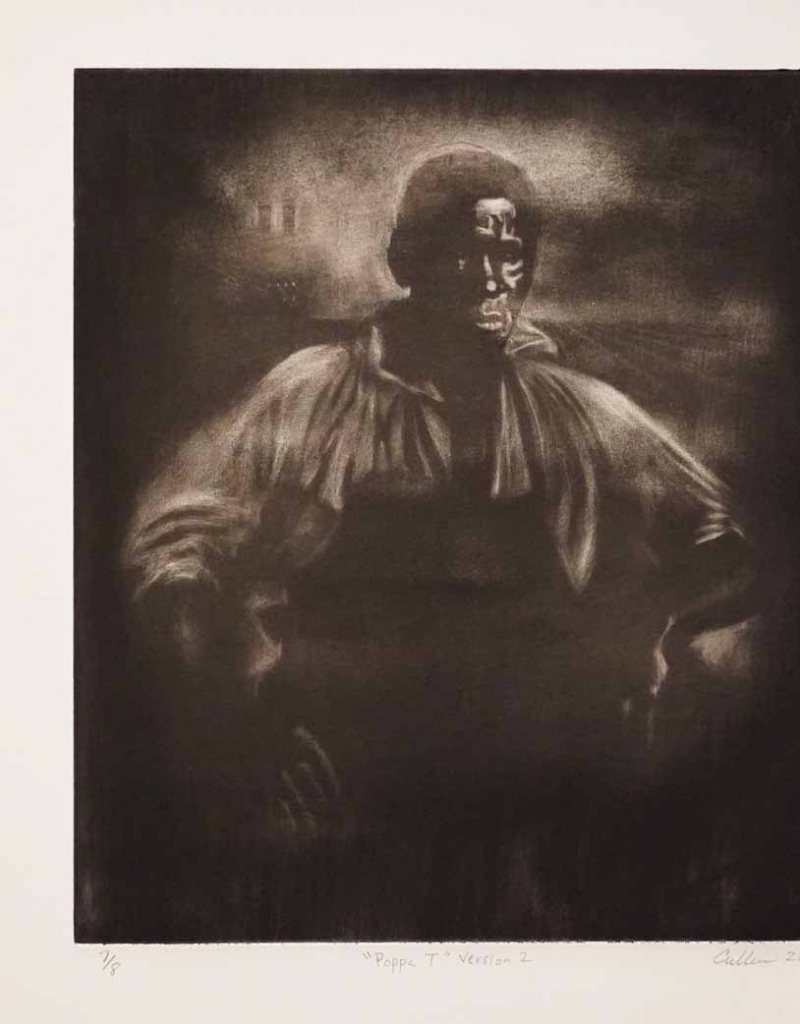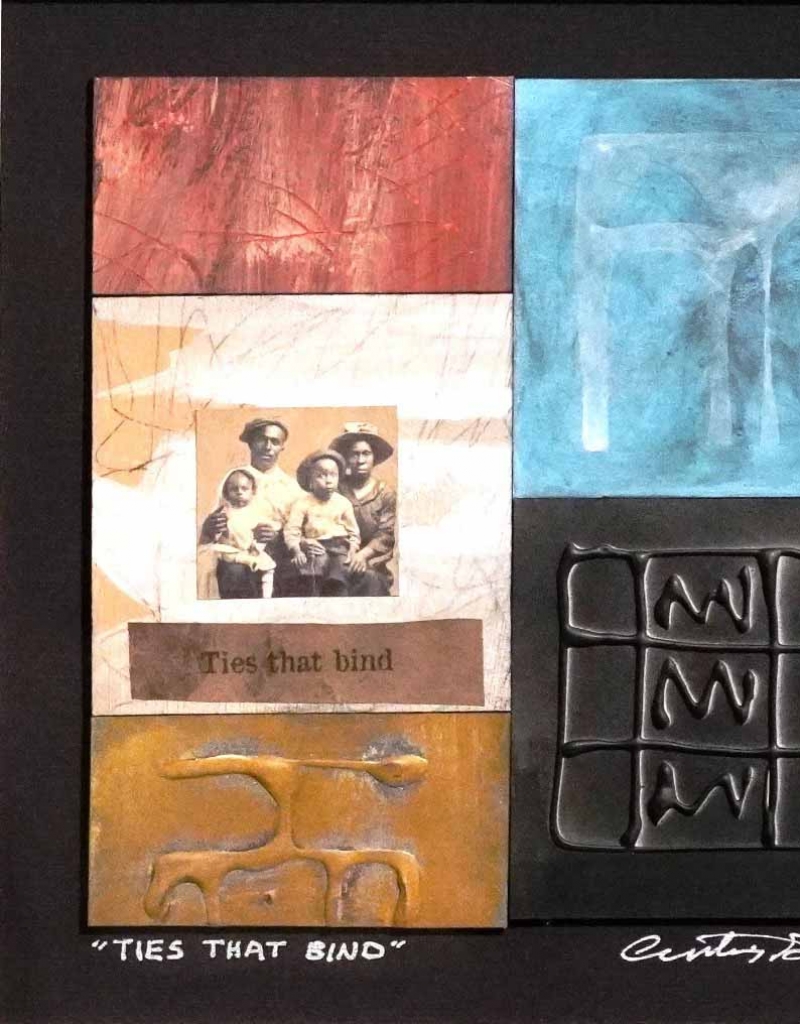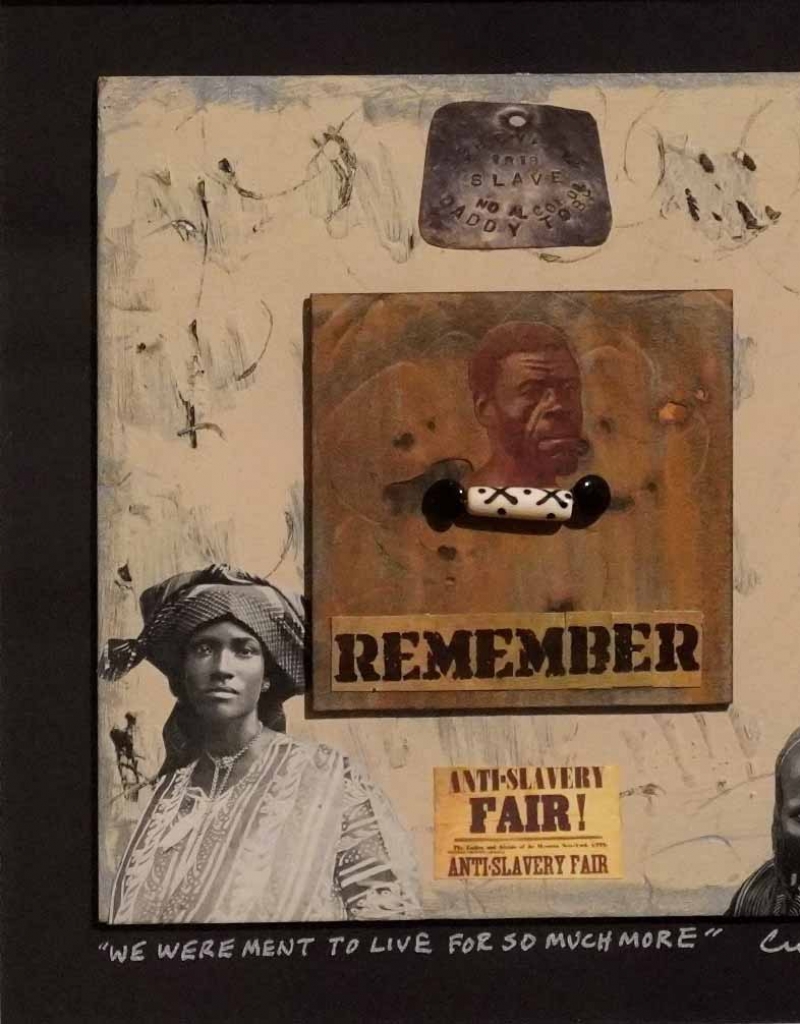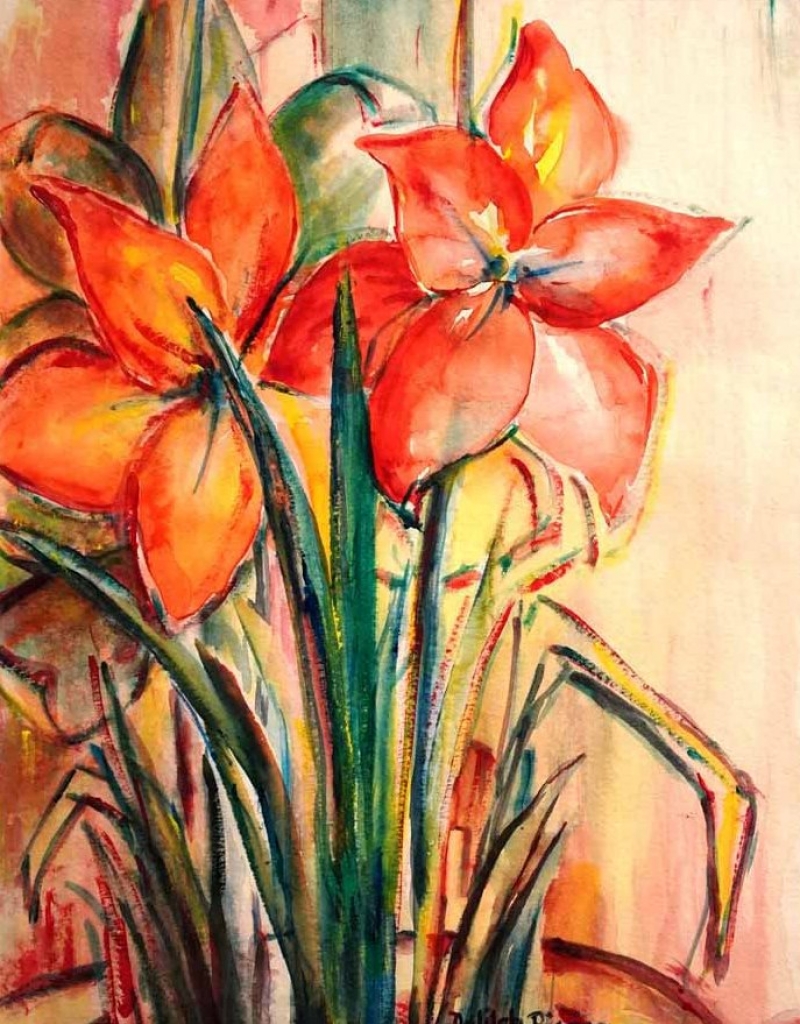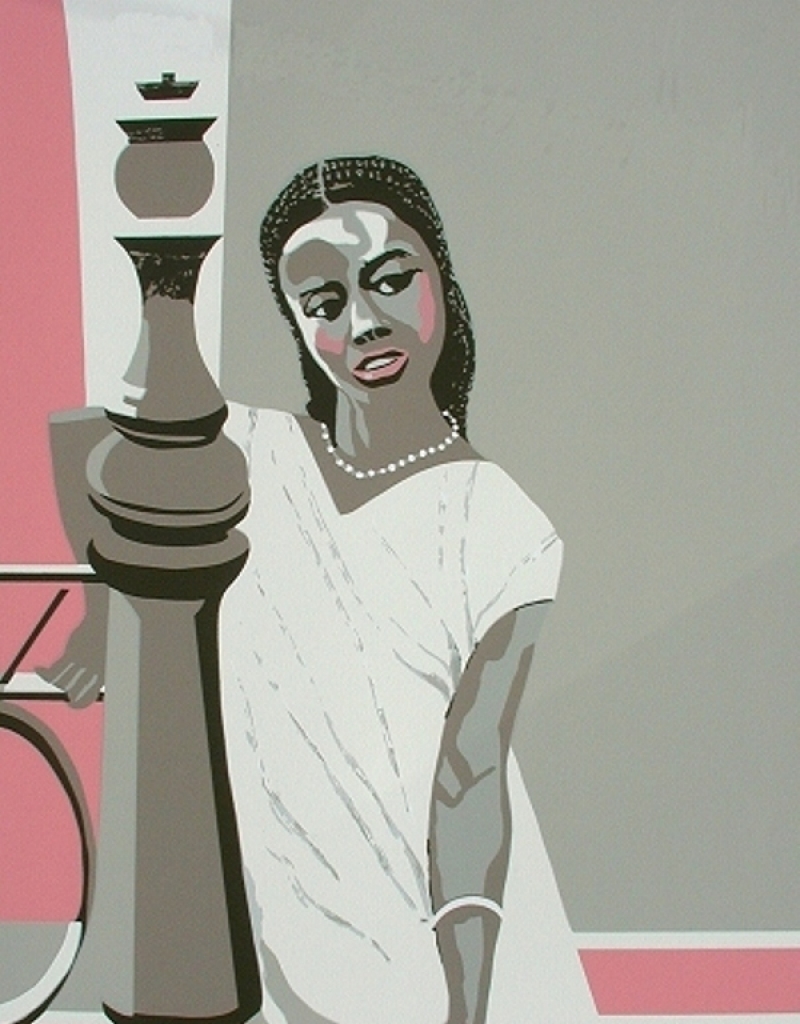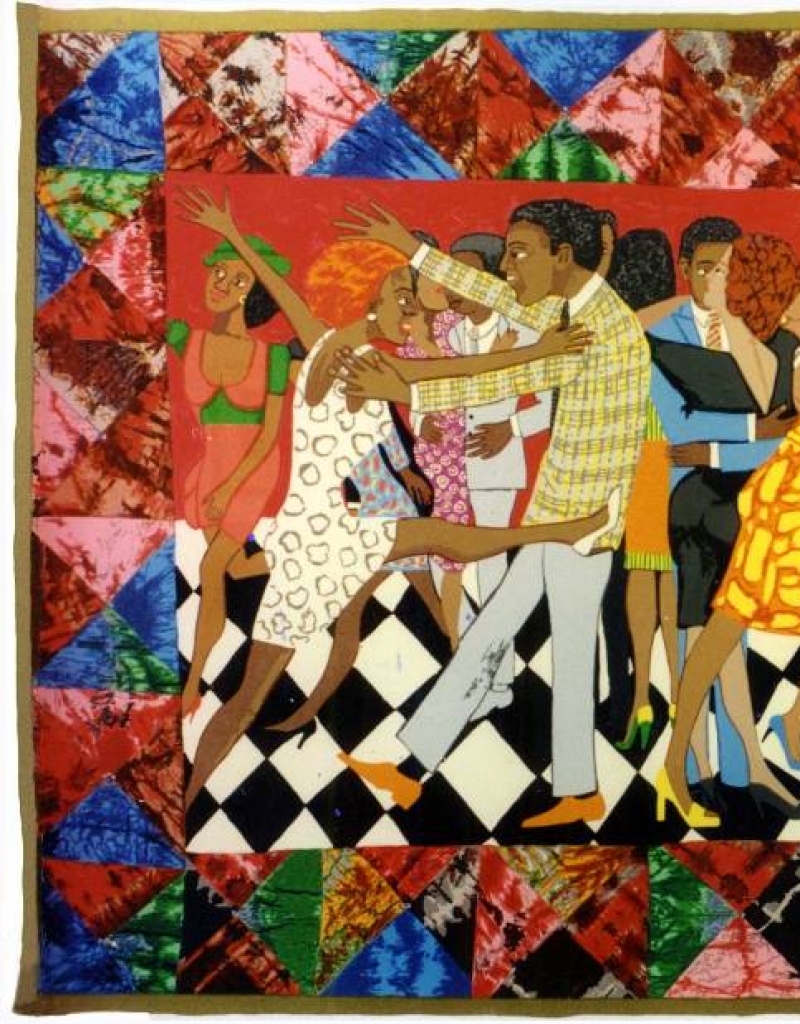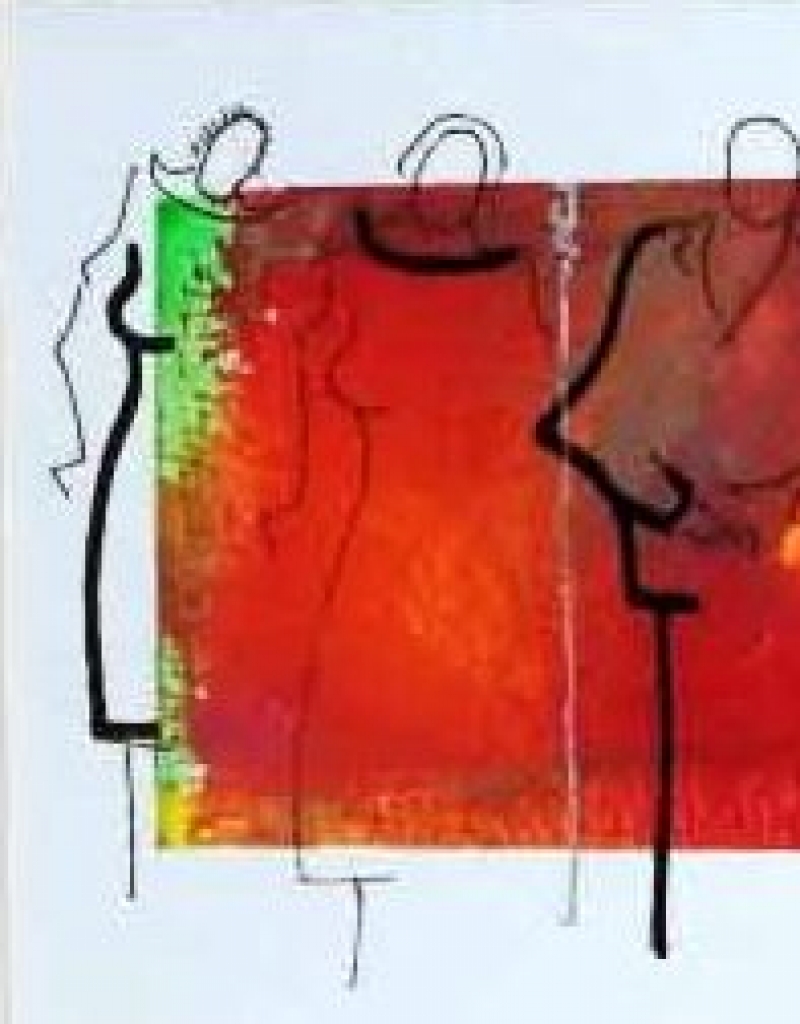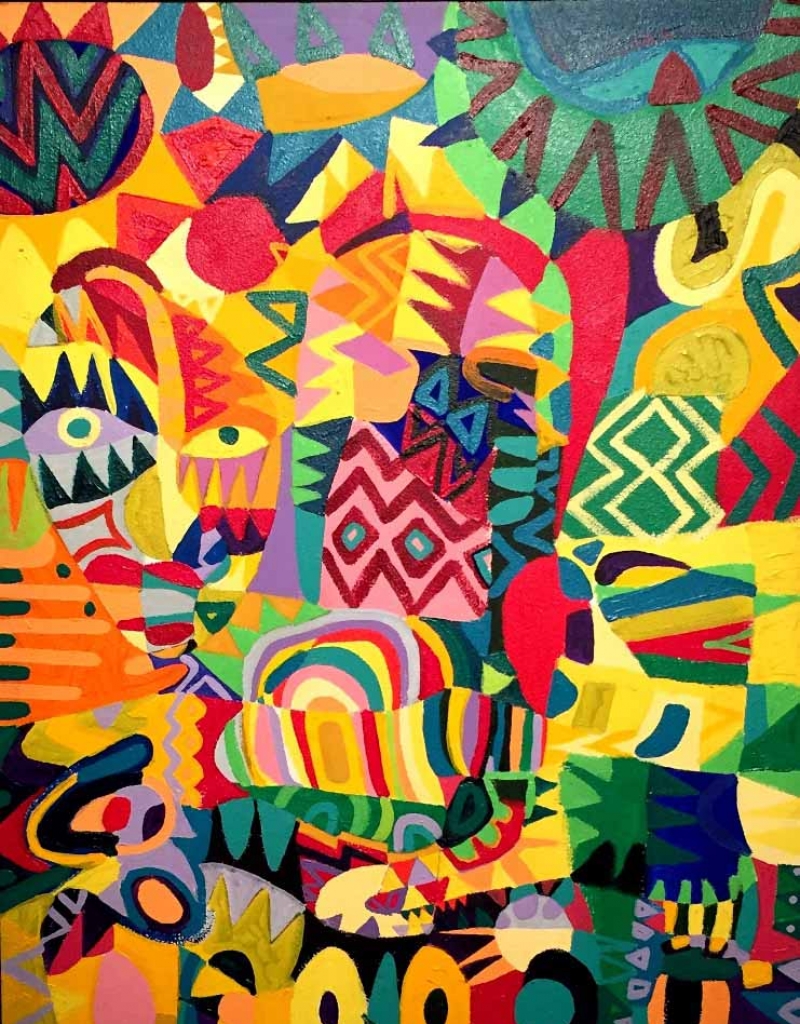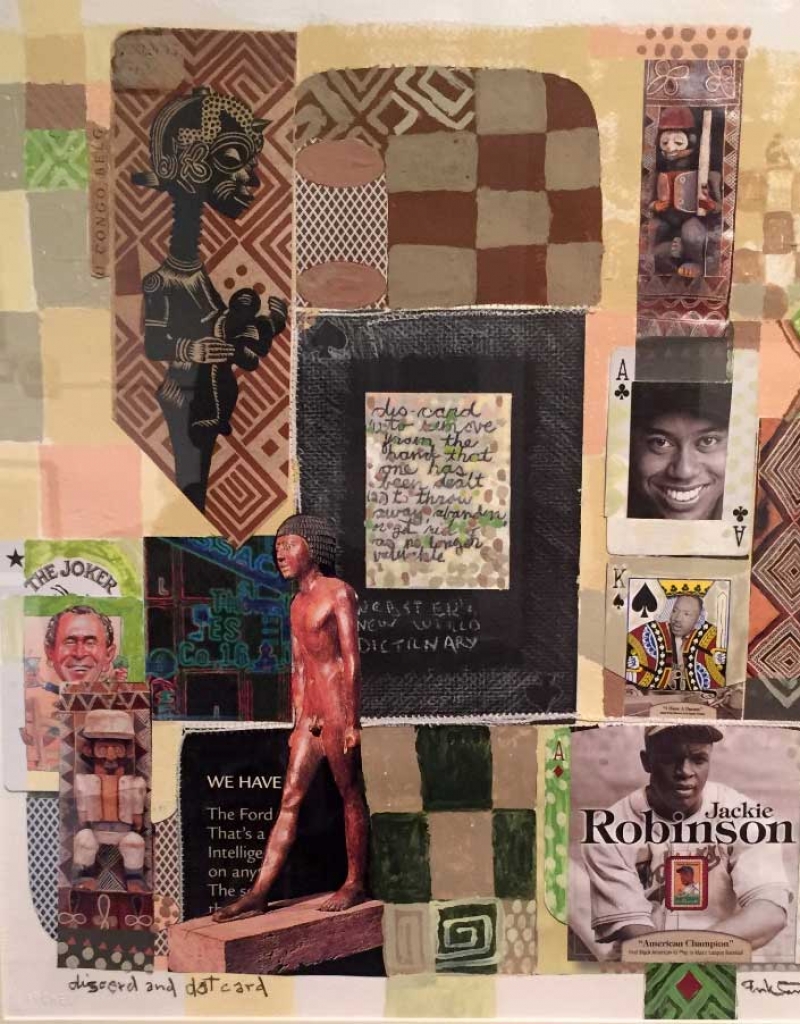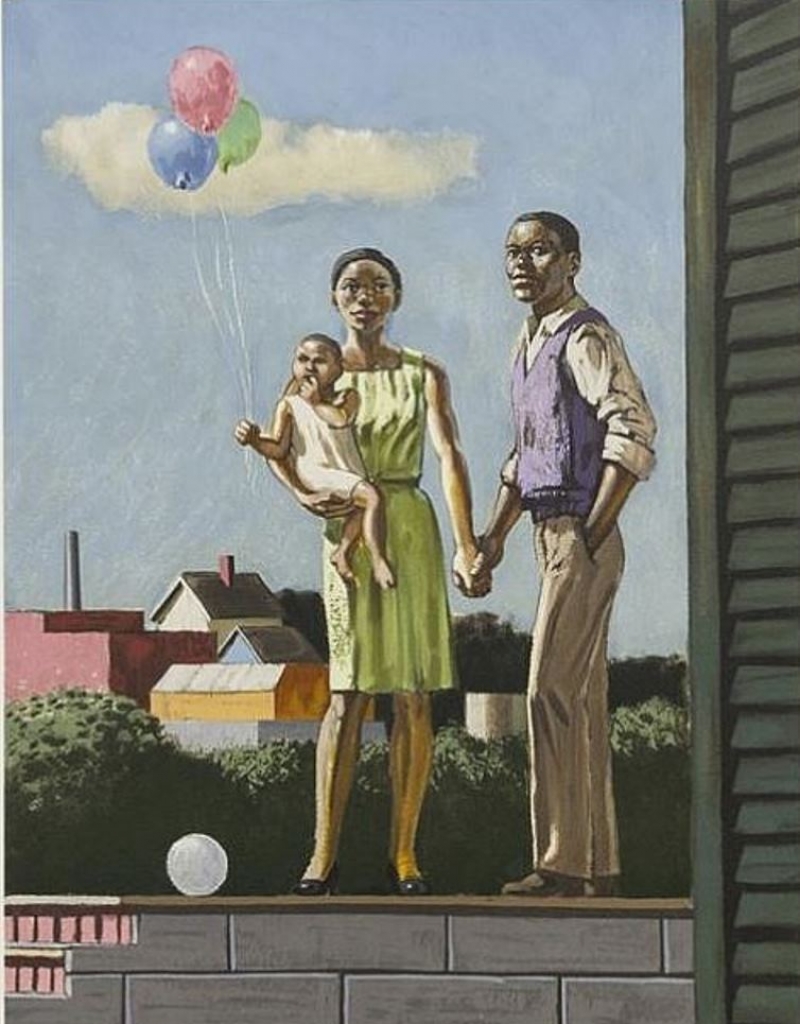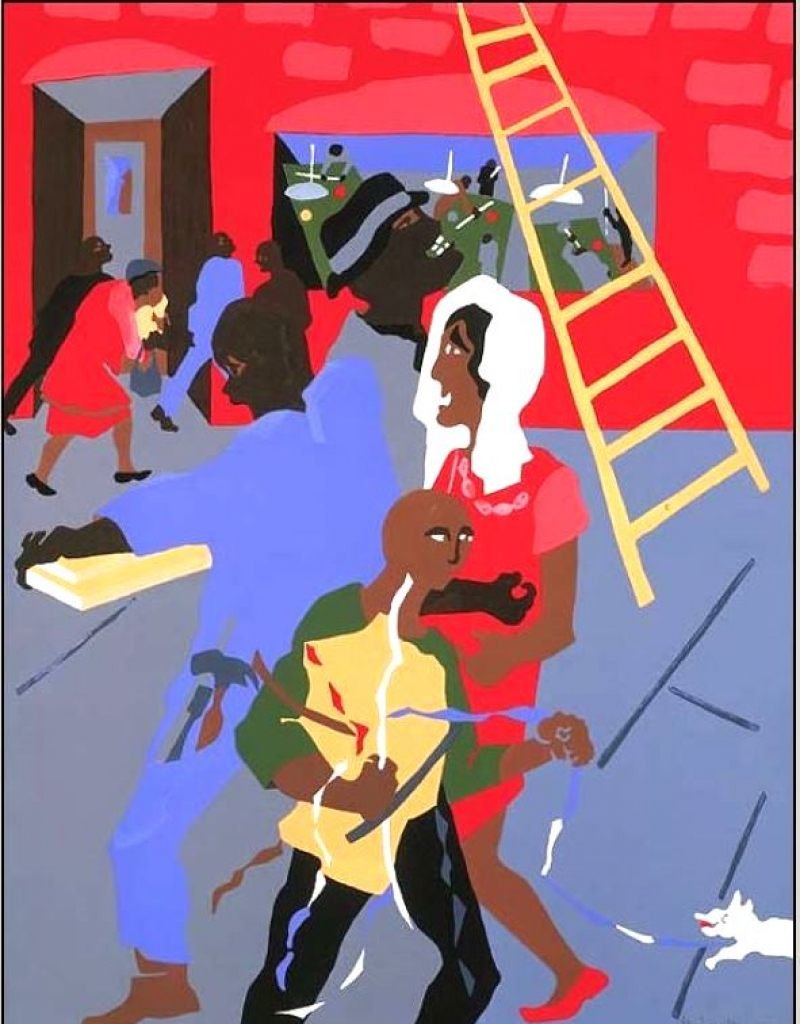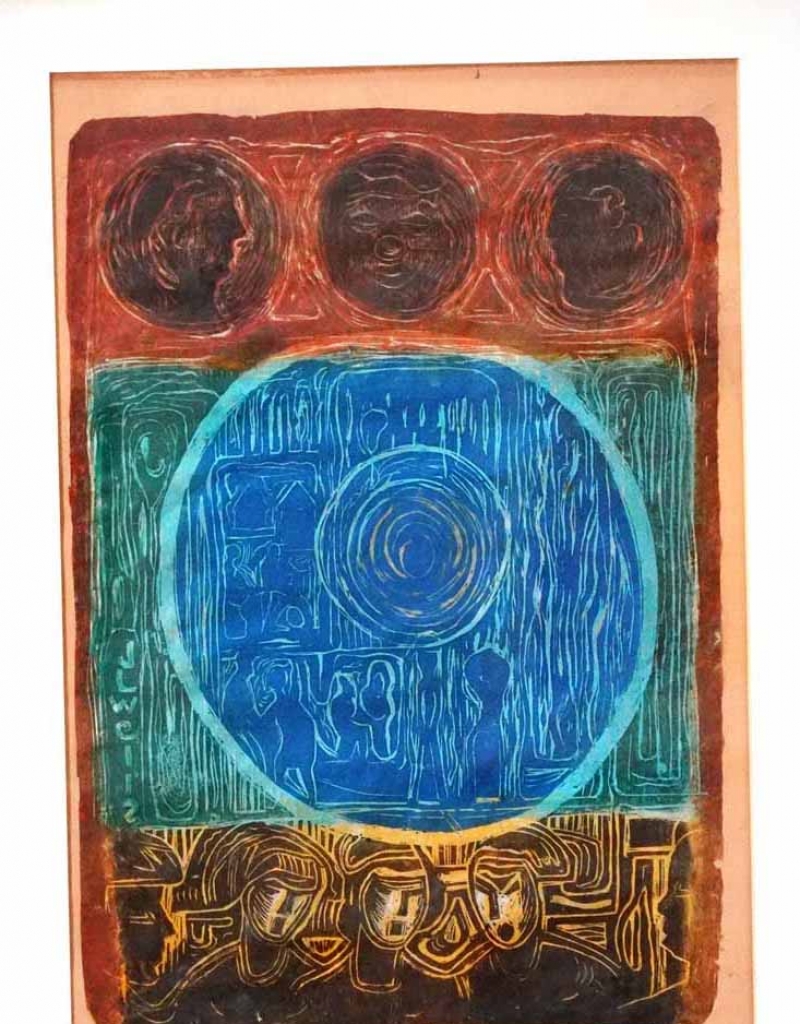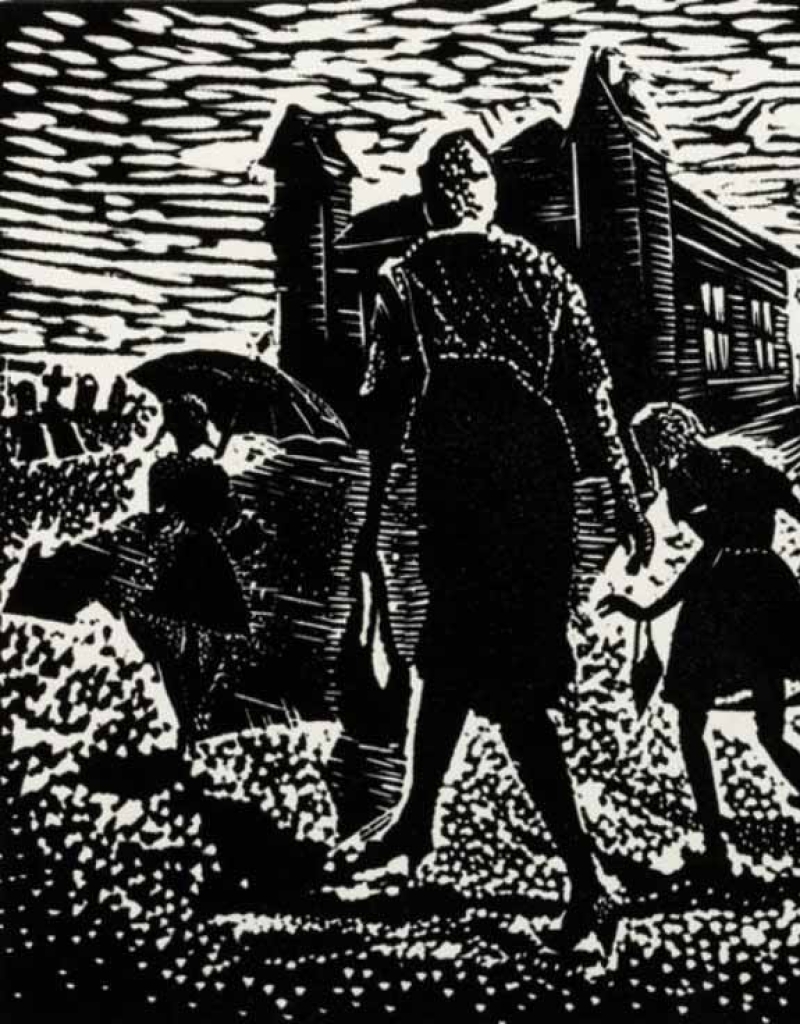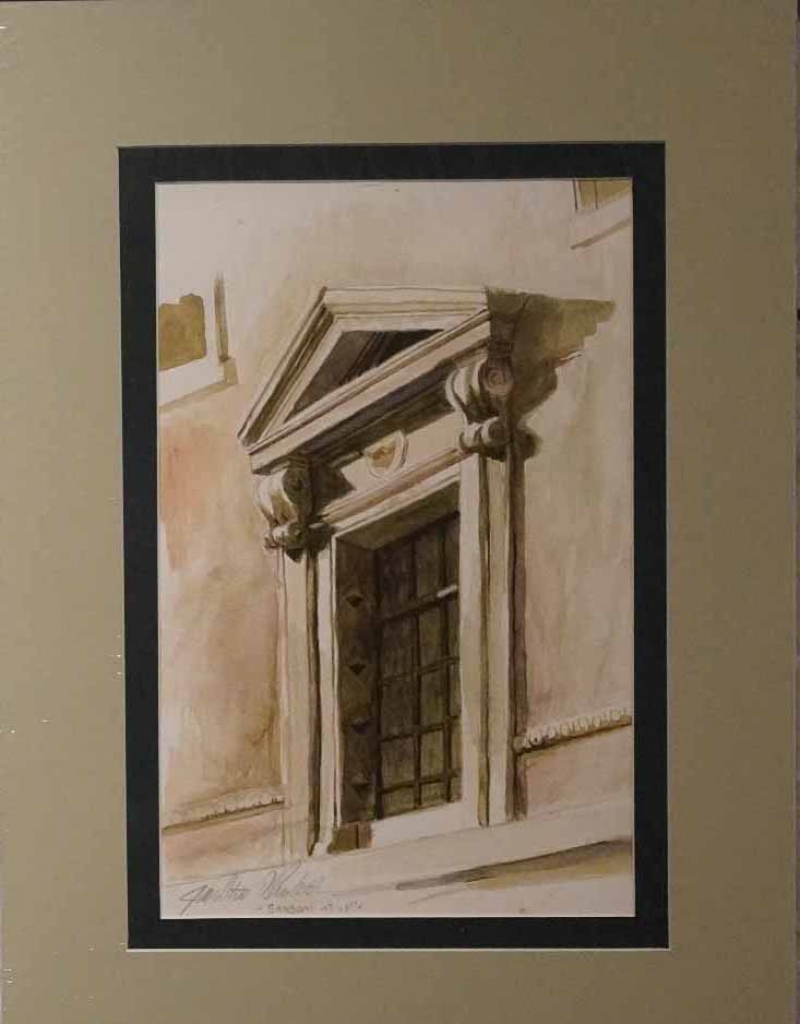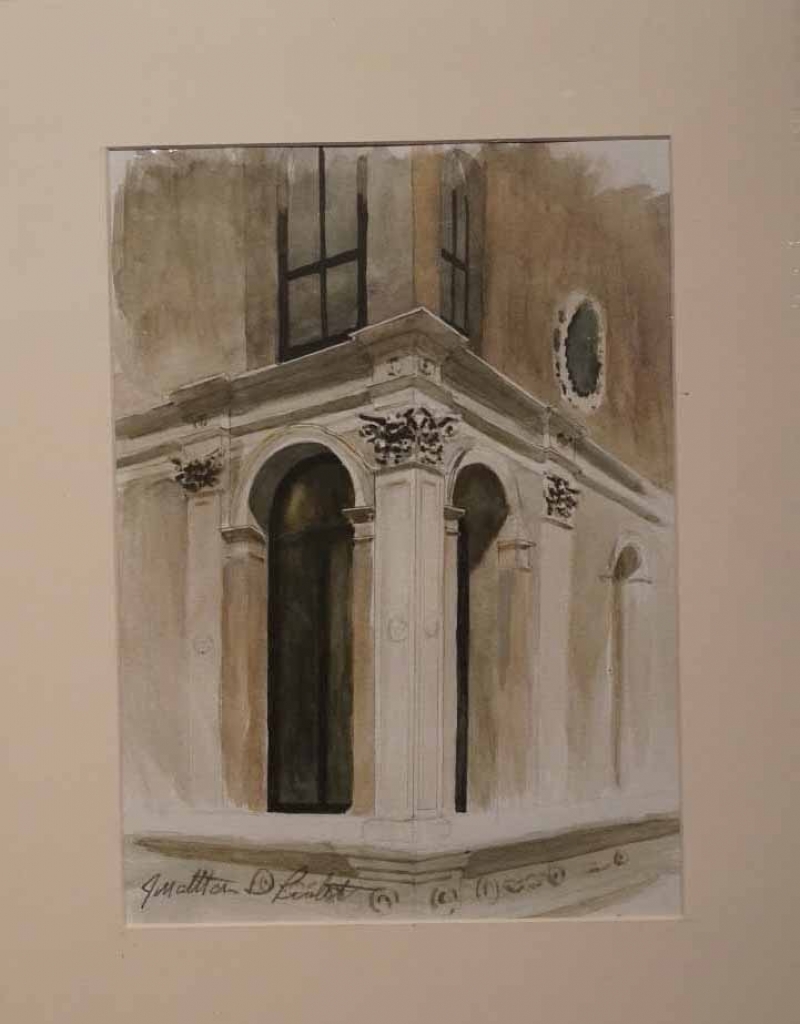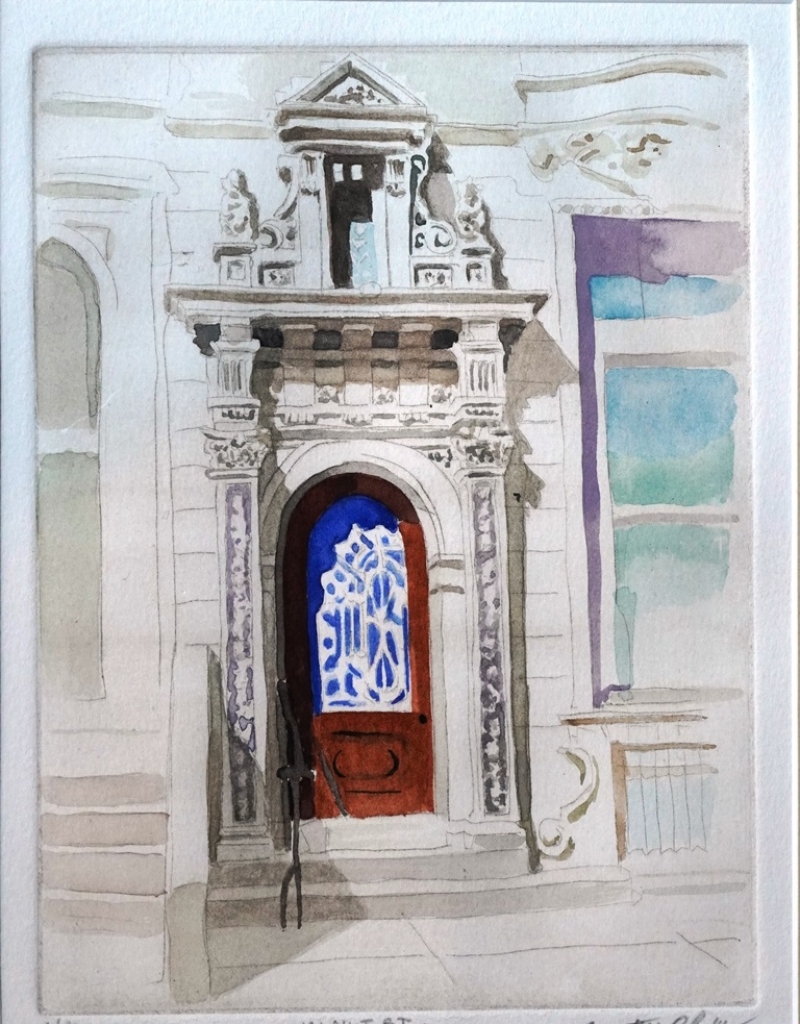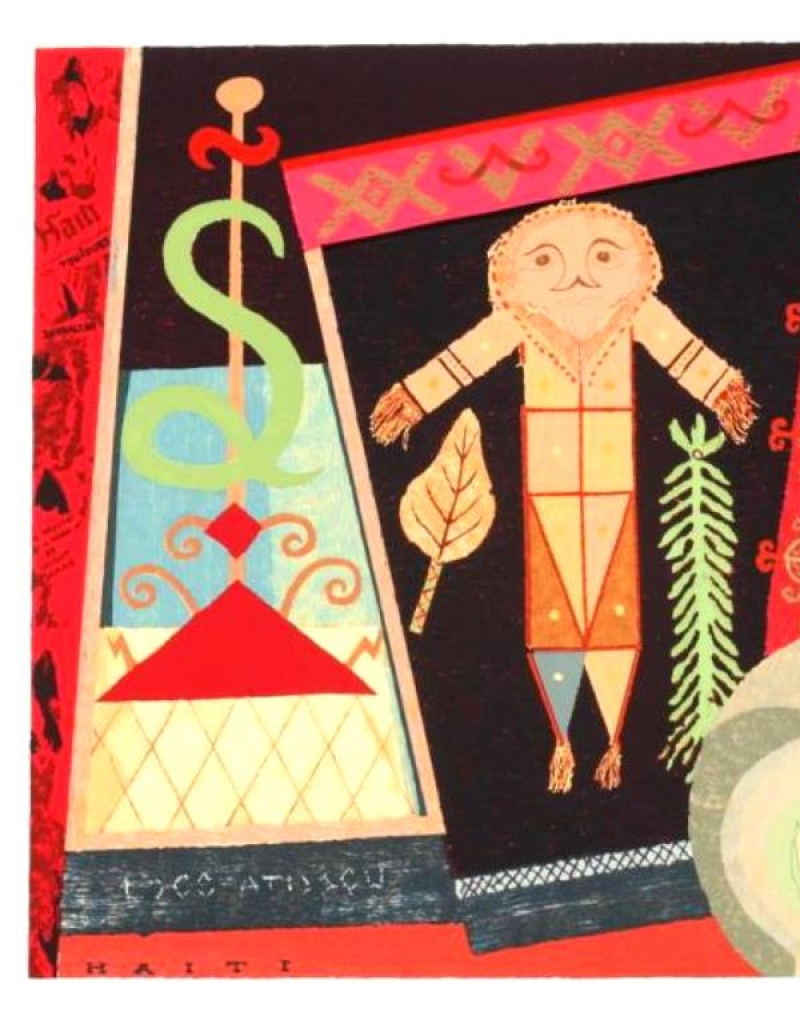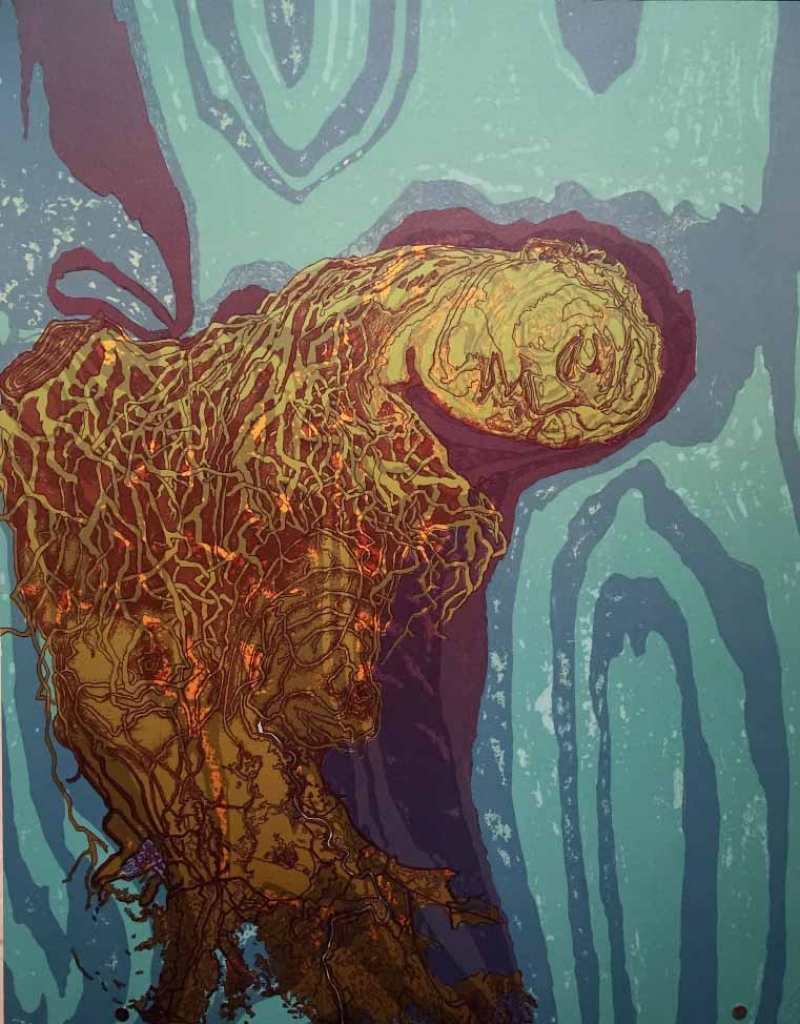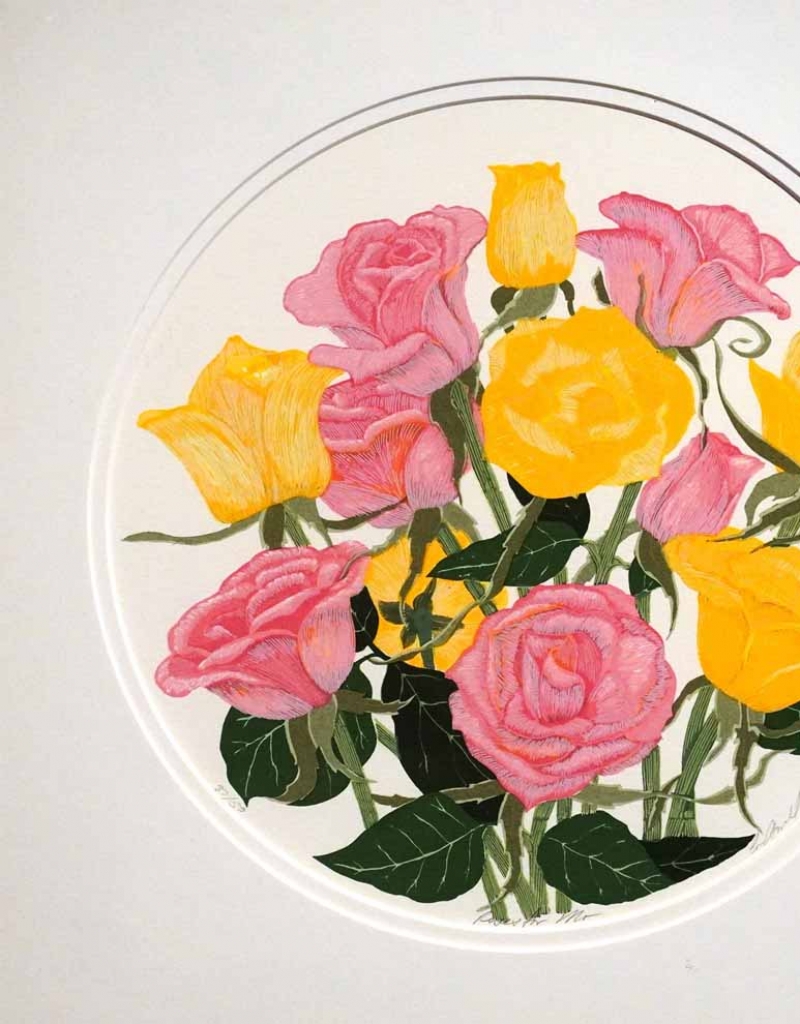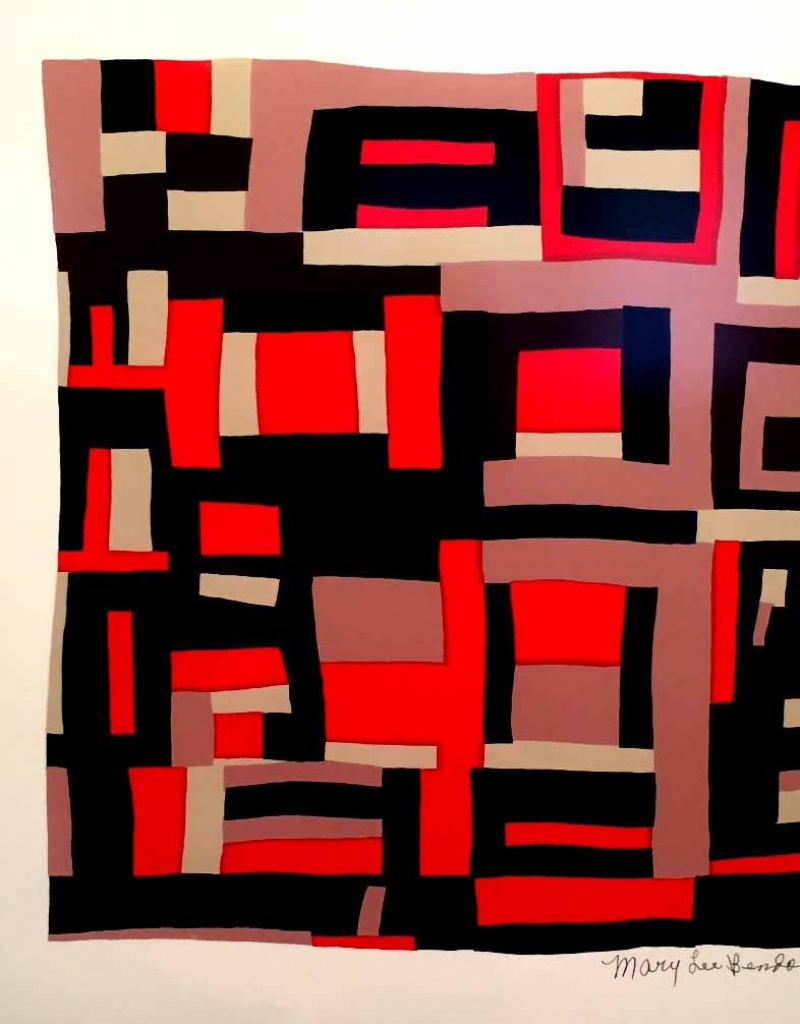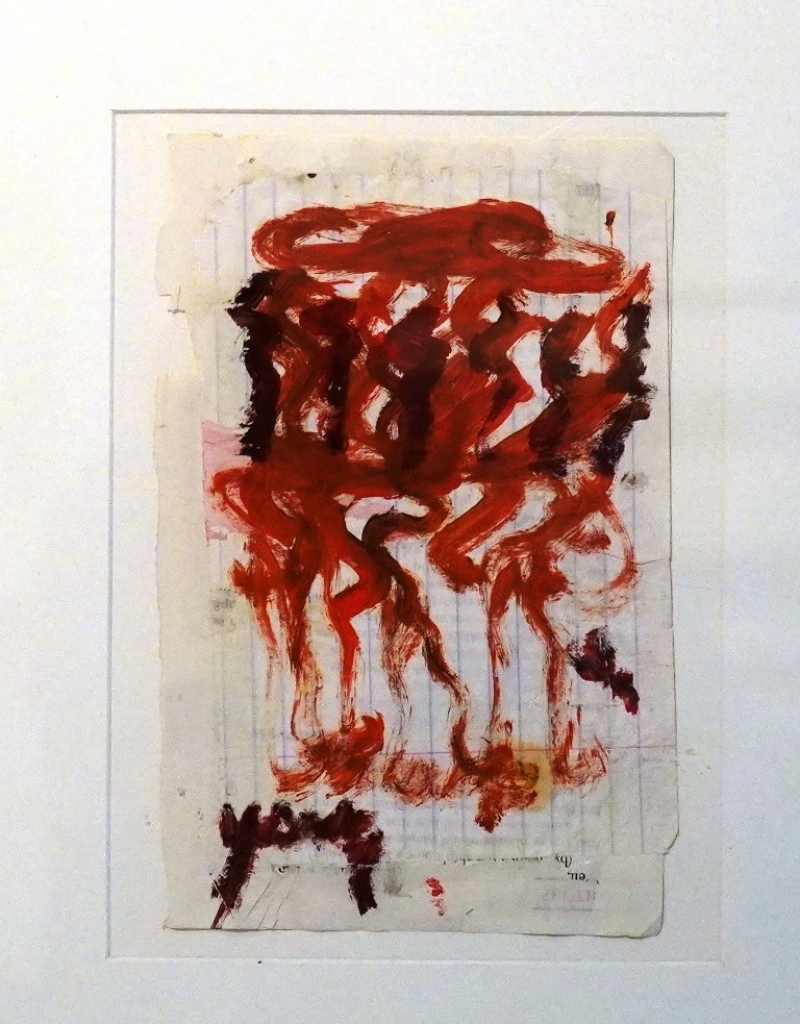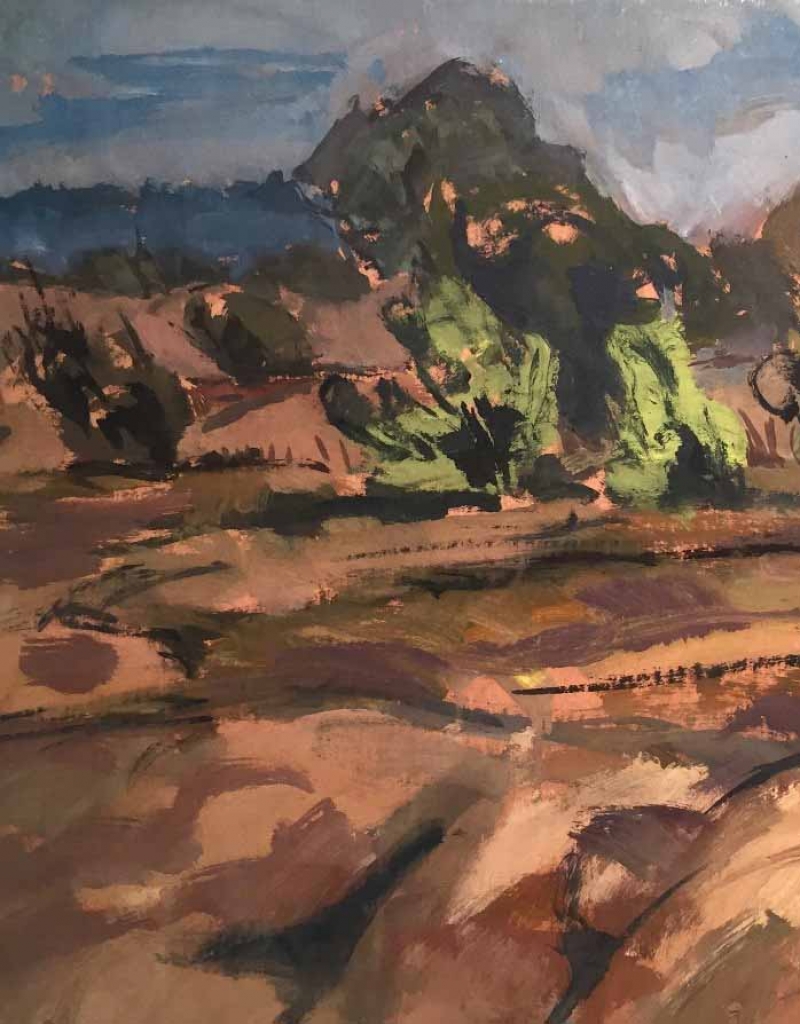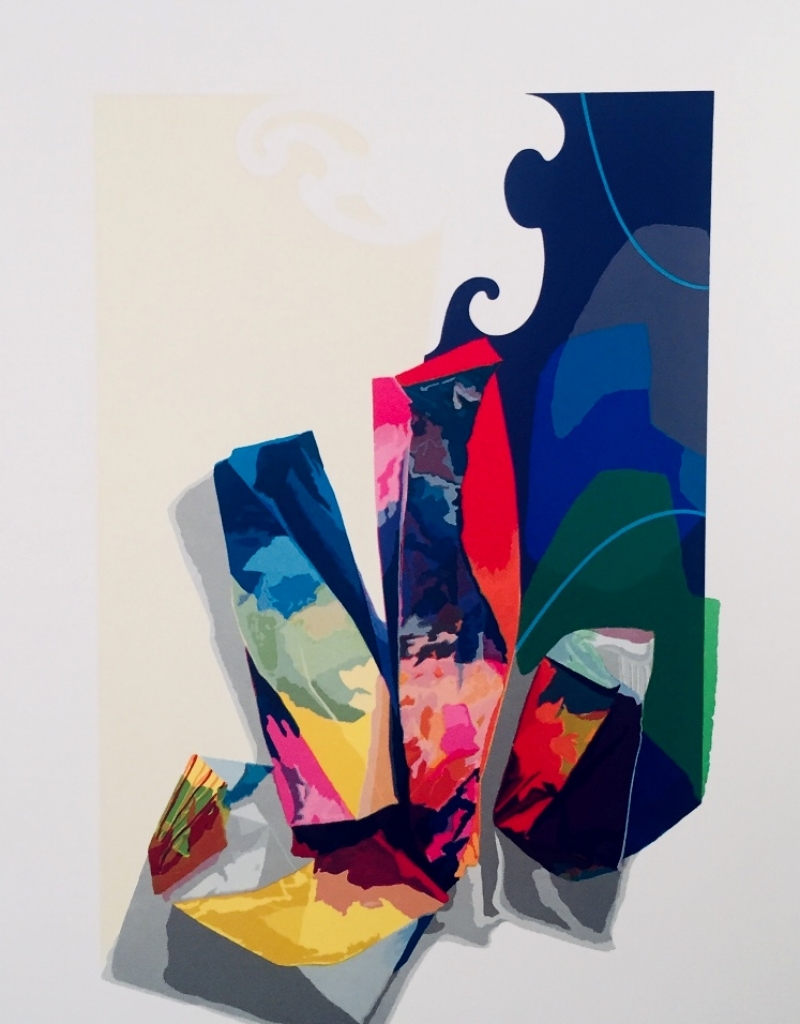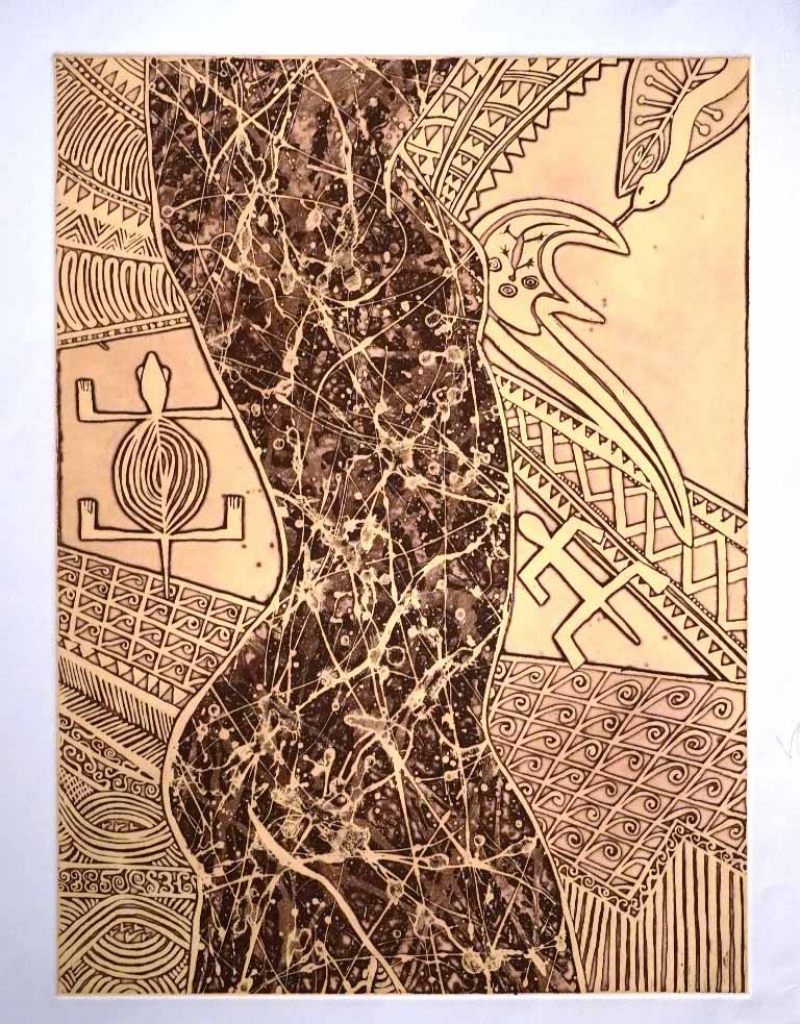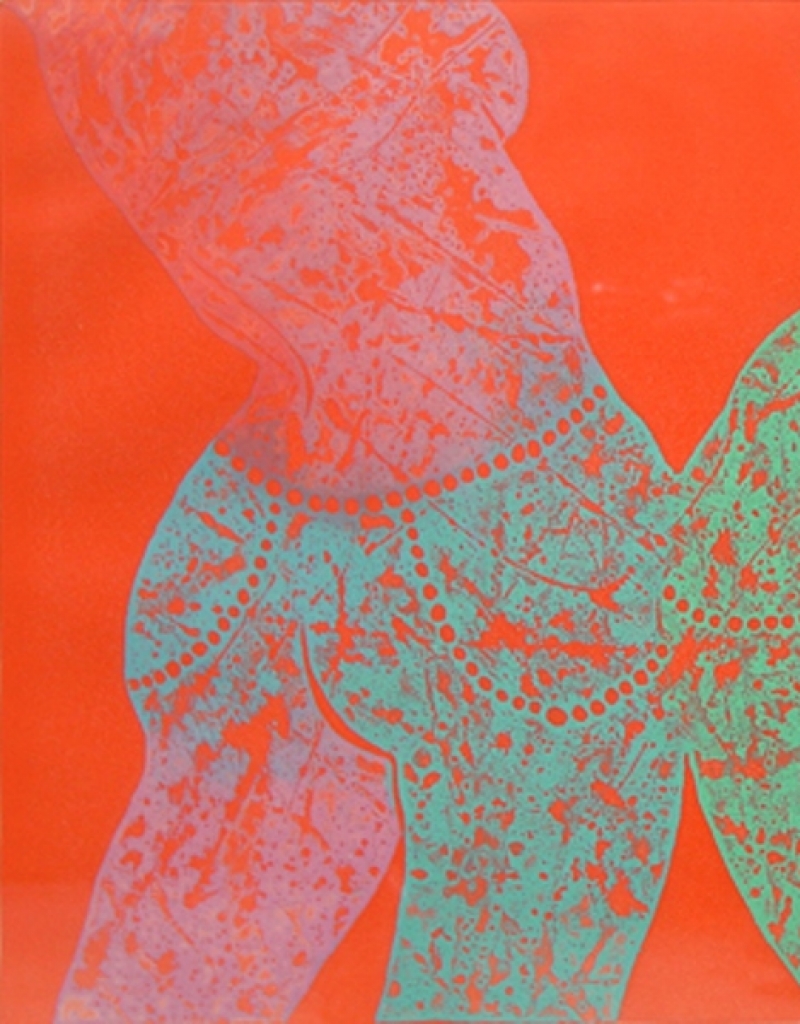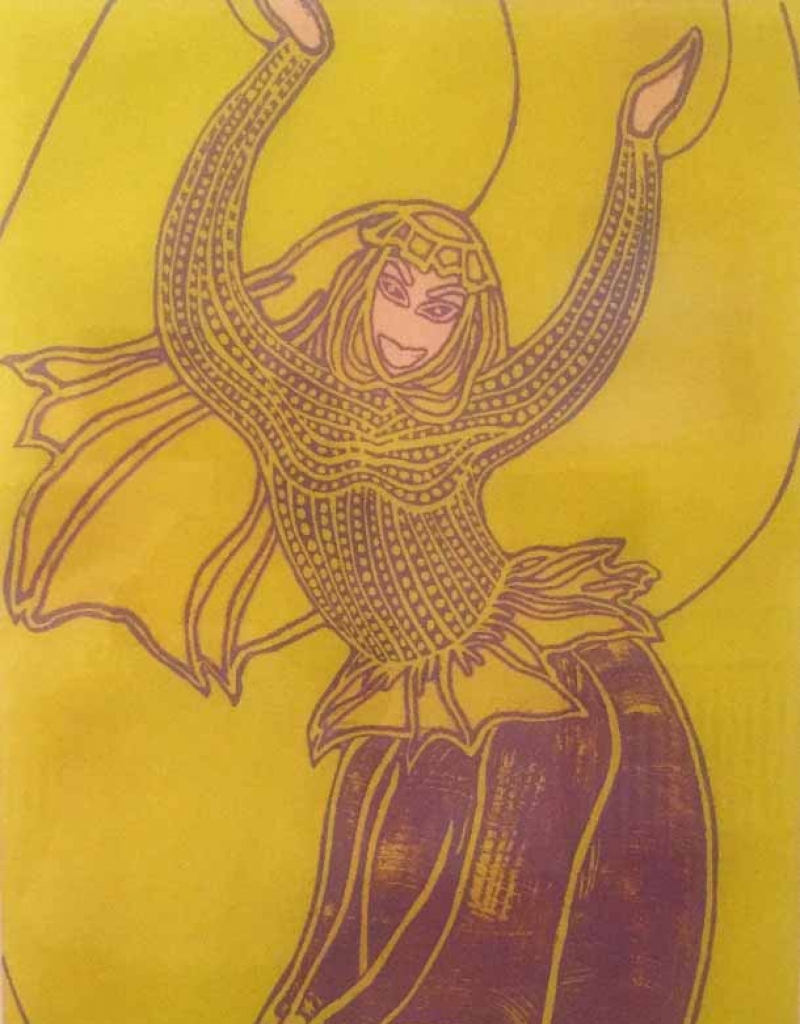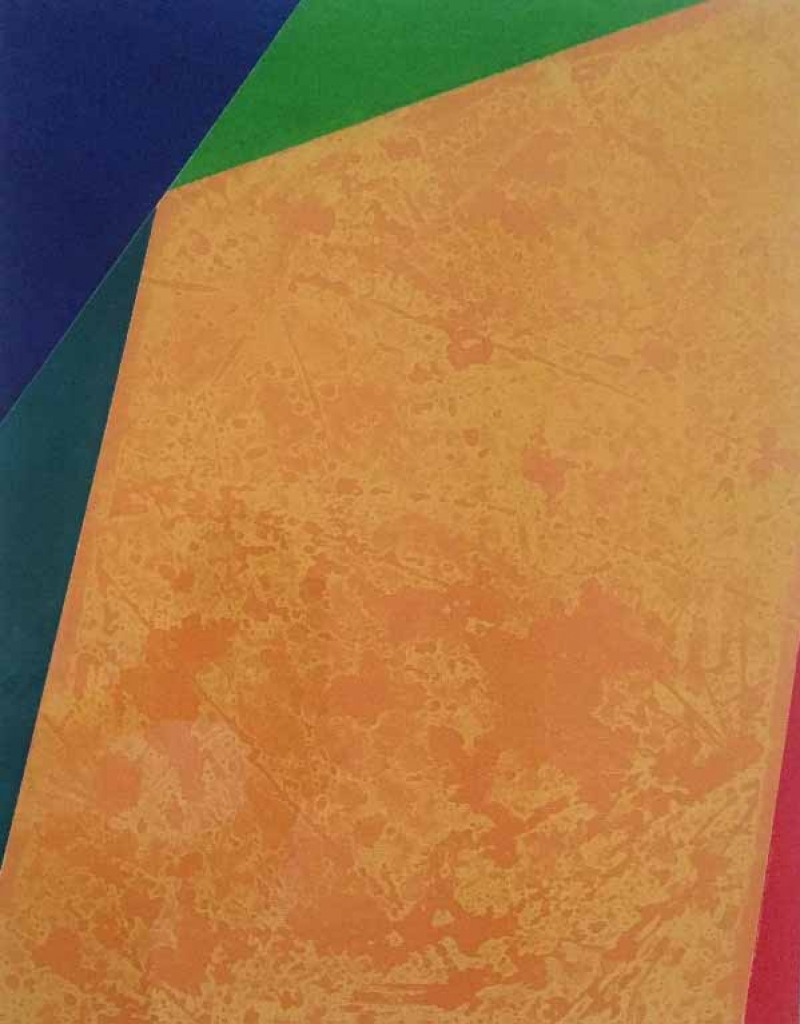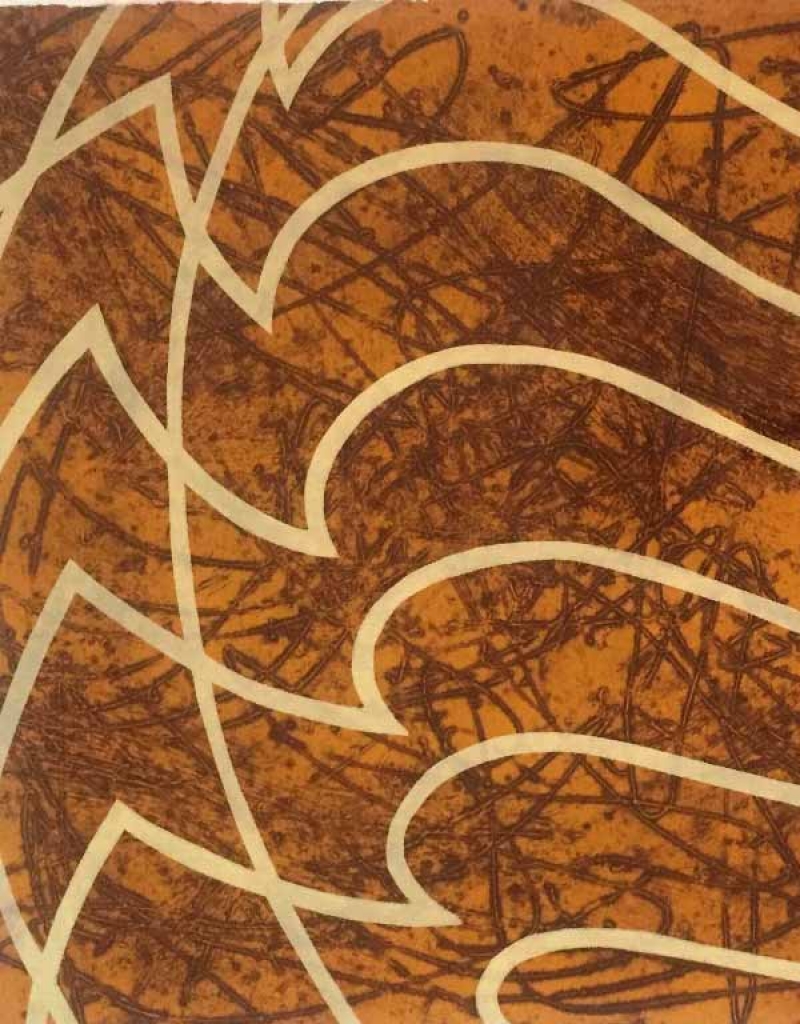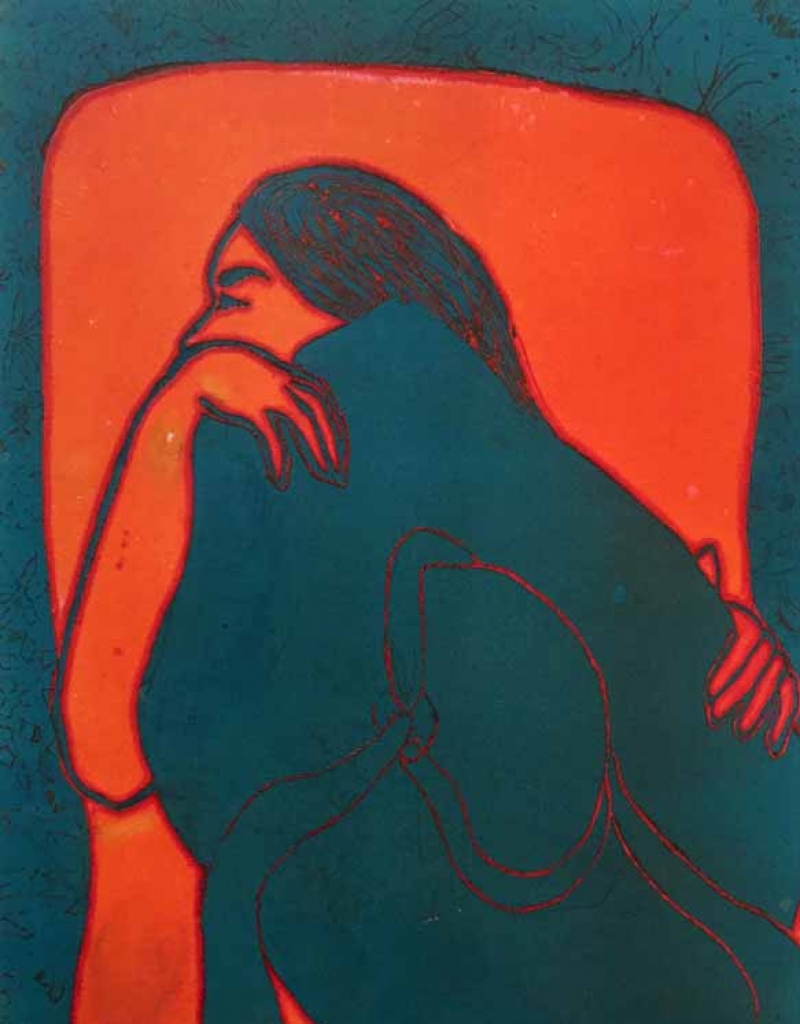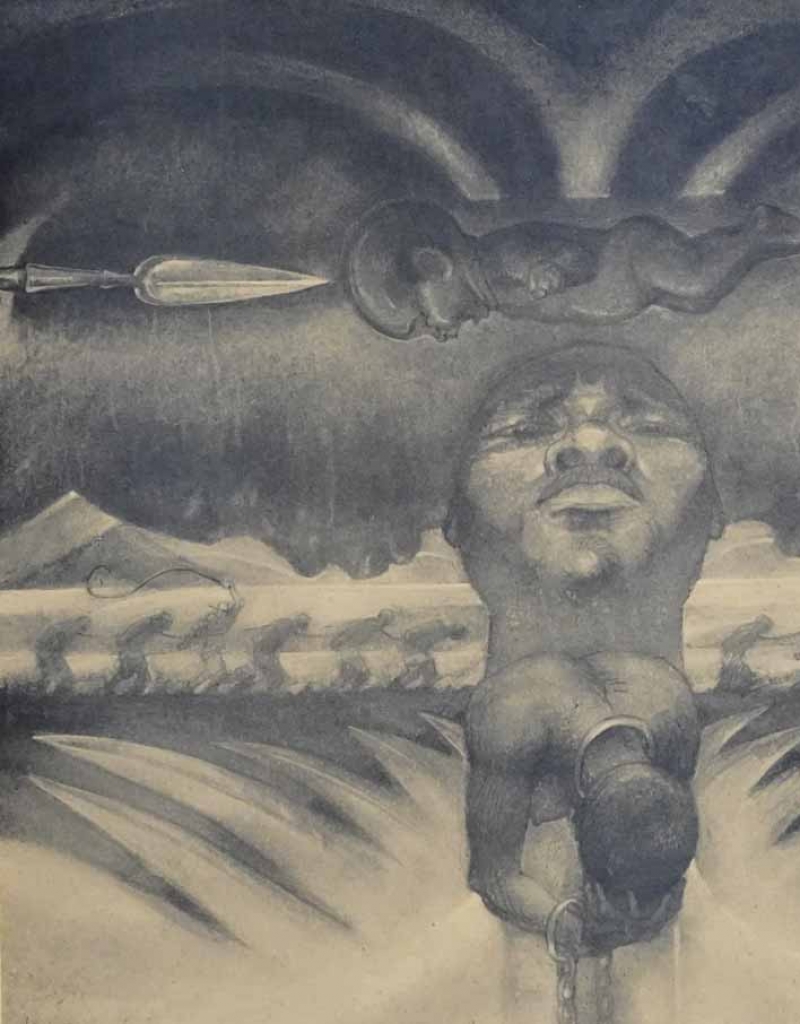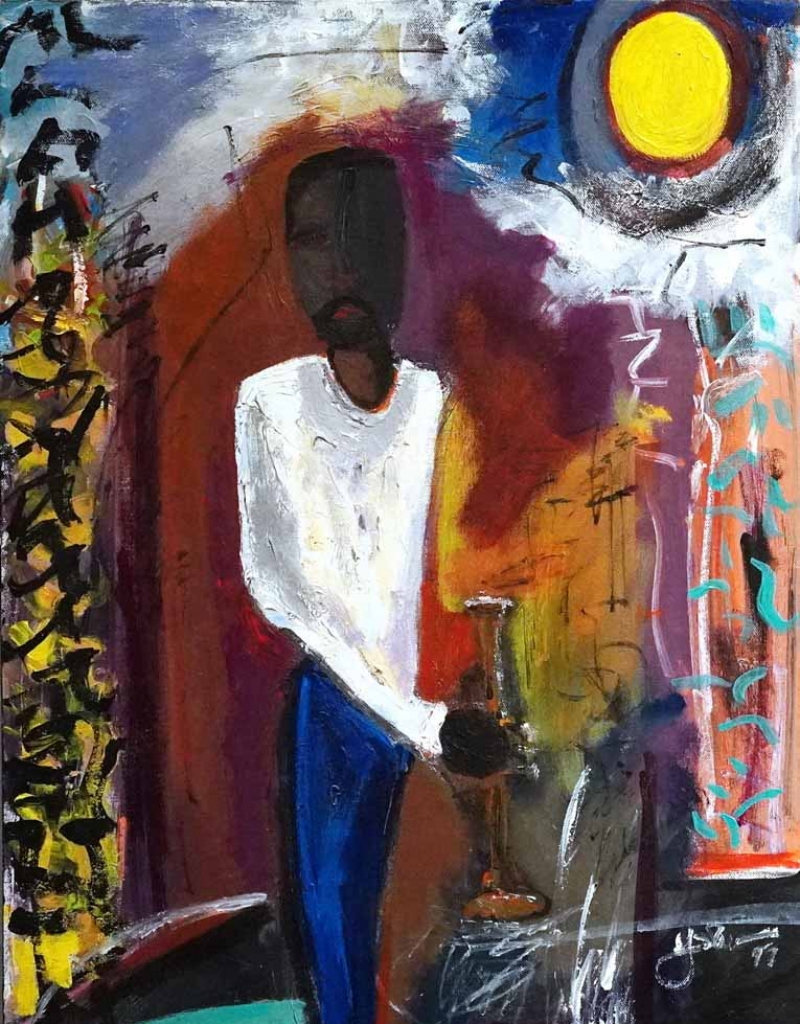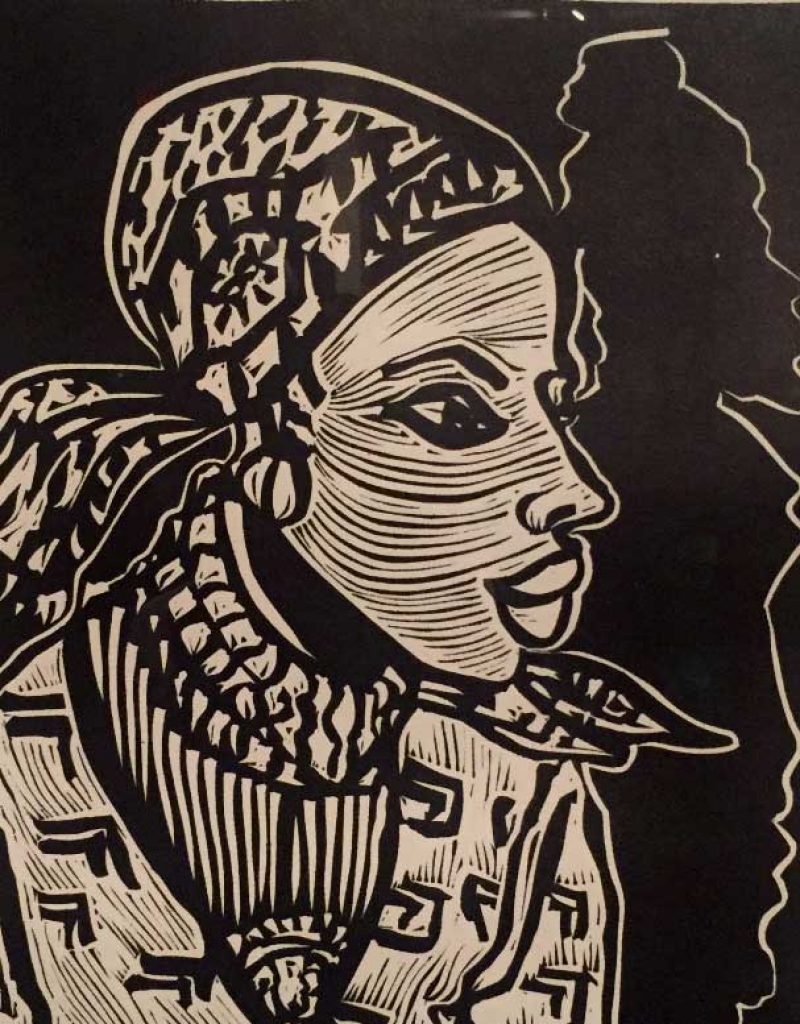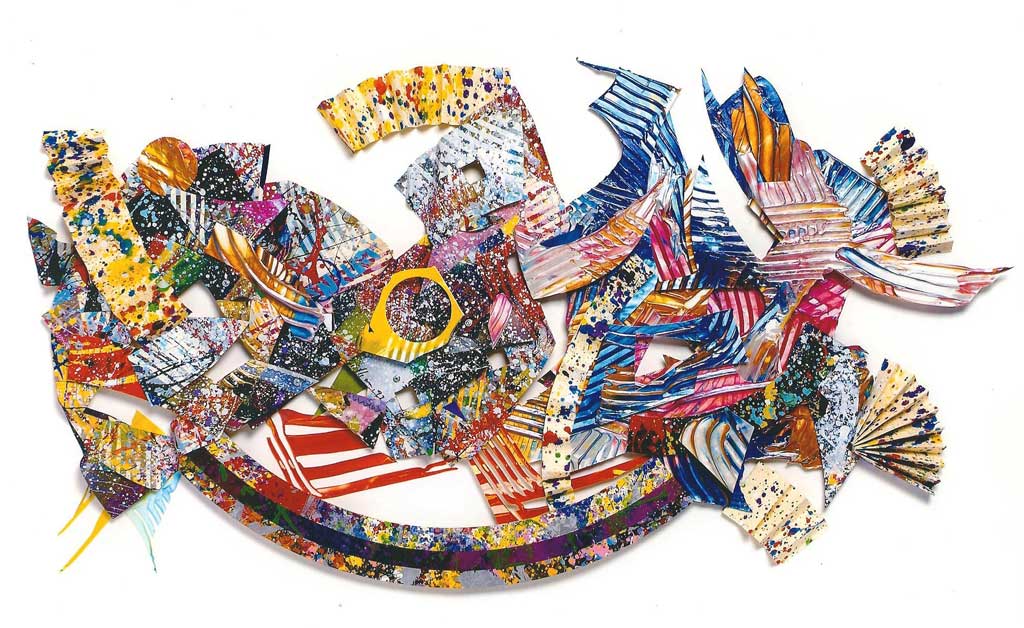 David C. Driskell, The Farmer and His Wife (detail), 2009
David C. Driskell, The Farmer and His Wife (detail), 2009
Art of the Collectors VIII
artist biographies | about the exhibition | view the exhibition
Biographies
Emmanuel Kwame Adjei (born on February 14, 1975) hails from Akwapim, a suburb of Accra which has produced six prominent artists referred to as the Akuapim. He attended the Ankle College of Art in Konda and earned a High National Diploma. It was through this experience that he realized that art is larger than the world itself, and this belief compelled him to further his studies under one of the master teachers in the school (Ankle College of Art). Under his tutelage, he gained a new respect for the profession. Adjei has participated in exhibitions at the National Museum, National Theater, and the Cresta Royale Hotel in Ghana.
Resources: Ancient Tradition Contemporary form Catalog Curators Myrtis Bedolla and Kwaku Ofori- Ansa, Ph.D. The Embassy of the Republic of Ghana
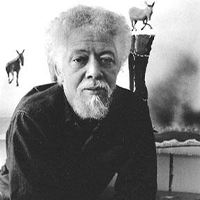 Benny Andrews (American, born November 13, 1930 – died November 10, 2006) was a notable African American painter born to sharecroppers in Plainview, GA. He attended two years of Fort Valley State College, before enlisting in the US Air Force, where he served from 1950 to 1954. With his military earnings, Andrews was able to attend the Art Institute of Chicago. With no formal training, he began to develop his Figurative style by observing those around him. Expression was very important in his work and was emphasized in his sketches. He crafted his skills by focusing on the time he was living in and recording it in his art, often creating scrapbooks of the times. The artist earned his BA in 1958, and moved from Chicago to New York City, after much rejection of his work in showcases.
Benny Andrews (American, born November 13, 1930 – died November 10, 2006) was a notable African American painter born to sharecroppers in Plainview, GA. He attended two years of Fort Valley State College, before enlisting in the US Air Force, where he served from 1950 to 1954. With his military earnings, Andrews was able to attend the Art Institute of Chicago. With no formal training, he began to develop his Figurative style by observing those around him. Expression was very important in his work and was emphasized in his sketches. He crafted his skills by focusing on the time he was living in and recording it in his art, often creating scrapbooks of the times. The artist earned his BA in 1958, and moved from Chicago to New York City, after much rejection of his work in showcases.
Andrews found great success in New York City. In 1962, Andrews had his first solo exhibition at the Forum Gallery. The New York Times and other big-name papers ran positive reviews of Andrews’s work, further spreading his success. His artworks were displayed in venues not only in New York City but in nearby Philadelphia as well. In time, his work spread to Detroit, Michigan, and Provincetown. In 1965, Andrews was awarded a John Hay Fellowship and returned to his native Georgia. His time in Georgia inspired his famous Autobiographical Series. Following the Autobiographical Series, he created works such as America, Bicentennial, and The Migrants. Andrews’s success was great as his pieces were shown internationally. He began lecturing at colleges and teaching at Queens College of the City University of New York, where he would work for 29 years.
In addition to his work as an artist, he became an activist and started an art program for prisoners. As his activism continued, he began to illustrate for his brother Raymond’s books, such as Appalachee Red. Andrews never lost his Figurative style, despite the rising popularity of other movements in the art world. He continued with his scrapbooks and paintings, always preserving the Expressionist and Surrealist elements that characterized his work. He was heavily influenced by the world around him and detailed the lives of the poor and the suffering. Through his activism, he brought art to many people who never would have had the opportunity to experience it. He continued painting until his death from cancer in 2006 in New York. His work can be found in many institutions, including The Metropolitan Museum of Art and the Philadelphia Academy of Fine Art.
Online Resource: http://www.artnet.com/artists/benny-andrews/biography
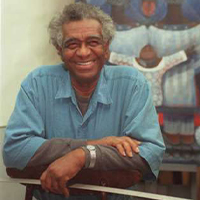 John Thomas Biggers (born in Gastonia, North Carolina in 1924), was an educator, painter, and muralist. His travels in Africa in the 1950s influenced the depiction of social and cultural themes in his work. The youngest of seven children, Biggers enrolled in Hampton Institute where he initially studied plumbing. However, he found that his true love was art and soon changed his major. Upon leaving the Navy, Biggers followed his mentor Lowenfeld to Pennsylvania State University where he developed his specialty working with murals. Biggers earned a master’s in art education in 1948 and a Ph.D. in 1954 from Pennsylvania State University. While still working on his dissertation, Biggers became an art instructor at the new Texas State College for Negroes (later Texas Southern University), becoming a founding member of its Art Department faculty. He continued to work at Texas Southern University until his retirement in 1983. In 1957 Biggers was invited to participate in the United Nations Education Scientific and Cultural Organization (UNESCO) tour. On that tour, he became one of the first African American artists to travel to newly independent Ghana. His experiences there shaped his subsequent work.
John Thomas Biggers (born in Gastonia, North Carolina in 1924), was an educator, painter, and muralist. His travels in Africa in the 1950s influenced the depiction of social and cultural themes in his work. The youngest of seven children, Biggers enrolled in Hampton Institute where he initially studied plumbing. However, he found that his true love was art and soon changed his major. Upon leaving the Navy, Biggers followed his mentor Lowenfeld to Pennsylvania State University where he developed his specialty working with murals. Biggers earned a master’s in art education in 1948 and a Ph.D. in 1954 from Pennsylvania State University. While still working on his dissertation, Biggers became an art instructor at the new Texas State College for Negroes (later Texas Southern University), becoming a founding member of its Art Department faculty. He continued to work at Texas Southern University until his retirement in 1983. In 1957 Biggers was invited to participate in the United Nations Education Scientific and Cultural Organization (UNESCO) tour. On that tour, he became one of the first African American artists to travel to newly independent Ghana. His experiences there shaped his subsequent work.
Biggers’ early work was infused with examples of social realism. He traveled to Africa several times after his UNESCO tour, and his work increasingly embodied the social and cultural themes he experienced while on the continent. In the 1960s, Biggers was one of the first black artists of the era to embrace the integration of African and African American influences in his work. By the 1980s and 1990s, he began incorporating themes of birth and rebirth as he incorporated more feminine concentrations into his work. John Biggers retired as a full-time faculty member at Texas Southern in 1983 so that he could more fully devote himself to creating new pieces of art. He began working in collaboration with his brother James Biggers in the early 1990s. The two painted murals at Winston-Salem University in North Carolina and Hampton University (formerly Hampton Institute). In the late 1990s, he created murals across his hometown of Houston, Texas. Towards the end of his life, diabetes hindered Biggers’ ability to create works of art. He finally lost his battle with the disease and died in Houston on January 25, 2001.
Online Resources: https://www.blackpast.org/african-american-history/biggers-john-thomas-1924-2001/
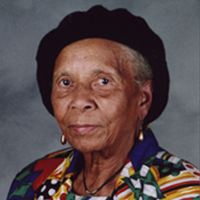 Margaret Burroughs (born on November 1, 1917 – died on November 21, 2010) is an Artist, educator, and institution-builder in Saint Rose, Louisiana. Always passionate about learning, Margaret moved north to Chicago to earn her Elementary Teacher’s Certificate, which she received in 1937 from Chicago Normal College. She continued her education first at Chicago Teachers College, and later, at the Art Institute of Chicago, from which she earned her B.A. in Art Education in 1946 and her M.A. in 1948. Dr. Margaret Burroughs made the first of her many contributions to African American arts and culture when she founded–at age 22–the South Side Community Art Center, a community organization that serves as a gallery and workshop studio for artists and students. Mrs. Burroughs continued to serve on the Board of Directors for the Center, which remained active more than sixty years after its formation.
Margaret Burroughs (born on November 1, 1917 – died on November 21, 2010) is an Artist, educator, and institution-builder in Saint Rose, Louisiana. Always passionate about learning, Margaret moved north to Chicago to earn her Elementary Teacher’s Certificate, which she received in 1937 from Chicago Normal College. She continued her education first at Chicago Teachers College, and later, at the Art Institute of Chicago, from which she earned her B.A. in Art Education in 1946 and her M.A. in 1948. Dr. Margaret Burroughs made the first of her many contributions to African American arts and culture when she founded–at age 22–the South Side Community Art Center, a community organization that serves as a gallery and workshop studio for artists and students. Mrs. Burroughs continued to serve on the Board of Directors for the Center, which remained active more than sixty years after its formation.
During the mid-1950s Margaret Burroughs married Charles Burroughs, poet, and founder of the Associated Negro Press. His organization, modeled on the Associated Press, played an important role in the coordination of African American newspapers throughout the United States. After extended travels together, the Burroughs’ made the most well-known contribution to African American posterity in 1961 when they founded the DuSable Museum of African American History on the ground floor of their Chicago home. The museum, which has since moved to its buildings in Chicago’s Washington Park, has become an internationally recognized resource for African American art. DuSable Museum also hosts various educational programs and houses a permanent collection of more than thirteen thousand artifacts, artworks, and books.
Although Margaret Burroughs worked in sculpture, painting, and many other art forms throughout her career, it was her exceptional skill as a printmaker that earned her a place within the history of art. For many years she worked with linoleum block prints to create images evocative of African American culture. Margaret Burroughs’ work was featured in exclusive shows at the Corcoran Art Galleries in Washington D.C. and the Studio Museum in New York. She served as art director for the Negro Hall of Fame and illustrated many books including What Shall I Tell My Children Who Are Black? (1968). Mrs. Burroughs also published several volumes of her poems, illustrated several children’s books, and exhibited her artwork all over the world. In 1975 she received the President’s Humanitarian Award and in 1977 was distinguished as one of Chicago’s Most Influential Women by the Chicago Defender. February 1, 1986, was proclaimed “Dr. Margaret Burroughs Day” in Chicago by late Mayor Harold Washington.
Online Resources: https://www.thehistorymakers.org/biography/margaret-burroughs-40#:~:text=Artist%2C%20educator%20and%20institution%2Dbuilder,1937%20from%20Chicago%20Normal%20College.
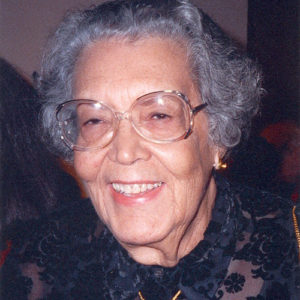 Elizabeth Catlett, (born April 15, 1915, Washington, D.C., U.S. – died April 2, 2012, Cuernavaca, Mexico), American-born Mexican sculptor and printmaker renowned for her intensely political art. Catlett, a granddaughter of slaves, was born into a middle-class Washington family; her father was a professor of mathematics at Tuskegee Institute. After being disallowed entrance into the Carnegie Institute of Technology because she was black, Catlett enrolled at Howard University (B.S., 1935), where she studied design, printmaking, and drawing and was influenced by the art theories of Alain Locke and James A. Porter. While working as a muralist for two months during the mid-1930s with the Federal Art Project of the Works Progress Administration, she became influenced by the social activism of Mexican muralist Diego Rivera.
Elizabeth Catlett, (born April 15, 1915, Washington, D.C., U.S. – died April 2, 2012, Cuernavaca, Mexico), American-born Mexican sculptor and printmaker renowned for her intensely political art. Catlett, a granddaughter of slaves, was born into a middle-class Washington family; her father was a professor of mathematics at Tuskegee Institute. After being disallowed entrance into the Carnegie Institute of Technology because she was black, Catlett enrolled at Howard University (B.S., 1935), where she studied design, printmaking, and drawing and was influenced by the art theories of Alain Locke and James A. Porter. While working as a muralist for two months during the mid-1930s with the Federal Art Project of the Works Progress Administration, she became influenced by the social activism of Mexican muralist Diego Rivera.
In 1940 Catlett became the first student to earn a Master of Fine Arts degree in sculpture at the University of Iowa. The Regionalist painter Grant Wood, a professor at the university at the time, encouraged her to present images drawn from black culture and experience and influenced her decision to concentrate on sculpture. After Catlett held several teaching positions while continuing to expand her range of media, she went to Mexico City in 1946 to work at the Taller de Gráfica Popular, an artists’ collective. There, along with her then-husband, the artist Charles White, she created prints depicting Mexican life. As a left-wing activist, she underwent investigation by the U.S. House Un-American Activities Committee during the 1950s. In 1962 she took Mexican citizenship.
Catlett is known largely for her sculpture, especially for works such as Homage to My Young Black Sisters (1968) and various mother-child pairings, the latter of which became one of her central themes. She was also an accomplished printmaker who valued prints for their affordability and hence their accessibility to many people. Catlett alternately chose to illustrate famous subjects, such as Harriet Tubman and Malcolm X, and anonymous workers—notably, strong, solitary black women—as depicted in the terra-cotta sculpture Tired (1946). Other notable works include the linocuts Sharecropper (1968) and Survivor (1983) and the lithograph Negro es Bello (1968; “Black Is Beautiful”). She remained a working artist in her 90s.
Online Resources: https://www.britannica.com/biography/Elizabeth-Catlett
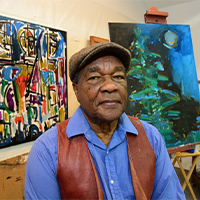 David Driskell (1931-2020) was a highly regarded artist, scholar, and curator. Driskell is cited as one of the world’s leading authorities on the subject of African American Art. He was educated at Howard University and received the Master of Fine Arts degree in 1961 from The Catholic University of America in Washington DC. In his career, he was the recipient of ten honorary doctoral degrees and contributed significantly to scholarships in the history of art on the role of Black artists in America. He held the title of Distinguished University Professor of Art, Emeritus, at the University of Maryland, College Park.
David Driskell (1931-2020) was a highly regarded artist, scholar, and curator. Driskell is cited as one of the world’s leading authorities on the subject of African American Art. He was educated at Howard University and received the Master of Fine Arts degree in 1961 from The Catholic University of America in Washington DC. In his career, he was the recipient of ten honorary doctoral degrees and contributed significantly to scholarships in the history of art on the role of Black artists in America. He held the title of Distinguished University Professor of Art, Emeritus, at the University of Maryland, College Park.
Driskell trained as a painter, curator, and art historian, he used to work mainly in collage and mixed media. His paintings and prints have been featured in numerous solo and group exhibitions in galleries and museums throughout the USA including the Corcoran Gallery of Art, the Baltimore Museum of Art, The Oakland Museum, and The Whitney Museum of American Art, among others. He has exhibited internationally in England, Holland, South Africa, Poland, Brazil, Japan, and Chile and has been the recipient of several foundation fellowships among which are the Harmon Foundation, three Rockefeller Foundation Fellowships, and the Danforth Foundation. During his career, Driskell authored seven books on the subject of African American art, co-authored four others, and published more than forty catalogs from exhibitions he curated during his career. His articles and essays on African American art have appeared in major publications throughout the world.
Online Resources: https://www.dcmooregallery.com/artists/david-driskell
 Herbert Gentry (1919-2003) was born in Pittsburgh but raised in New York City, and grew up against the backdrop of the Harlem Renaissance, an experience that was formative to his artistic and personal development. He served abroad in the U.S. Army in World War II, where he frequently visited Paris, a city that captured his imagination. Gentry returned to Paris as a student in 1946, one of the first to do so after the war. In 1949 he received his diploma from Académie de la Grande Chaumière and opened Chez Honey, a club-Galerie in Montparnasse where jazz musicians played and artists exhibited. Over the years, this Paris circle of friends included noted American artists Beauford Delaney, Ed Clark, Romare Bearden, Bill Hutson, Kosta Alex, Shinkichi Tajiri, and Larry Potter, as well as important writers such as James Baldwin, Richard Wright, and Charles Himes.
Herbert Gentry (1919-2003) was born in Pittsburgh but raised in New York City, and grew up against the backdrop of the Harlem Renaissance, an experience that was formative to his artistic and personal development. He served abroad in the U.S. Army in World War II, where he frequently visited Paris, a city that captured his imagination. Gentry returned to Paris as a student in 1946, one of the first to do so after the war. In 1949 he received his diploma from Académie de la Grande Chaumière and opened Chez Honey, a club-Galerie in Montparnasse where jazz musicians played and artists exhibited. Over the years, this Paris circle of friends included noted American artists Beauford Delaney, Ed Clark, Romare Bearden, Bill Hutson, Kosta Alex, Shinkichi Tajiri, and Larry Potter, as well as important writers such as James Baldwin, Richard Wright, and Charles Himes.
Over the next fifty years, Gentry cultivated his practice of emotive abstract paintings abroad in Paris, Copenhagen, Stockholm, and Malmö, while also returning frequently to New York. He was deeply influenced by Expressionism and Primitivism, and incorporated elements of both into his work, developing a language that was distinctly his own. His early experiences in New York had a lasting impact on his work as well, particularly his exposure to jazz music. A major touchstone of Gentry’s career was a solo exhibition at the Royal Art Academy in Stockholm in 1975, the first retrospective given to a non-Scandinavian at the museum. The show traveled to the Amos Anderson Museum in Helsinki, Finland, and Norrköping Konstmuseum in Sweden.
His work is included in the permanent collections of a number of institutions as well, including the Bibliothèque Nationale de Paris, France; Brooklyn Museum, New York; Hirshhorn Museum, Washington, D.C.; Metropolitan Museum of Art, New York; Moderna Museet, Stockholm, Sweden; National Gallery of Modern Art, New Delhi, India; the Stedelijk Museum, Amsterdam, Netherlands; St. Louis Art Museum, Missouri; and the Studio Museum in Harlem, New York.
His work has been exhibited at notable institutions around the world, including Galerie Futura, Stockholm, Sweden; Gooijer Fine Arts, Amsterdam, Netherlands; James E. Lewis Museum, Baltimore, MD; Phillips Museum of Art, Lancaster, PA; and Wadsworth Atheneum Museum of Art, Hartford, CT. Gentry has also been included in major group exhibitions, including Explorations in the City of Light: African-American Artists in Paris 1945-1965 at the Studio Museum in Harlem, where his work was exhibited alongside Beauford Delaney, Ed Clark, and Harold Cousin.
Online Resources: https://maryryangallery.com/artists/herbert-gentry/
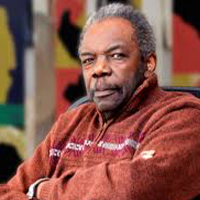 Sam Gilliam (born November 30, 1933, in Tupelo, Mississippi) is an American abstract painter. In 1962 he moved to Washington, D.C., and created abstract paintings inspired by the Washington Color School artists Morris Louis and Kenneth Noland. These artists, among others, broke the rules of abstract expressionism by pouring thinned paint directly onto the unprimed canvas instead of applying thick, vigorous brushstrokes. Gilliam pushed this method even further by folding and draping the canvas before it dried, creating unusual “tie-dye” effects. This innovative and improvisational technique was phenomenally successful and of widespread influence.
Sam Gilliam (born November 30, 1933, in Tupelo, Mississippi) is an American abstract painter. In 1962 he moved to Washington, D.C., and created abstract paintings inspired by the Washington Color School artists Morris Louis and Kenneth Noland. These artists, among others, broke the rules of abstract expressionism by pouring thinned paint directly onto the unprimed canvas instead of applying thick, vigorous brushstrokes. Gilliam pushed this method even further by folding and draping the canvas before it dried, creating unusual “tie-dye” effects. This innovative and improvisational technique was phenomenally successful and of widespread influence.
He started working with very large canvases in the late 1960s, hanging vast pieces of painted cloth across walls and ceilings to emphasize the relationship between the work and its environment.
Between 1965 and 1973 Gilliam exhibited at the Jefferson Place Gallery, where Marjorie Phillips saw Red Petals in 1967 and decided to host a show of his work at The Phillips Collection. This was his first solo museum exhibition. Gilliam has shown at various Washington galleries and taught art in the Washington public school system, the Corcoran School of Art, the Maryland Institute College of Art in Baltimore, the University of Maryland, and Carnegie-Mellon University in Pittsburgh. He has received a number of awards, including National Endowment for the Arts Activities Grants in 1967, 1973–1975, and 1989, and a Guggenheim Memorial Foundation Fellowship in 1971. He currently lives in Washington DC where he still continues his art practice.
Online Resources: https://www.davidkordanskygallery.com/artist/sam-gilliam, https://americanart.si.edu/artist/sam-gilliam-1811
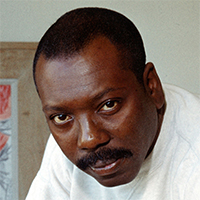 Jacob Lawrence (Born on September 7, 1917, Atlantic City, New Jersey – Died June, 9th, 2000, Seattle Washington) is an African American painter who despite the Depression founded real buoyancy amongst the black artist’s community. In the late 1940s, Lawrence was the most celebrated African American painter in America. During his upbringing in Harlem, he was enrolled in a Utopia Children’s Center where he was artistically trained by painter Charles Alston. As Lawrence got older he enrolled in Commerce High School on West 65th Street and painted intermittently on his own. Lawrence never completed high school but taught himself African American history, spending hours in the library researching legendary black figures and events to use in his paintings.
Jacob Lawrence (Born on September 7, 1917, Atlantic City, New Jersey – Died June, 9th, 2000, Seattle Washington) is an African American painter who despite the Depression founded real buoyancy amongst the black artist’s community. In the late 1940s, Lawrence was the most celebrated African American painter in America. During his upbringing in Harlem, he was enrolled in a Utopia Children’s Center where he was artistically trained by painter Charles Alston. As Lawrence got older he enrolled in Commerce High School on West 65th Street and painted intermittently on his own. Lawrence never completed high school but taught himself African American history, spending hours in the library researching legendary black figures and events to use in his paintings.
Lawrence’s best-known series is The Migration of the Negro, created in 1940 and 1941. The panels portray the migration of over a million African Americans from the South to industrial cities in the North between 1910 and 1940. These panels, as well as others by Lawrence, are linked together by the style of color, and design. November 1941 Lawrence’s Migration series was exhibited at this reputable Downtown Gallery in New York. This show received wide acclaim, and at the age of twenty-four, Lawrence became the first African American artist to be represented by a downtown “mainstream” gallery. Lawrence created various series of work that depicted the lives of important African Americans in history and scenes of African American life. His series of paintings include: The Life of Toussaint L’Ouverture, 1937, The Life of Frederick Douglass, 1938, The Life of Harriet Tubman, 1939, The Migration of the Negro,1940–41, The Life of John Brown, 1941, Harlem, 1942, War, 1946-47, The South, 1947, Hospital, 1949–50, Struggle? History of the American People, 1953–55.
Lawrence has gained a wide variety of accolades during his career. In 1937 Lawrence obtained a scholarship to the American Artists School in New York. At about the same time, he was also the recipient of a Rosenwald Grant for three consecutive years. In the summer of 1947, Lawrence taught at the innovative Black Mountain College in North Carolina by the invitation of painter Josef Albers. In 1960 he was honored with a retrospective exhibition and monograph prepared by The American Federation of Arts. Lawrence taught for a number of years at the Art Students League in New York, and over the years has also served on the faculties of Brandeis University, the New School for Social Research, California State College at Hayward, the Pratt Institute, and the University of Washington, Seattle, where he is currently Professor Emeritus of Art. In 1974 the Whitney Museum of American Art in New York held a major retrospective of Lawrence’s work that toured nationally, and in December 1983 Lawrence was elected to the American Academy of Arts and Letters. The most recent retrospective of Lawrence’s paintings was organized by the Seattle Art Museum in 1986 and was accompanied by a major catalog. Lawrence at the end of his career passed away June 9th, 2000 in his sleep.
Online Resources: https://www.biography.com/artist/jacob-lawrence,
https://www.phillipscollection.org/research/american_art/bios/lawrence-bio.htm,
and https://americanart.si.edu/artist/jacob-lawrence-2828
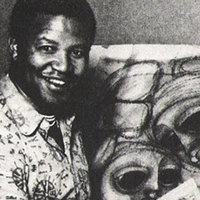 Ben Macala (born on April 21, 1938, in Bloemfontein, South Africa) was an important 20th-century South African artist. Working primarily in sculptures and drawing, his oeuvre focused on portraits of stylized, wide-eyed faces, with a particular focus on the motif of Madonna and child. Macala is remembered for his pioneering historical importance, as he went on to be one of the few black South African artists whose work was exhibited during the brutal oppression of Apartheid. Macala’s career as an artist began in 1965. Although he was self-taught he had trained under Cecil Skotnes at the Jubilee Art Centre in 1964, and in 1965 worked with, and received guidance from, Ephraim Ngatane. In 1966 he was studying under Bill Ainslie for a short period. Initially, Macala worked as a sculptor but later focused on mixed-media pictorial work. Most of his works are pastel/crayon studies of people with the aim to show the dignity and tranquillity of his subjects and the importance of the animal world. His most seen images are female heads and mother-and-child studies that have a serene Madonna-like element. These later became popularized and stylized and he began presenting these faces in group compositions. His latter works before his death tend to be more refined and also decorative, compared to many of his earlier works. He died in 1997 in Soweto, South Africa.
Ben Macala (born on April 21, 1938, in Bloemfontein, South Africa) was an important 20th-century South African artist. Working primarily in sculptures and drawing, his oeuvre focused on portraits of stylized, wide-eyed faces, with a particular focus on the motif of Madonna and child. Macala is remembered for his pioneering historical importance, as he went on to be one of the few black South African artists whose work was exhibited during the brutal oppression of Apartheid. Macala’s career as an artist began in 1965. Although he was self-taught he had trained under Cecil Skotnes at the Jubilee Art Centre in 1964, and in 1965 worked with, and received guidance from, Ephraim Ngatane. In 1966 he was studying under Bill Ainslie for a short period. Initially, Macala worked as a sculptor but later focused on mixed-media pictorial work. Most of his works are pastel/crayon studies of people with the aim to show the dignity and tranquillity of his subjects and the importance of the animal world. His most seen images are female heads and mother-and-child studies that have a serene Madonna-like element. These later became popularized and stylized and he began presenting these faces in group compositions. His latter works before his death tend to be more refined and also decorative, compared to many of his earlier works. He died in 1997 in Soweto, South Africa.
Online Resources: http://www.gemsofafricagallery.com/ben-macala.html, http://www.artnet.com/artists/ben-macala/
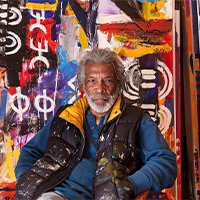 Ulysses Marshall (born 1946 in Vienna, Georgia) is an American Postwar & Contemporary painter. With a focus on sociology, he was educated at Albany State University in Albany, Georgia. He received his Bachelors and Masters of Fine Arts degree from the Maryland Institute College of Art in Baltimore, Maryland. He is the recipient of the Distinguished Whitney Independent Study Fellowship, New York. He has also received the Phillip Morris Fellowship and several Maryland State Art Council Individual Artist Awards. His paintings have been featured in numerous solo and group exhibitions including The Corcoran Gallery of Art; National Vietnam Veterans Museum; Woodmere Art Museum; John Heinz History Museum; Williams College; DeMenil Art Gallery; and the Reginald F. Lewis Museum. Trained as a painter, Ulysses Marshall works principally in collage, paper doll, and mixed media. His works are also included in both private and public collections, in addition to lecturing at Colleges and Universities; he has continued to conduct workshops for children. “My goal as an artist is to use these story tales as a tool for sharing the plight of the almost forgotten colored people. I wish to preserve the pride, dignity, courage, and survival of a people’s journey from slavery to slave. A people whose lives have been bent, but not broken.”
Ulysses Marshall (born 1946 in Vienna, Georgia) is an American Postwar & Contemporary painter. With a focus on sociology, he was educated at Albany State University in Albany, Georgia. He received his Bachelors and Masters of Fine Arts degree from the Maryland Institute College of Art in Baltimore, Maryland. He is the recipient of the Distinguished Whitney Independent Study Fellowship, New York. He has also received the Phillip Morris Fellowship and several Maryland State Art Council Individual Artist Awards. His paintings have been featured in numerous solo and group exhibitions including The Corcoran Gallery of Art; National Vietnam Veterans Museum; Woodmere Art Museum; John Heinz History Museum; Williams College; DeMenil Art Gallery; and the Reginald F. Lewis Museum. Trained as a painter, Ulysses Marshall works principally in collage, paper doll, and mixed media. His works are also included in both private and public collections, in addition to lecturing at Colleges and Universities; he has continued to conduct workshops for children. “My goal as an artist is to use these story tales as a tool for sharing the plight of the almost forgotten colored people. I wish to preserve the pride, dignity, courage, and survival of a people’s journey from slavery to slave. A people whose lives have been bent, but not broken.”
Online Resources: https://pffcollection.com/artists/ulysses-marshall/, https://shopbaiaonline.com/products/marshall-ulysses-take-me-to-the-water
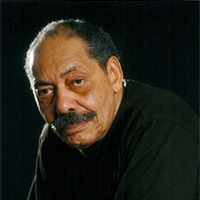 Richard Mayhew (born in 1924 and raised in Amityville, New York) is an Afro-Native American landscape painter and arts educator. His emotional and spiritual connection to the natural world is rooted in his dual ancestry, showcasing the bond to land in his artwork. Richard Mayhew’s landscape paintings aren’t solely focusing on the realism of the land rather evoking the spirit of the landscape through shimmers and haze of saturated color. As an educator, he has taught at the Brooklyn Museum, the Art Students League, Smith College, and Pennsylvania State University, where he retired as Professor Emeritus in 1991 after 14 years at school.
Richard Mayhew (born in 1924 and raised in Amityville, New York) is an Afro-Native American landscape painter and arts educator. His emotional and spiritual connection to the natural world is rooted in his dual ancestry, showcasing the bond to land in his artwork. Richard Mayhew’s landscape paintings aren’t solely focusing on the realism of the land rather evoking the spirit of the landscape through shimmers and haze of saturated color. As an educator, he has taught at the Brooklyn Museum, the Art Students League, Smith College, and Pennsylvania State University, where he retired as Professor Emeritus in 1991 after 14 years at school.
Mayhew moved to New York City in 1947 during the abstract expressionism movement. He took advantage of the painterly freedom of the abstract expressionist, helping to fuel the kinship with spirituality being within his work. In 1963 during the civil rights movement in NYC, Mayhew became a part of Spiral, a group formed by Romare Bearden, Charles Alston, Norman Lewis, Flerath Hines, and Hale Woodruff. They discuss the role of African American artists in the political and cultural landscape of America. In 1959 Richard Mayhew received the John Hay Whitney Fellowship which funded a year abroad at the Accademia di Belle Arti di Firenze. He received another grant from the Ford Foundation extending his stays in Europe where he dived deeper into his interest with French impressionist work. Richard Mayhew has been the recipient of several honors and awards including the Tiffany Foundation Award, Ingram Merrill Foundation Award, the Childe Hassam Purchase Award, a National Institutes of Arts and Letters grant, the National Academy of Design Merit Award and the Grumbacher Gold medal.
His work is represented in major collections including the Brooklyn Museum, the Whitney Museum of American Art, the Los Angeles County Museum, and the National Gallery of Art in Washington, D.C., among others. Richard Mayhew and his wife moved to Santa Cruz, California, where he continues to paint.
Online Resources: https://www.acagalleries.com/artist/Richard_Mayhew/biography/
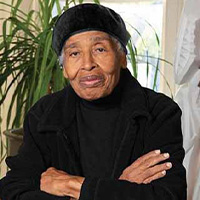 Valerie Maynard (born in Harlem NYC, 1937) is an African American sculptor, teacher, printmaker, and designer. Maynard’s artwork is centered on themes of social inequalities and the civil rights movement. Maynard’s themes of social equalities were amalgamated during the 1960s and 1970s trial of her brother; William Maynard who was wrongfully convicted. Those events were reflected in her sculpture “We Are Tied To The Very Beginning” where Maynard reflects on the Civil Rights Movement during the 1960s and 1970s. In her practice, she focused on the preservation and restoration of traditional art by people of color and was a part of the growth of the Black Arts Movement.
Valerie Maynard (born in Harlem NYC, 1937) is an African American sculptor, teacher, printmaker, and designer. Maynard’s artwork is centered on themes of social inequalities and the civil rights movement. Maynard’s themes of social equalities were amalgamated during the 1960s and 1970s trial of her brother; William Maynard who was wrongfully convicted. Those events were reflected in her sculpture “We Are Tied To The Very Beginning” where Maynard reflects on the Civil Rights Movement during the 1960s and 1970s. In her practice, she focused on the preservation and restoration of traditional art by people of color and was a part of the growth of the Black Arts Movement.
Her work has been exhibited in many cities in the United States and Sweden. She has received many awards including residencies in New Hampshire, Pennsylvania, and New York and a New York Foundation for the Arts grant in printmaking. She has been an artist in residence at both the Rochester and Massachusetts Institutes of Technology. She was an artist-in-residence at The Studio Museum in Harlem; she was a part of a group exhibition Labor, Love, Live Collection in Context, held November 14, 2007 – March 9, 2008.
In January 1977, she exhibited at FESTAC ’77 where she was part of a contingent of hundreds of African-American artists who represented the North American Zone, the Second World Black and African Festival of Arts and Culture in Lagos, Nigeria. Her public artwork, “Polyrhythmic of Consciousness and Light” is installed in a subway station on 125th Street in New York City. Karen Berisford Getty, wrote a thesis at Virginia Commonwealth University titled, “Searching for Transatlantic Freedom: The Art of Valerie Maynard”, the paper examines the history of Africans in the Americas and Maynard’s synthesis of African elements in her work.
In November 2015, she presented at the Art of Justice: breaking down an Ethos and Aesthetic of the Movement conference at New York University presented by the Caribbean Cultural Center African Diaspora Institute in collaboration with the Department of Art and Public Policy, New York University; Institute of African American Affairs, New York University and Institute for Research in African American Studies, Columbia University. She currently has a retrospective at the Baltimore Museum of Art titled Lost and Found, held March 1, 2020 — January 3, 2021.
Online Resources: http://www.wikiwand.com/en/Valerie_Maynard
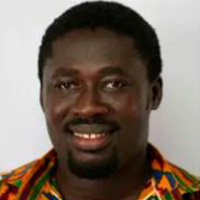 Bernard Mensah (Born on December 24, 1978) attended the College of Arts and Industry, where he acquired an in-depth knowledge of artistic designs that aided him in becoming a prominent and prolific painter. Painting has been with Bernard from infancy. When he was a child, he created images through his imagination. Asked how he creates his works, he responds that creativity is a form of religion that he believes in; “I create to portray how I see nature and to exhibit the artistic qualities in me. To say it all, I do not paint for money.”
Bernard Mensah (Born on December 24, 1978) attended the College of Arts and Industry, where he acquired an in-depth knowledge of artistic designs that aided him in becoming a prominent and prolific painter. Painting has been with Bernard from infancy. When he was a child, he created images through his imagination. Asked how he creates his works, he responds that creativity is a form of religion that he believes in; “I create to portray how I see nature and to exhibit the artistic qualities in me. To say it all, I do not paint for money.”
Mensah’s greatest inspiration is the innermost satisfaction he derives after a quiet time when he takes some time off to explore positive ways of enlightening his paintings. To the admiration of mankind, he translates illusion into reality in the form of painting. He uses canvas and acrylic paints in all the work that he does. Asked why Mensah replies “I like working with acrylic because it suits my type of painting; I like innovation in my works because it gives me different opinions every time and my sense of coloring also adds some genuineness to the paintings. I try to portray what is in me and being me is what I create.
Online Resource: https://www.novica.com/artistdetail/?faid=3427
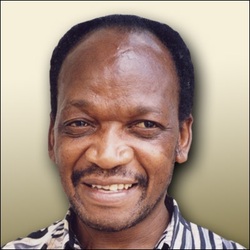 Godfrey Sipho Ndaba (born in 1947 in Soweto, Johannesburg) is a South African artist. Painting became an obsession as Godfrey made portraits of all his family and friends – the artistic flair expanding into sculpture as he formed images of cattle and people from clay dug out of the river. He attended a primary school in Soweto, but went to the Jubilee Art Centre twice a week after school hours, studying under artists such as Cecil Skotness and Sidney Khumalo. After completing a teacher’s course he went on to study at the Ndaleni Art School in Kwazulu-Natal. His first major success was for a sculpture entered in a competition at Fort Hare University – the winning exhibit is now kept in the University Museum. Regarded as one of the best Soweto and South African artists, Godfrey passes his skills and techniques on to those he teaches. He has a studio in Johannesburg, where he runs art classes for young Africans who are interested in learning about art. Godfrey encourages his students to approach art as observing life and the environment around them, capture what they see as they see it, and to use their art as an outlet for their emotions and frustrations. He teaches both sculpture and painting and discourages them from selling their work until they are competent and comfortable with what they produce. He helps them develop their style, retain their individuality through their work, and when he finds a committed student he will assist in finding the necessary funding for them to pursue their career, one of his past students is currently teaching art in Germany, has exhibited extensively throughout Europe and USA.
Godfrey Sipho Ndaba (born in 1947 in Soweto, Johannesburg) is a South African artist. Painting became an obsession as Godfrey made portraits of all his family and friends – the artistic flair expanding into sculpture as he formed images of cattle and people from clay dug out of the river. He attended a primary school in Soweto, but went to the Jubilee Art Centre twice a week after school hours, studying under artists such as Cecil Skotness and Sidney Khumalo. After completing a teacher’s course he went on to study at the Ndaleni Art School in Kwazulu-Natal. His first major success was for a sculpture entered in a competition at Fort Hare University – the winning exhibit is now kept in the University Museum. Regarded as one of the best Soweto and South African artists, Godfrey passes his skills and techniques on to those he teaches. He has a studio in Johannesburg, where he runs art classes for young Africans who are interested in learning about art. Godfrey encourages his students to approach art as observing life and the environment around them, capture what they see as they see it, and to use their art as an outlet for their emotions and frustrations. He teaches both sculpture and painting and discourages them from selling their work until they are competent and comfortable with what they produce. He helps them develop their style, retain their individuality through their work, and when he finds a committed student he will assist in finding the necessary funding for them to pursue their career, one of his past students is currently teaching art in Germany, has exhibited extensively throughout Europe and USA.
Although his success has flourished, Godfrey remains keen to show his work in the township where he grew up and began presenting garden art exhibitions, which proved a refreshing experience for those not used to the world of art. Godfrey Ndaba’s work has been shown in Germany, Israel, Greece, the United States, and South Africa. His first solo exhibition was in 1972, which was a sell-out. Today Godfrey Sipho Ndaba’s work features in many collections, including the private collection of Thabo Mbeki, the current president of South Africa.
Online Resource:http://www.gemsofafricagallery.com/godfrey-ndaba.html
 Charly Palmer (born in 1960 in Fayette, Alabama) is a successful graphic designer and illustrator with his design studio and Fortune 500 clientele. Palmer devotes much of his life to pursuing his fine art dreams and is establishing himself as a fine artist of note. Palmer has brought to his complex pictorial compositions a technique and style that are distinctive and readily identifiable. He has in the recent past created work under the assumed name “Carlos,” his alter ego. This allowed him, he says, the freedom to experiment, be spontaneous, and have fun with his art. The result is a body of work that is less controlled and more abstract and primal. Constantly evolving and growing as an artist, Palmer has over time fused the two artistic styles to the degree that he found the perfect stylistic voice with which to express himself in the powerful “Civil Rights” series.
Charly Palmer (born in 1960 in Fayette, Alabama) is a successful graphic designer and illustrator with his design studio and Fortune 500 clientele. Palmer devotes much of his life to pursuing his fine art dreams and is establishing himself as a fine artist of note. Palmer has brought to his complex pictorial compositions a technique and style that are distinctive and readily identifiable. He has in the recent past created work under the assumed name “Carlos,” his alter ego. This allowed him, he says, the freedom to experiment, be spontaneous, and have fun with his art. The result is a body of work that is less controlled and more abstract and primal. Constantly evolving and growing as an artist, Palmer has over time fused the two artistic styles to the degree that he found the perfect stylistic voice with which to express himself in the powerful “Civil Rights” series.
Charly Palmer studied art and design at the American Academy of Art, where he earned a Bachelor of Fine Arts degree and the School of the Art Institute, both in Chicago, and has taught design and illustration at the college level. His work is in private and public collections, which include Atlanta Life Insurance, McDonald’s Corporation, Miller Brewing Company, the Coca Cola Company, and Vanderbilt University. He has had several one-man shows in galleries in the United States. The artist has been the recipient of significant commissions including an official poster for the 1996 Olympics and the Atlanta Convention and Visitors Bureau. He currently lives and works in Atlanta, Georgia.
Online Resources: https://galeriemyrtis.net/charly-palmer/
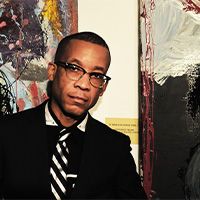 Greg Pitts is an interdisciplinary artist born and raised in Lima, Ohio. Pitts’s abstract paintings have been compared to that of abstract expressionist artist Jackson Pollock. He has previously exhibited at SunFest Juried Fine Art Show 2015, Thornebrook Art Festival – Gainesville FL 2014, ‘Mundus Diverssisimus” – Solo Exhibition -Findlay, OH 2011, and Miami Art Basel December 2010. In 2009 Mr. Pitts has gained national recognition by being a part of top stories on Google News for a featured article that was published on his work in EV Living Magazine, an internet magazine, providing news, information, and lifestyle features to the greater Phoenix Arizona, and East Valley area of the Southwest US. A quote that inspires his morals in his works is that a “Rich man gives because he can. A poor man gives because he cares.” He has and continues to exhibit this philosophy by donating his artwork to various charities. Several of the recipients of his benevolence have been: Florida AIDS walk, The Cystic Fibrosis Association, American Cancer Society, American Diabetes Association, Kids in Distress, JAFCO, Tourette Syndrome Association, Starlight Children’s Foundation, The Russell Life Skills, and Reading Foundation. He was featured at Gallery 101 in Ft. Lauderdale where his piece ‘BASELMANIA’ was featured on NBC6, covered by Jeff Burnside, for a charity called NVEEE (National Voices For Equality, Education & Enlightenment) for the prevention of bullying in schools. He is currently based in Weston, Florida, and continues to work on his practice as an actor, painter, and photographer.
Greg Pitts is an interdisciplinary artist born and raised in Lima, Ohio. Pitts’s abstract paintings have been compared to that of abstract expressionist artist Jackson Pollock. He has previously exhibited at SunFest Juried Fine Art Show 2015, Thornebrook Art Festival – Gainesville FL 2014, ‘Mundus Diverssisimus” – Solo Exhibition -Findlay, OH 2011, and Miami Art Basel December 2010. In 2009 Mr. Pitts has gained national recognition by being a part of top stories on Google News for a featured article that was published on his work in EV Living Magazine, an internet magazine, providing news, information, and lifestyle features to the greater Phoenix Arizona, and East Valley area of the Southwest US. A quote that inspires his morals in his works is that a “Rich man gives because he can. A poor man gives because he cares.” He has and continues to exhibit this philosophy by donating his artwork to various charities. Several of the recipients of his benevolence have been: Florida AIDS walk, The Cystic Fibrosis Association, American Cancer Society, American Diabetes Association, Kids in Distress, JAFCO, Tourette Syndrome Association, Starlight Children’s Foundation, The Russell Life Skills, and Reading Foundation. He was featured at Gallery 101 in Ft. Lauderdale where his piece ‘BASELMANIA’ was featured on NBC6, covered by Jeff Burnside, for a charity called NVEEE (National Voices For Equality, Education & Enlightenment) for the prevention of bullying in schools. He is currently based in Weston, Florida, and continues to work on his practice as an actor, painter, and photographer.
Online Resources: https://fineartamerica.com/profiles/greg-pitts
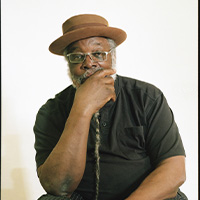 Michael B. Platt was an American artist (born 1948, died January 20, 2019) and art professor. Platt was predominantly known as a printmaker and photographer. He was born, worked, lived most of his life, and died in Washington, DC. Platt received his degrees in Fine Art from the Columbus School of Art & Design in Ohio (BFA 1970), and Howard University (MFA 1973) in Washington, DC. Although Platt worked for years as a printmaker and photographer, his latest exhibitions in the last few years tended to be multi-media in nature. He taught at the Alexandria Campus of Northern Virginia Community College for more than 30 years and subsequently at Howard University for more than 10 years, where “he introduced digital photography and non-toxic printmaking into the school’s Fine Art curriculum.” He is considered by many to be one of the most influential DC artists and art professors of the last few decades. During his life, he exhibited his artwork in solo and group shows in museums, art centers, and galleries in both the United States and other nations such as Australia, Viet Nam, Ukraine, Greece, Slovenia, the United Kingdom, Italy, and France.
Michael B. Platt was an American artist (born 1948, died January 20, 2019) and art professor. Platt was predominantly known as a printmaker and photographer. He was born, worked, lived most of his life, and died in Washington, DC. Platt received his degrees in Fine Art from the Columbus School of Art & Design in Ohio (BFA 1970), and Howard University (MFA 1973) in Washington, DC. Although Platt worked for years as a printmaker and photographer, his latest exhibitions in the last few years tended to be multi-media in nature. He taught at the Alexandria Campus of Northern Virginia Community College for more than 30 years and subsequently at Howard University for more than 10 years, where “he introduced digital photography and non-toxic printmaking into the school’s Fine Art curriculum.” He is considered by many to be one of the most influential DC artists and art professors of the last few decades. During his life, he exhibited his artwork in solo and group shows in museums, art centers, and galleries in both the United States and other nations such as Australia, Viet Nam, Ukraine, Greece, Slovenia, the United Kingdom, Italy, and France.
In 2003 Howard University’s James A. Porter Colloquium commissioned Platt to create the inaugural print for its 2004 conference. In 2004 he was part of the DC Print Portfolio Project, sponsored by the District of Columbia Commission on the Arts and Humanities. In 2006 Platt was commissioned to create work for the exhibition organized by the Reginald F. Lewis Museum of Maryland African-American History & Culture in Baltimore in collaboration with the Maryland Historical Society and the Maryland Institute College of Art for their multi-venue 2007 exhibit, “At Freedom’s Door: Challenging Slavery in Maryland.” In 2015, Platt and his wife, poet Carol A. Beane, exhibited Ritual +Time Travel = Rebirth: Images and Words by Michael B. Platt and Carol A. Beane at the Sonya Haynes Stone Center of the University of North Carolina, Charlotte, NC. Most recently, in 2019, “Influences and Connections”, also an exhibition with his wife at the American University Museum, was described as: “although not a retrospective, did become a sort of summation” of his career. A second reviewer noted that “Platt’s images are multifaceted, richly layered and textured, and require deep gazing to register all the elements present in just one piece.” Platt was the 1999 winner of the Washington, DC Mayor’s Art Award for Excellence in Artistic Discipline, and also the Dorothy Frost Award for Digital Printmaking, Hampton University Museum, in 2008. He was also a 2007 recipient of the prestigious Franz and Virginia Bader Fund Grant.
Online Resources: https://peoplepill.com/people/michael-b-platt/
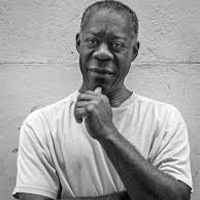 Eduardo Roca Salazar, most famously known as Choco, was born in 1949 in Santiago, on the 23rd of September. Growing up in a rural part of Santiago, Choco was fully immersed in the Afro-Cuban way of life. After the triumph of the Revolution in 1959, Choco was given an opportunity to study at the Escuela Nacional de Instructores de Arte, at the tender age of 12. Being unable to teach due to his young age, Choco then enrolled at the Escuela Nacional de Arte (la ENA), studying alongside Nelson Dominguez and other great artists from his generation. Tutored by Antonia Eiriz, Choco sites her as the biggest influence on his career along with Armando Posse, whom he continued to study under after frequenting the infamous graphics workshop, the Taller Experimental de Gráfica.
Eduardo Roca Salazar, most famously known as Choco, was born in 1949 in Santiago, on the 23rd of September. Growing up in a rural part of Santiago, Choco was fully immersed in the Afro-Cuban way of life. After the triumph of the Revolution in 1959, Choco was given an opportunity to study at the Escuela Nacional de Instructores de Arte, at the tender age of 12. Being unable to teach due to his young age, Choco then enrolled at the Escuela Nacional de Arte (la ENA), studying alongside Nelson Dominguez and other great artists from his generation. Tutored by Antonia Eiriz, Choco sites her as the biggest influence on his career along with Armando Posse, whom he continued to study under after frequenting the infamous graphics workshop, the Taller Experimental de Gráfica.
Also considered one of the greatest Cuban engravers of his generation, Choco explains this was due largely to a lack of artistic resources available in Cuba during the 80s. This was then coupled with an opportunity to travel to the US to learn more about the medium. The style became pronounced in his and lithographs work, as well as in his etched and deeply worked painted surfaces. This lack of resources forced the development of his work in calligraphy, a process which is described as being mainly pictorial. Choco explains he first felt as if he was simply painting, using wide brushstrokes, and placing all colors on printing plates as if that was the canvas itself. This for Choco was used as an alternative to painting when lacking materials. Through this technique, Choco achieves remarkable textures that bring forth chiaroscuro and a sensuous depth that tempts viewers to touch the works and gives the appearance of the images being in motion. This is furthered by Choco’s handling of figures in his work, posing them to be swaying, twisting, and reaching within the compositions. Choco’s style, although deeply figurative, has an added abstractionist ‘bubble’ as he calls it. Choco’s art holds, at its core, a deeply Afro-Cuban discourse, and symbolism, although the artist attempts to capture the racial diversity of the Cuban population. His figures combine different facial characteristics such as an African mouth with oriental eyes, and a variation of skin tones to portray the universal man, the Cuban man.
Choco has had individual and collective shows across the world including Angola, the US, Mexico, Spain, Tokyo, and London, amongst many others. His workshop el Taller del Sol (The workshop of the Sun) is located in the heart of the colonial part of Cuba, in Old Havana. The studio receives many collectors and art enthusiasts alike throughout the year, although Choco himself is often amiss, traveling the world with his vibrant works.
Online Resource: https://www.cubartours.com/artists/eduardo-roca-choco
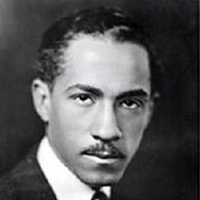 James Lesesne Wells (born in Atlanta, Georgia on November 2, 1902 – died on January 20, 1993) was a leading graphic artist and art teacher, whose work reflected the vitality of the Harlem Renaissance. His father was a Baptist minister and his mother a teacher. At an early age, he moved to Florida with his family. His first experience as an artist was through his mother, who encouraged him to help out with art instruction in her kindergarten classes. At the age of thirteen, he won first prize in painting and the second prize in woodworking at the Florida State Fair.
James Lesesne Wells (born in Atlanta, Georgia on November 2, 1902 – died on January 20, 1993) was a leading graphic artist and art teacher, whose work reflected the vitality of the Harlem Renaissance. His father was a Baptist minister and his mother a teacher. At an early age, he moved to Florida with his family. His first experience as an artist was through his mother, who encouraged him to help out with art instruction in her kindergarten classes. At the age of thirteen, he won first prize in painting and the second prize in woodworking at the Florida State Fair.
Wells studied at Lincoln University in Pennsylvania for a year before transferring to Columbia University in New York, where he majored in art. His exposure to an exhibition of African sculpture at the Brooklyn Museum of Art was an inspiration to him. He was also greatly influenced by the woodcuts of Albrecht Durer and the German Expressionists — Ernst Kirchner, Karl Schmidt-Rottluff, Otto Muller, and Emile Nolde. Unlike most of his contemporaries, he saw prints as a major art form.
After graduation, Wells created block prints to illustrate articles and publications such as Willis Richardson’s Plays and Pageants of Negro Life. His work was included in an exhibition of “International Modernists” in April 1929 at the New Art Circle Gallery owned by J.B. Neumann.
Later in 1929, he was invited to join the faculty at Howard University as a crafts teacher. He taught clay modeling, ceramics, sculpture, metal, and block printing. It took him two years to convince the school that he and linoleum cutting belonged in the College of Fine Arts.
In 1931, he won the Harmon Gold Medal for his expressionistic painting Flight Into Egypt. Neumann continued to exhibit Wells’s work along with those of the German expressionists and American Arthur Dove. Art dealers Curt Valentin and Andrew Weyhe also showed his work.
During the Depression, Wells served as the director of a summer art workshop in an old Harlem nightclub. His assistants included such famous artists as Charles Alston, Jacob Lawrence, Palmer Hayden, and Georgette Seabrooke.
Wells was an innovator in the field of printmaking. After World War II, he spent a sabbatical year working in Stanley Hayter’s Atelier 17, the most innovative center for etching and printmaking in the country. During the 1950s and 1960s, he continued to teach and won many art prizes. Wells joined his brother-in-law, Eugene Davidson, president of the local NAACP chapter, in protesting segregation in lunch counters, stores, and the nearly all-white police department and as a result, was often harassed. This persecution probably accounted for some of the religious themes in his work. Painter Jacob Kainen wrote of him: “Wells is more than an artist with a deep concern for his fellow man. He carries many of his themes a step further into an apocalyptic world, a world of revelation and shifting lights.” Wells retired from Howard University in 1968 but continued to paint and make prints into his eighties. Color linoleum prints became his specialty. In 1986, the Washington Project for the Arts assembled a major exhibition of his work, and in 1973, Fisk University mounted another one-man show. His work Flight into Egypt was exhibited in 1990 in the Harmon’s “Against the Odds” exhibition and still looked as modern as it had when it was created. Wells died on January 20, 1993, at the age of ninety. His legacy lives on in the works of his many students.
Online Resources: http://www.artnet.com/artists/james-lesesne-wells/biography
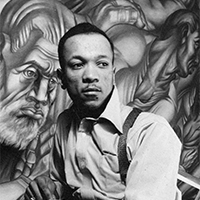 Charles White (1918-1979) was born on the south side of Chicago. Charles White was an American artist known for murals and prints which often portrayed African American subjects. In particular, he used printmaking as a way to communicate with a wider audience and produced political cartoons and reasonably priced works as a way to ensure his art remained accessible to the masses. White’s mural, The Contribution of the Negro to American Democracy (1943) at Hampton University is perhaps his best-known work, depicting famous African Americans across history. He saw art as a vehicle for social activism, once remarking: “Art must be an integral part of the struggle. It can’t simply mirror what’s taking place. It must adapt itself to human needs. It must ally itself with the forces of liberation. The fact is, artists have always been propagandists. I have no use for artists who try to divorce themselves from the struggle.”
Charles White (1918-1979) was born on the south side of Chicago. Charles White was an American artist known for murals and prints which often portrayed African American subjects. In particular, he used printmaking as a way to communicate with a wider audience and produced political cartoons and reasonably priced works as a way to ensure his art remained accessible to the masses. White’s mural, The Contribution of the Negro to American Democracy (1943) at Hampton University is perhaps his best-known work, depicting famous African Americans across history. He saw art as a vehicle for social activism, once remarking: “Art must be an integral part of the struggle. It can’t simply mirror what’s taking place. It must adapt itself to human needs. It must ally itself with the forces of liberation. The fact is, artists have always been propagandists. I have no use for artists who try to divorce themselves from the struggle.”
The artist executed several murals in various cities throughout the United States, many under the sponsorship of the WPA. His work shows the influence of the styles of the leading Mexican muralists, reflecting his study with David Alfaro Siqueiros and Diego Rivera at the Taller de Gráfica Popular in Mexico. In 1940 the Associated Negro Press commissioned a mural for the Chicago Public Library. He completed another at the Hampton Institute in Virginia in 1943 and, late in his career, at the Mary McLeod Bethune Library in Los Angeles. His works, as seen on this videodisc, frequently feature the strong, stylized forms of African-American figures set against flattened, faceted “walls.” The fragmented settings may contain private and public imagery, for example, urban structures that are small in scale, making the large figures all the more prominent, monumental, and expressive. White spent most of his career in Chicago and Los Angeles. White’s work is included in the permanent collections of the Los Angeles County Museum of Art, The Metropolitan Museum of Art, the Whitney Museum of American Art, The Newark Museum, and the Santa Barbara Museum of Art.
Online Resources: https://www.nga.gov/collection/artist-info.3394.html
 Exhibitions
Exhibitions
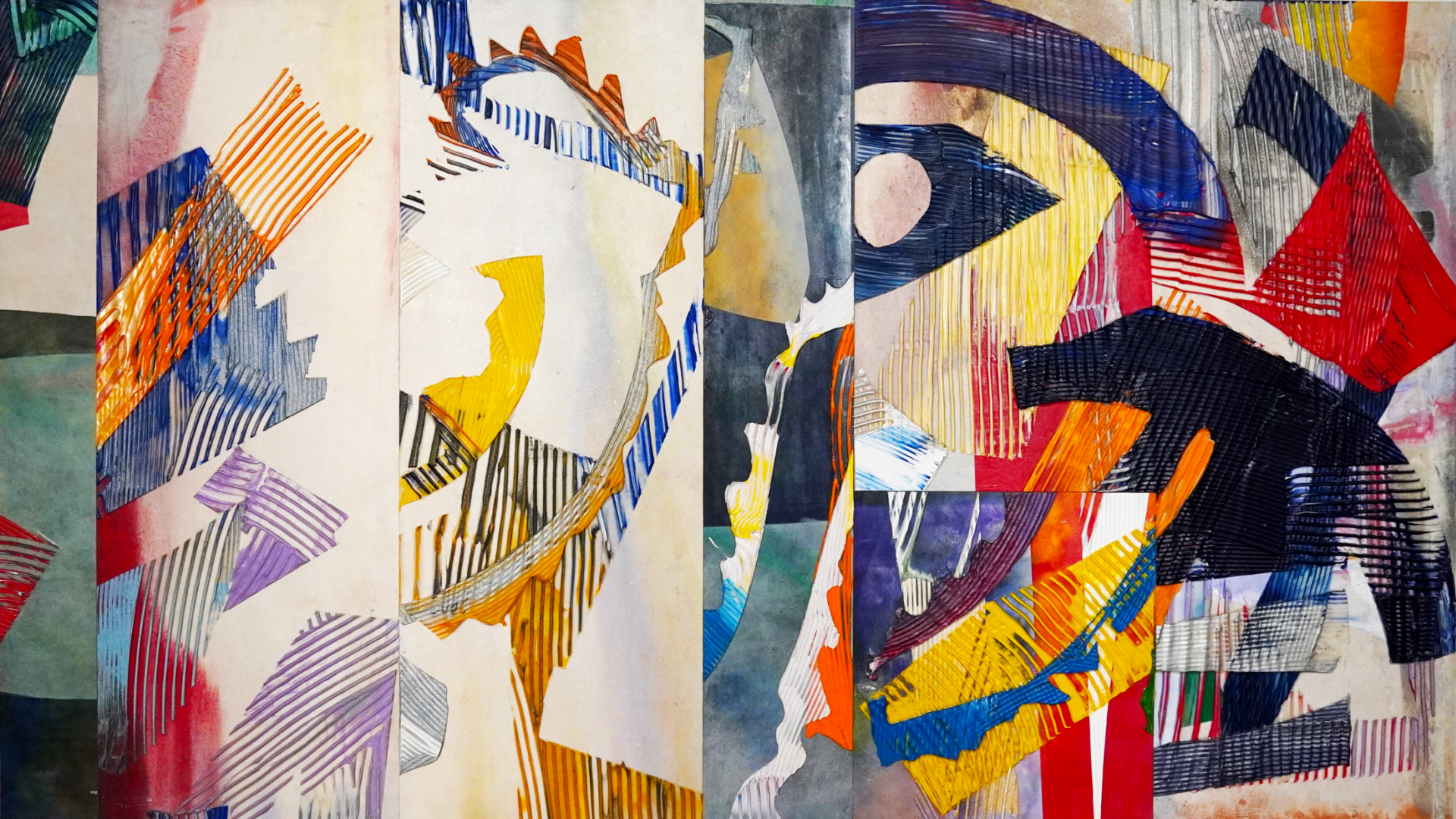
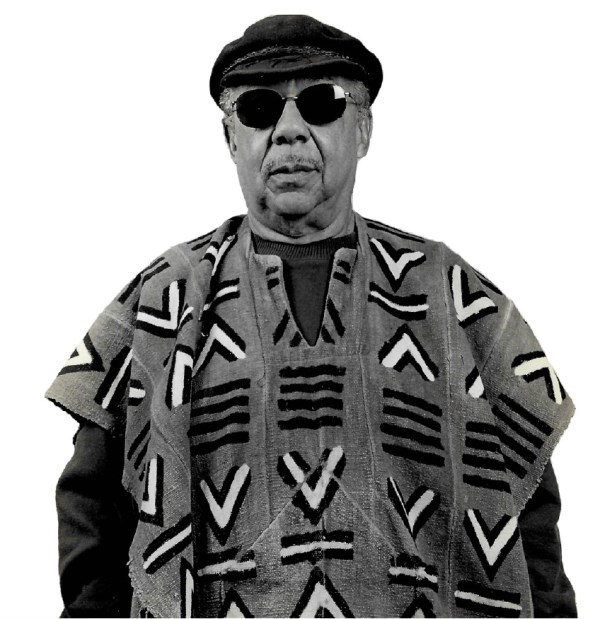
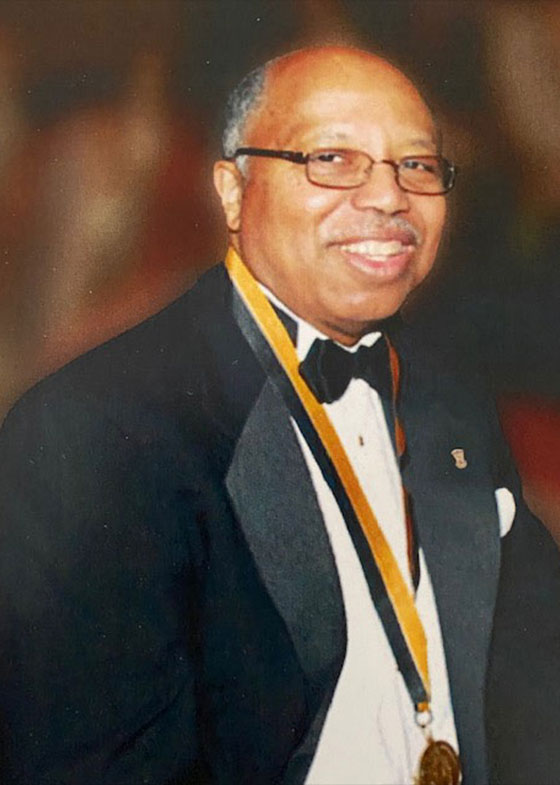

 Benny Andrews (American, born November 13, 1930 – died November 10, 2006) was a notable African American painter born to sharecroppers in Plainview, GA. He attended two years of Fort Valley State College, before enlisting in the US Air Force, where he served from 1950 to 1954. With his military earnings, Andrews was able to attend the Art Institute of Chicago. With no formal training, he began to develop his Figurative style by observing those around him. Expression was very important in his work and was emphasized in his sketches. He crafted his skills by focusing on the time he was living in and recording it in his art, often creating scrapbooks of the times. The artist earned his BA in 1958, and moved from Chicago to New York City, after much rejection of his work in showcases.
Benny Andrews (American, born November 13, 1930 – died November 10, 2006) was a notable African American painter born to sharecroppers in Plainview, GA. He attended two years of Fort Valley State College, before enlisting in the US Air Force, where he served from 1950 to 1954. With his military earnings, Andrews was able to attend the Art Institute of Chicago. With no formal training, he began to develop his Figurative style by observing those around him. Expression was very important in his work and was emphasized in his sketches. He crafted his skills by focusing on the time he was living in and recording it in his art, often creating scrapbooks of the times. The artist earned his BA in 1958, and moved from Chicago to New York City, after much rejection of his work in showcases. John Thomas Biggers (born in Gastonia, North Carolina in 1924), was an educator, painter, and muralist. His travels in Africa in the 1950s influenced the depiction of social and cultural themes in his work. The youngest of seven children, Biggers enrolled in Hampton Institute where he initially studied plumbing. However, he found that his true love was art and soon changed his major. Upon leaving the Navy, Biggers followed his mentor Lowenfeld to Pennsylvania State University where he developed his specialty working with murals. Biggers earned a master’s in art education in 1948 and a Ph.D. in 1954 from Pennsylvania State University. While still working on his dissertation, Biggers became an art instructor at the new Texas State College for Negroes (later Texas Southern University), becoming a founding member of its Art Department faculty. He continued to work at Texas Southern University until his retirement in 1983. In 1957 Biggers was invited to participate in the United Nations Education Scientific and Cultural Organization (UNESCO) tour. On that tour, he became one of the first African American artists to travel to newly independent Ghana. His experiences there shaped his subsequent work.
John Thomas Biggers (born in Gastonia, North Carolina in 1924), was an educator, painter, and muralist. His travels in Africa in the 1950s influenced the depiction of social and cultural themes in his work. The youngest of seven children, Biggers enrolled in Hampton Institute where he initially studied plumbing. However, he found that his true love was art and soon changed his major. Upon leaving the Navy, Biggers followed his mentor Lowenfeld to Pennsylvania State University where he developed his specialty working with murals. Biggers earned a master’s in art education in 1948 and a Ph.D. in 1954 from Pennsylvania State University. While still working on his dissertation, Biggers became an art instructor at the new Texas State College for Negroes (later Texas Southern University), becoming a founding member of its Art Department faculty. He continued to work at Texas Southern University until his retirement in 1983. In 1957 Biggers was invited to participate in the United Nations Education Scientific and Cultural Organization (UNESCO) tour. On that tour, he became one of the first African American artists to travel to newly independent Ghana. His experiences there shaped his subsequent work. Margaret Burroughs (born on November 1, 1917 – died on November 21, 2010) is an Artist, educator, and institution-builder in Saint Rose, Louisiana. Always passionate about learning, Margaret moved north to Chicago to earn her Elementary Teacher’s Certificate, which she received in 1937 from Chicago Normal College. She continued her education first at Chicago Teachers College, and later, at the Art Institute of Chicago, from which she earned her B.A. in Art Education in 1946 and her M.A. in 1948. Dr. Margaret Burroughs made the first of her many contributions to African American arts and culture when she founded–at age 22–the South Side Community Art Center, a community organization that serves as a gallery and workshop studio for artists and students. Mrs. Burroughs continued to serve on the Board of Directors for the Center, which remained active more than sixty years after its formation.
Margaret Burroughs (born on November 1, 1917 – died on November 21, 2010) is an Artist, educator, and institution-builder in Saint Rose, Louisiana. Always passionate about learning, Margaret moved north to Chicago to earn her Elementary Teacher’s Certificate, which she received in 1937 from Chicago Normal College. She continued her education first at Chicago Teachers College, and later, at the Art Institute of Chicago, from which she earned her B.A. in Art Education in 1946 and her M.A. in 1948. Dr. Margaret Burroughs made the first of her many contributions to African American arts and culture when she founded–at age 22–the South Side Community Art Center, a community organization that serves as a gallery and workshop studio for artists and students. Mrs. Burroughs continued to serve on the Board of Directors for the Center, which remained active more than sixty years after its formation. Elizabeth Catlett, (born April 15, 1915, Washington, D.C., U.S. – died April 2, 2012, Cuernavaca, Mexico), American-born Mexican sculptor and printmaker renowned for her intensely political art. Catlett, a granddaughter of slaves, was born into a middle-class Washington family; her father was a professor of mathematics at Tuskegee Institute. After being disallowed entrance into the Carnegie Institute of Technology because she was black, Catlett enrolled at Howard University (B.S., 1935), where she studied design, printmaking, and drawing and was influenced by the art theories of Alain Locke and James A. Porter. While working as a muralist for two months during the mid-1930s with the Federal Art Project of the Works Progress Administration, she became influenced by the social activism of Mexican muralist Diego Rivera.
Elizabeth Catlett, (born April 15, 1915, Washington, D.C., U.S. – died April 2, 2012, Cuernavaca, Mexico), American-born Mexican sculptor and printmaker renowned for her intensely political art. Catlett, a granddaughter of slaves, was born into a middle-class Washington family; her father was a professor of mathematics at Tuskegee Institute. After being disallowed entrance into the Carnegie Institute of Technology because she was black, Catlett enrolled at Howard University (B.S., 1935), where she studied design, printmaking, and drawing and was influenced by the art theories of Alain Locke and James A. Porter. While working as a muralist for two months during the mid-1930s with the Federal Art Project of the Works Progress Administration, she became influenced by the social activism of Mexican muralist Diego Rivera. David Driskell (1931-2020) was a highly regarded artist, scholar, and curator. Driskell is cited as one of the world’s leading authorities on the subject of African American Art. He was educated at Howard University and received the Master of Fine Arts degree in 1961 from The Catholic University of America in Washington DC. In his career, he was the recipient of ten honorary doctoral degrees and contributed significantly to scholarships in the history of art on the role of Black artists in America. He held the title of Distinguished University Professor of Art, Emeritus, at the University of Maryland, College Park.
David Driskell (1931-2020) was a highly regarded artist, scholar, and curator. Driskell is cited as one of the world’s leading authorities on the subject of African American Art. He was educated at Howard University and received the Master of Fine Arts degree in 1961 from The Catholic University of America in Washington DC. In his career, he was the recipient of ten honorary doctoral degrees and contributed significantly to scholarships in the history of art on the role of Black artists in America. He held the title of Distinguished University Professor of Art, Emeritus, at the University of Maryland, College Park.  Herbert Gentry (1919-2003) was born in Pittsburgh but raised in New York City, and grew up against the backdrop of the Harlem Renaissance, an experience that was formative to his artistic and personal development. He served abroad in the U.S. Army in World War II, where he frequently visited Paris, a city that captured his imagination. Gentry returned to Paris as a student in 1946, one of the first to do so after the war. In 1949 he received his diploma from Académie de la Grande Chaumière and opened Chez Honey, a club-Galerie in Montparnasse where jazz musicians played and artists exhibited. Over the years, this Paris circle of friends included noted American artists Beauford Delaney, Ed Clark, Romare Bearden, Bill Hutson, Kosta Alex, Shinkichi Tajiri, and Larry Potter, as well as important writers such as James Baldwin, Richard Wright, and Charles Himes.
Herbert Gentry (1919-2003) was born in Pittsburgh but raised in New York City, and grew up against the backdrop of the Harlem Renaissance, an experience that was formative to his artistic and personal development. He served abroad in the U.S. Army in World War II, where he frequently visited Paris, a city that captured his imagination. Gentry returned to Paris as a student in 1946, one of the first to do so after the war. In 1949 he received his diploma from Académie de la Grande Chaumière and opened Chez Honey, a club-Galerie in Montparnasse where jazz musicians played and artists exhibited. Over the years, this Paris circle of friends included noted American artists Beauford Delaney, Ed Clark, Romare Bearden, Bill Hutson, Kosta Alex, Shinkichi Tajiri, and Larry Potter, as well as important writers such as James Baldwin, Richard Wright, and Charles Himes. Sam Gilliam (born November 30, 1933, in Tupelo, Mississippi) is an American abstract painter. In 1962 he moved to Washington, D.C., and created abstract paintings inspired by the Washington Color School artists Morris Louis and Kenneth Noland. These artists, among others, broke the rules of abstract expressionism by pouring thinned paint directly onto the unprimed canvas instead of applying thick, vigorous brushstrokes. Gilliam pushed this method even further by folding and draping the canvas before it dried, creating unusual “tie-dye” effects. This innovative and improvisational technique was phenomenally successful and of widespread influence.
Sam Gilliam (born November 30, 1933, in Tupelo, Mississippi) is an American abstract painter. In 1962 he moved to Washington, D.C., and created abstract paintings inspired by the Washington Color School artists Morris Louis and Kenneth Noland. These artists, among others, broke the rules of abstract expressionism by pouring thinned paint directly onto the unprimed canvas instead of applying thick, vigorous brushstrokes. Gilliam pushed this method even further by folding and draping the canvas before it dried, creating unusual “tie-dye” effects. This innovative and improvisational technique was phenomenally successful and of widespread influence. Jacob Lawrence (Born on September 7, 1917, Atlantic City, New Jersey – Died June, 9th, 2000, Seattle Washington) is an African American painter who despite the Depression founded real buoyancy amongst the black artist’s community. In the late 1940s, Lawrence was the most celebrated African American painter in America. During his upbringing in Harlem, he was enrolled in a Utopia Children’s Center where he was artistically trained by painter Charles Alston. As Lawrence got older he enrolled in Commerce High School on West 65th Street and painted intermittently on his own. Lawrence never completed high school but taught himself African American history, spending hours in the library researching legendary black figures and events to use in his paintings.
Jacob Lawrence (Born on September 7, 1917, Atlantic City, New Jersey – Died June, 9th, 2000, Seattle Washington) is an African American painter who despite the Depression founded real buoyancy amongst the black artist’s community. In the late 1940s, Lawrence was the most celebrated African American painter in America. During his upbringing in Harlem, he was enrolled in a Utopia Children’s Center where he was artistically trained by painter Charles Alston. As Lawrence got older he enrolled in Commerce High School on West 65th Street and painted intermittently on his own. Lawrence never completed high school but taught himself African American history, spending hours in the library researching legendary black figures and events to use in his paintings. Ben Macala (born on April 21, 1938, in Bloemfontein, South Africa) was an important 20th-century South African artist. Working primarily in sculptures and drawing, his oeuvre focused on portraits of stylized, wide-eyed faces, with a particular focus on the motif of Madonna and child. Macala is remembered for his pioneering historical importance, as he went on to be one of the few black South African artists whose work was exhibited during the brutal oppression of Apartheid. Macala’s career as an artist began in 1965. Although he was self-taught he had trained under Cecil Skotnes at the Jubilee Art Centre in 1964, and in 1965 worked with, and received guidance from, Ephraim Ngatane. In 1966 he was studying under Bill Ainslie for a short period. Initially, Macala worked as a sculptor but later focused on mixed-media pictorial work. Most of his works are pastel/crayon studies of people with the aim to show the dignity and tranquillity of his subjects and the importance of the animal world. His most seen images are female heads and mother-and-child studies that have a serene Madonna-like element. These later became popularized and stylized and he began presenting these faces in group compositions. His latter works before his death tend to be more refined and also decorative, compared to many of his earlier works. He died in 1997 in Soweto, South Africa.
Ben Macala (born on April 21, 1938, in Bloemfontein, South Africa) was an important 20th-century South African artist. Working primarily in sculptures and drawing, his oeuvre focused on portraits of stylized, wide-eyed faces, with a particular focus on the motif of Madonna and child. Macala is remembered for his pioneering historical importance, as he went on to be one of the few black South African artists whose work was exhibited during the brutal oppression of Apartheid. Macala’s career as an artist began in 1965. Although he was self-taught he had trained under Cecil Skotnes at the Jubilee Art Centre in 1964, and in 1965 worked with, and received guidance from, Ephraim Ngatane. In 1966 he was studying under Bill Ainslie for a short period. Initially, Macala worked as a sculptor but later focused on mixed-media pictorial work. Most of his works are pastel/crayon studies of people with the aim to show the dignity and tranquillity of his subjects and the importance of the animal world. His most seen images are female heads and mother-and-child studies that have a serene Madonna-like element. These later became popularized and stylized and he began presenting these faces in group compositions. His latter works before his death tend to be more refined and also decorative, compared to many of his earlier works. He died in 1997 in Soweto, South Africa. Ulysses Marshall (born 1946 in Vienna, Georgia) is an American Postwar & Contemporary painter. With a focus on sociology, he was educated at Albany State University in Albany, Georgia. He received his Bachelors and Masters of Fine Arts degree from the Maryland Institute College of Art in Baltimore, Maryland. He is the recipient of the Distinguished Whitney Independent Study Fellowship, New York. He has also received the Phillip Morris Fellowship and several Maryland State Art Council Individual Artist Awards. His paintings have been featured in numerous solo and group exhibitions including The Corcoran Gallery of Art; National Vietnam Veterans Museum; Woodmere Art Museum; John Heinz History Museum; Williams College; DeMenil Art Gallery; and the Reginald F. Lewis Museum. Trained as a painter, Ulysses Marshall works principally in collage, paper doll, and mixed media. His works are also included in both private and public collections, in addition to lecturing at Colleges and Universities; he has continued to conduct workshops for children. “My goal as an artist is to use these story tales as a tool for sharing the plight of the almost forgotten colored people. I wish to preserve the pride, dignity, courage, and survival of a people’s journey from slavery to slave. A people whose lives have been bent, but not broken.”
Ulysses Marshall (born 1946 in Vienna, Georgia) is an American Postwar & Contemporary painter. With a focus on sociology, he was educated at Albany State University in Albany, Georgia. He received his Bachelors and Masters of Fine Arts degree from the Maryland Institute College of Art in Baltimore, Maryland. He is the recipient of the Distinguished Whitney Independent Study Fellowship, New York. He has also received the Phillip Morris Fellowship and several Maryland State Art Council Individual Artist Awards. His paintings have been featured in numerous solo and group exhibitions including The Corcoran Gallery of Art; National Vietnam Veterans Museum; Woodmere Art Museum; John Heinz History Museum; Williams College; DeMenil Art Gallery; and the Reginald F. Lewis Museum. Trained as a painter, Ulysses Marshall works principally in collage, paper doll, and mixed media. His works are also included in both private and public collections, in addition to lecturing at Colleges and Universities; he has continued to conduct workshops for children. “My goal as an artist is to use these story tales as a tool for sharing the plight of the almost forgotten colored people. I wish to preserve the pride, dignity, courage, and survival of a people’s journey from slavery to slave. A people whose lives have been bent, but not broken.” Richard Mayhew (born in 1924 and raised in Amityville, New York) is an Afro-Native American landscape painter and arts educator. His emotional and spiritual connection to the natural world is rooted in his dual ancestry, showcasing the bond to land in his artwork. Richard Mayhew’s landscape paintings aren’t solely focusing on the realism of the land rather evoking the spirit of the landscape through shimmers and haze of saturated color. As an educator, he has taught at the Brooklyn Museum, the Art Students League, Smith College, and Pennsylvania State University, where he retired as Professor Emeritus in 1991 after 14 years at school.
Richard Mayhew (born in 1924 and raised in Amityville, New York) is an Afro-Native American landscape painter and arts educator. His emotional and spiritual connection to the natural world is rooted in his dual ancestry, showcasing the bond to land in his artwork. Richard Mayhew’s landscape paintings aren’t solely focusing on the realism of the land rather evoking the spirit of the landscape through shimmers and haze of saturated color. As an educator, he has taught at the Brooklyn Museum, the Art Students League, Smith College, and Pennsylvania State University, where he retired as Professor Emeritus in 1991 after 14 years at school. Valerie Maynard (born in Harlem NYC, 1937) is an African American sculptor, teacher, printmaker, and designer. Maynard’s artwork is centered on themes of social inequalities and the civil rights movement. Maynard’s themes of social equalities were amalgamated during the 1960s and 1970s trial of her brother; William Maynard who was wrongfully convicted. Those events were reflected in her sculpture “We Are Tied To The Very Beginning” where Maynard reflects on the Civil Rights Movement during the 1960s and 1970s. In her practice, she focused on the preservation and restoration of traditional art by people of color and was a part of the growth of the Black Arts Movement.
Valerie Maynard (born in Harlem NYC, 1937) is an African American sculptor, teacher, printmaker, and designer. Maynard’s artwork is centered on themes of social inequalities and the civil rights movement. Maynard’s themes of social equalities were amalgamated during the 1960s and 1970s trial of her brother; William Maynard who was wrongfully convicted. Those events were reflected in her sculpture “We Are Tied To The Very Beginning” where Maynard reflects on the Civil Rights Movement during the 1960s and 1970s. In her practice, she focused on the preservation and restoration of traditional art by people of color and was a part of the growth of the Black Arts Movement. Bernard Mensah (Born on December 24, 1978) attended the College of Arts and Industry, where he acquired an in-depth knowledge of artistic designs that aided him in becoming a prominent and prolific painter. Painting has been with Bernard from infancy. When he was a child, he created images through his imagination. Asked how he creates his works, he responds that creativity is a form of religion that he believes in; “I create to portray how I see nature and to exhibit the artistic qualities in me. To say it all, I do not paint for money.”
Bernard Mensah (Born on December 24, 1978) attended the College of Arts and Industry, where he acquired an in-depth knowledge of artistic designs that aided him in becoming a prominent and prolific painter. Painting has been with Bernard from infancy. When he was a child, he created images through his imagination. Asked how he creates his works, he responds that creativity is a form of religion that he believes in; “I create to portray how I see nature and to exhibit the artistic qualities in me. To say it all, I do not paint for money.” Godfrey Sipho Ndaba (born in 1947 in Soweto, Johannesburg) is a South African artist. Painting became an obsession as Godfrey made portraits of all his family and friends – the artistic flair expanding into sculpture as he formed images of cattle and people from clay dug out of the river. He attended a primary school in Soweto, but went to the Jubilee Art Centre twice a week after school hours, studying under artists such as Cecil Skotness and Sidney Khumalo. After completing a teacher’s course he went on to study at the Ndaleni Art School in Kwazulu-Natal. His first major success was for a sculpture entered in a competition at Fort Hare University – the winning exhibit is now kept in the University Museum. Regarded as one of the best Soweto and South African artists, Godfrey passes his skills and techniques on to those he teaches. He has a studio in Johannesburg, where he runs art classes for young Africans who are interested in learning about art. Godfrey encourages his students to approach art as observing life and the environment around them, capture what they see as they see it, and to use their art as an outlet for their emotions and frustrations. He teaches both sculpture and painting and discourages them from selling their work until they are competent and comfortable with what they produce. He helps them develop their style, retain their individuality through their work, and when he finds a committed student he will assist in finding the necessary funding for them to pursue their career, one of his past students is currently teaching art in Germany, has exhibited extensively throughout Europe and USA.
Godfrey Sipho Ndaba (born in 1947 in Soweto, Johannesburg) is a South African artist. Painting became an obsession as Godfrey made portraits of all his family and friends – the artistic flair expanding into sculpture as he formed images of cattle and people from clay dug out of the river. He attended a primary school in Soweto, but went to the Jubilee Art Centre twice a week after school hours, studying under artists such as Cecil Skotness and Sidney Khumalo. After completing a teacher’s course he went on to study at the Ndaleni Art School in Kwazulu-Natal. His first major success was for a sculpture entered in a competition at Fort Hare University – the winning exhibit is now kept in the University Museum. Regarded as one of the best Soweto and South African artists, Godfrey passes his skills and techniques on to those he teaches. He has a studio in Johannesburg, where he runs art classes for young Africans who are interested in learning about art. Godfrey encourages his students to approach art as observing life and the environment around them, capture what they see as they see it, and to use their art as an outlet for their emotions and frustrations. He teaches both sculpture and painting and discourages them from selling their work until they are competent and comfortable with what they produce. He helps them develop their style, retain their individuality through their work, and when he finds a committed student he will assist in finding the necessary funding for them to pursue their career, one of his past students is currently teaching art in Germany, has exhibited extensively throughout Europe and USA. Charly Palmer (born in 1960 in Fayette, Alabama) is a successful graphic designer and illustrator with his design studio and Fortune 500 clientele. Palmer devotes much of his life to pursuing his fine art dreams and is establishing himself as a fine artist of note. Palmer has brought to his complex pictorial compositions a technique and style that are distinctive and readily identifiable. He has in the recent past created work under the assumed name “Carlos,” his alter ego. This allowed him, he says, the freedom to experiment, be spontaneous, and have fun with his art. The result is a body of work that is less controlled and more abstract and primal. Constantly evolving and growing as an artist, Palmer has over time fused the two artistic styles to the degree that he found the perfect stylistic voice with which to express himself in the powerful “Civil Rights” series.
Charly Palmer (born in 1960 in Fayette, Alabama) is a successful graphic designer and illustrator with his design studio and Fortune 500 clientele. Palmer devotes much of his life to pursuing his fine art dreams and is establishing himself as a fine artist of note. Palmer has brought to his complex pictorial compositions a technique and style that are distinctive and readily identifiable. He has in the recent past created work under the assumed name “Carlos,” his alter ego. This allowed him, he says, the freedom to experiment, be spontaneous, and have fun with his art. The result is a body of work that is less controlled and more abstract and primal. Constantly evolving and growing as an artist, Palmer has over time fused the two artistic styles to the degree that he found the perfect stylistic voice with which to express himself in the powerful “Civil Rights” series.  Greg Pitts is an interdisciplinary artist born and raised in Lima, Ohio. Pitts’s abstract paintings have been compared to that of abstract expressionist artist Jackson Pollock. He has previously exhibited at SunFest Juried Fine Art Show 2015, Thornebrook Art Festival – Gainesville FL 2014, ‘Mundus Diverssisimus” – Solo Exhibition -Findlay, OH 2011, and Miami Art Basel December 2010. In 2009 Mr. Pitts has gained national recognition by being a part of top stories on Google News for a featured article that was published on his work in EV Living Magazine, an internet magazine, providing news, information, and lifestyle features to the greater Phoenix Arizona, and East Valley area of the Southwest US. A quote that inspires his morals in his works is that a “Rich man gives because he can. A poor man gives because he cares.” He has and continues to exhibit this philosophy by donating his artwork to various charities. Several of the recipients of his benevolence have been: Florida AIDS walk, The Cystic Fibrosis Association, American Cancer Society, American Diabetes Association, Kids in Distress, JAFCO, Tourette Syndrome Association, Starlight Children’s Foundation, The Russell Life Skills, and Reading Foundation. He was featured at Gallery 101 in Ft. Lauderdale where his piece ‘BASELMANIA’ was featured on NBC6, covered by Jeff Burnside, for a charity called NVEEE (National Voices For Equality, Education & Enlightenment) for the prevention of bullying in schools. He is currently based in Weston, Florida, and continues to work on his practice as an actor, painter, and photographer.
Greg Pitts is an interdisciplinary artist born and raised in Lima, Ohio. Pitts’s abstract paintings have been compared to that of abstract expressionist artist Jackson Pollock. He has previously exhibited at SunFest Juried Fine Art Show 2015, Thornebrook Art Festival – Gainesville FL 2014, ‘Mundus Diverssisimus” – Solo Exhibition -Findlay, OH 2011, and Miami Art Basel December 2010. In 2009 Mr. Pitts has gained national recognition by being a part of top stories on Google News for a featured article that was published on his work in EV Living Magazine, an internet magazine, providing news, information, and lifestyle features to the greater Phoenix Arizona, and East Valley area of the Southwest US. A quote that inspires his morals in his works is that a “Rich man gives because he can. A poor man gives because he cares.” He has and continues to exhibit this philosophy by donating his artwork to various charities. Several of the recipients of his benevolence have been: Florida AIDS walk, The Cystic Fibrosis Association, American Cancer Society, American Diabetes Association, Kids in Distress, JAFCO, Tourette Syndrome Association, Starlight Children’s Foundation, The Russell Life Skills, and Reading Foundation. He was featured at Gallery 101 in Ft. Lauderdale where his piece ‘BASELMANIA’ was featured on NBC6, covered by Jeff Burnside, for a charity called NVEEE (National Voices For Equality, Education & Enlightenment) for the prevention of bullying in schools. He is currently based in Weston, Florida, and continues to work on his practice as an actor, painter, and photographer.  Michael B. Platt was an American artist (born 1948, died January 20, 2019) and art professor. Platt was predominantly known as a printmaker and photographer. He was born, worked, lived most of his life, and died in Washington, DC. Platt received his degrees in Fine Art from the Columbus School of Art & Design in Ohio (BFA 1970), and Howard University (MFA 1973) in Washington, DC. Although Platt worked for years as a printmaker and photographer, his latest exhibitions in the last few years tended to be multi-media in nature. He taught at the Alexandria Campus of Northern Virginia Community College for more than 30 years and subsequently at Howard University for more than 10 years, where “he introduced digital photography and non-toxic printmaking into the school’s Fine Art curriculum.” He is considered by many to be one of the most influential DC artists and art professors of the last few decades. During his life, he exhibited his artwork in solo and group shows in museums, art centers, and galleries in both the United States and other nations such as Australia, Viet Nam, Ukraine, Greece, Slovenia, the United Kingdom, Italy, and France.
Michael B. Platt was an American artist (born 1948, died January 20, 2019) and art professor. Platt was predominantly known as a printmaker and photographer. He was born, worked, lived most of his life, and died in Washington, DC. Platt received his degrees in Fine Art from the Columbus School of Art & Design in Ohio (BFA 1970), and Howard University (MFA 1973) in Washington, DC. Although Platt worked for years as a printmaker and photographer, his latest exhibitions in the last few years tended to be multi-media in nature. He taught at the Alexandria Campus of Northern Virginia Community College for more than 30 years and subsequently at Howard University for more than 10 years, where “he introduced digital photography and non-toxic printmaking into the school’s Fine Art curriculum.” He is considered by many to be one of the most influential DC artists and art professors of the last few decades. During his life, he exhibited his artwork in solo and group shows in museums, art centers, and galleries in both the United States and other nations such as Australia, Viet Nam, Ukraine, Greece, Slovenia, the United Kingdom, Italy, and France. Eduardo Roca Salazar, most famously known as Choco, was born in 1949 in Santiago, on the 23rd of September. Growing up in a rural part of Santiago, Choco was fully immersed in the Afro-Cuban way of life. After the triumph of the Revolution in 1959, Choco was given an opportunity to study at the Escuela Nacional de Instructores de Arte, at the tender age of 12. Being unable to teach due to his young age, Choco then enrolled at the Escuela Nacional de Arte (la ENA), studying alongside Nelson Dominguez and other great artists from his generation. Tutored by Antonia Eiriz, Choco sites her as the biggest influence on his career along with Armando Posse, whom he continued to study under after frequenting the infamous graphics workshop, the Taller Experimental de Gráfica.
Eduardo Roca Salazar, most famously known as Choco, was born in 1949 in Santiago, on the 23rd of September. Growing up in a rural part of Santiago, Choco was fully immersed in the Afro-Cuban way of life. After the triumph of the Revolution in 1959, Choco was given an opportunity to study at the Escuela Nacional de Instructores de Arte, at the tender age of 12. Being unable to teach due to his young age, Choco then enrolled at the Escuela Nacional de Arte (la ENA), studying alongside Nelson Dominguez and other great artists from his generation. Tutored by Antonia Eiriz, Choco sites her as the biggest influence on his career along with Armando Posse, whom he continued to study under after frequenting the infamous graphics workshop, the Taller Experimental de Gráfica. James Lesesne Wells (born in Atlanta, Georgia on November 2, 1902 – died on January 20, 1993) was a leading graphic artist and art teacher, whose work reflected the vitality of the Harlem Renaissance. His father was a Baptist minister and his mother a teacher. At an early age, he moved to Florida with his family. His first experience as an artist was through his mother, who encouraged him to help out with art instruction in her kindergarten classes. At the age of thirteen, he won first prize in painting and the second prize in woodworking at the Florida State Fair.
James Lesesne Wells (born in Atlanta, Georgia on November 2, 1902 – died on January 20, 1993) was a leading graphic artist and art teacher, whose work reflected the vitality of the Harlem Renaissance. His father was a Baptist minister and his mother a teacher. At an early age, he moved to Florida with his family. His first experience as an artist was through his mother, who encouraged him to help out with art instruction in her kindergarten classes. At the age of thirteen, he won first prize in painting and the second prize in woodworking at the Florida State Fair. Charles White (1918-1979) was born on the south side of Chicago. Charles White was an American artist known for murals and prints which often portrayed African American subjects. In particular, he used printmaking as a way to communicate with a wider audience and produced political cartoons and reasonably priced works as a way to ensure his art remained accessible to the masses. White’s mural, The Contribution of the Negro to American Democracy (1943) at Hampton University is perhaps his best-known work, depicting famous African Americans across history. He saw art as a vehicle for social activism, once remarking: “Art must be an integral part of the struggle. It can’t simply mirror what’s taking place. It must adapt itself to human needs. It must ally itself with the forces of liberation. The fact is, artists have always been propagandists. I have no use for artists who try to divorce themselves from the struggle.”
Charles White (1918-1979) was born on the south side of Chicago. Charles White was an American artist known for murals and prints which often portrayed African American subjects. In particular, he used printmaking as a way to communicate with a wider audience and produced political cartoons and reasonably priced works as a way to ensure his art remained accessible to the masses. White’s mural, The Contribution of the Negro to American Democracy (1943) at Hampton University is perhaps his best-known work, depicting famous African Americans across history. He saw art as a vehicle for social activism, once remarking: “Art must be an integral part of the struggle. It can’t simply mirror what’s taking place. It must adapt itself to human needs. It must ally itself with the forces of liberation. The fact is, artists have always been propagandists. I have no use for artists who try to divorce themselves from the struggle.” 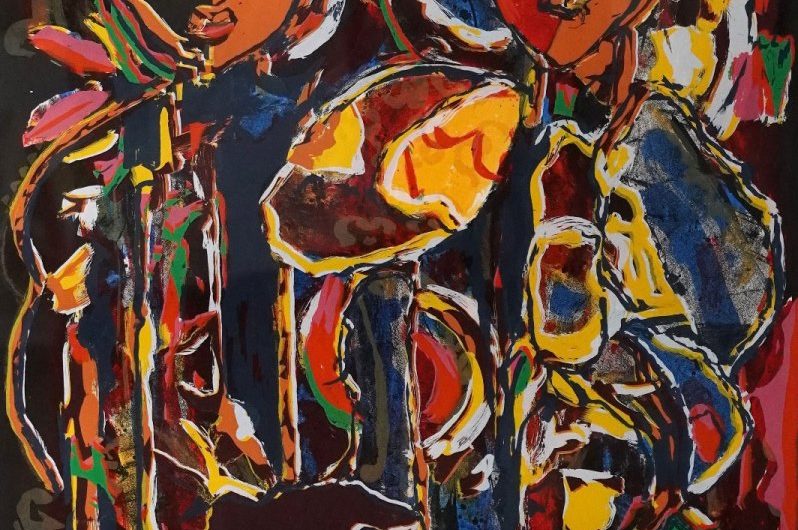
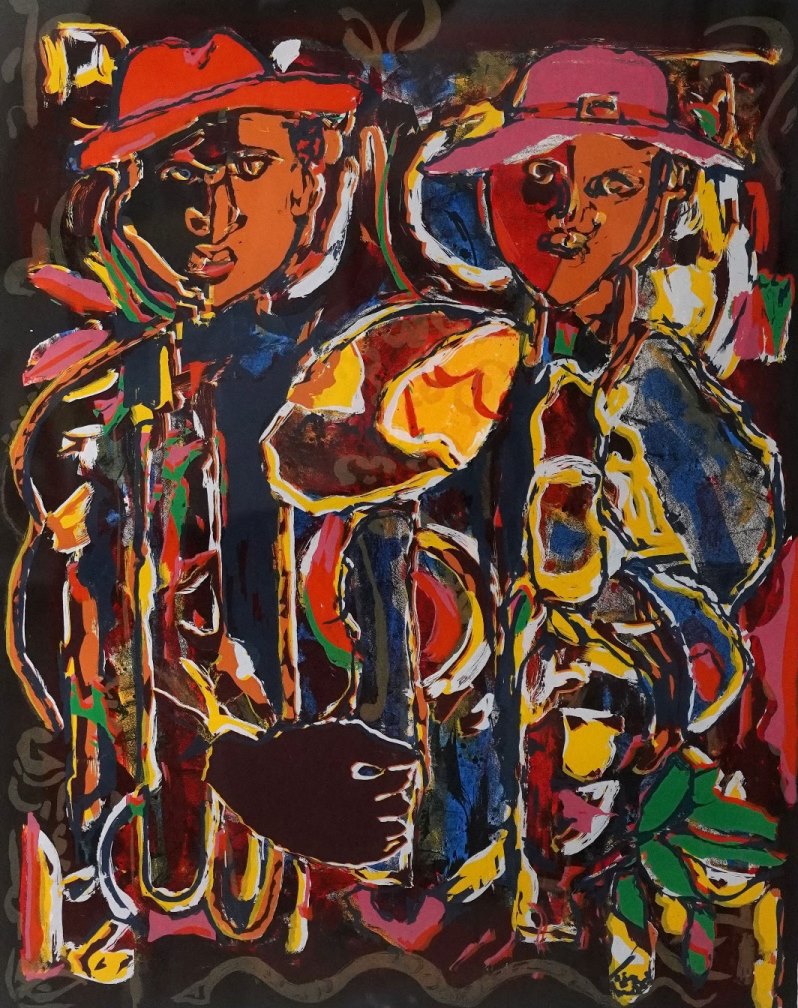 Art of the Collectors VIII
Art of the Collectors VIII